
Master creative advertising from ideation to execution, including strategy, copywriting, and campaign planning for impactful results
Embark on a journey through the art of creative advertising mastery. Designed for aspiring creatives, copywriters, and strategists, this specialization covers every aspect of the advertising process—from sparking groundbreaking ideas to executing compelling campaigns. Dive into creative thinking with practical tools to unlock innovation, then develop strategic concepts for advertising that captivate audiences. Learn to craft persuasive copywriting and establish a brand's unique voice to communicate with authenticity and impact.
Join experts like Nick Eagleton, Keenon Daniels, Jayshree Viswanathan, Paul Anglin, Laura Visco, and Andre Matarazzo as they guide you through the intricacies of creative strategy and agile execution. Utilize sprint methodologies to plan fast, effective campaigns, transforming briefs into resonating messages. By the end, you'll be equipped to lead innovative advertising projects, ensuring your campaigns not only engage but also inspire.
What will you learn in this specialization?
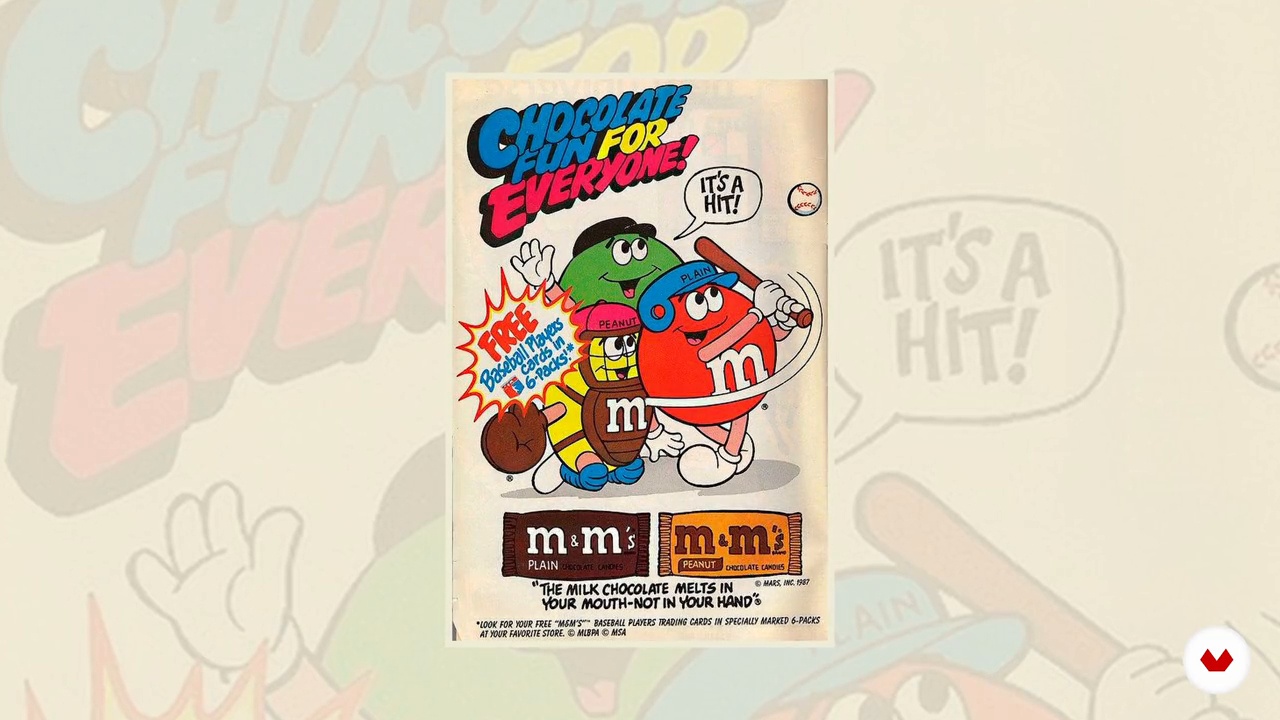

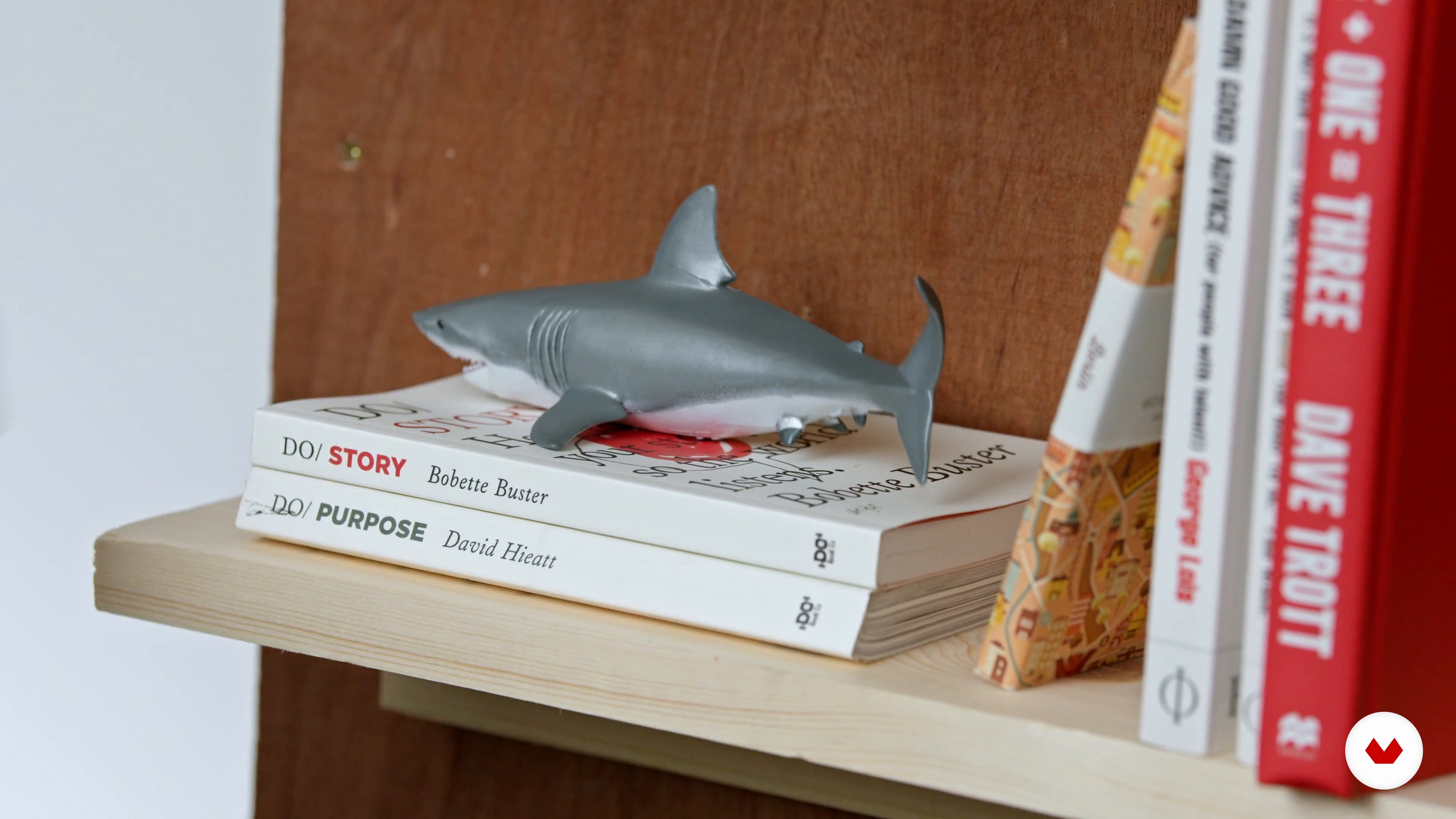
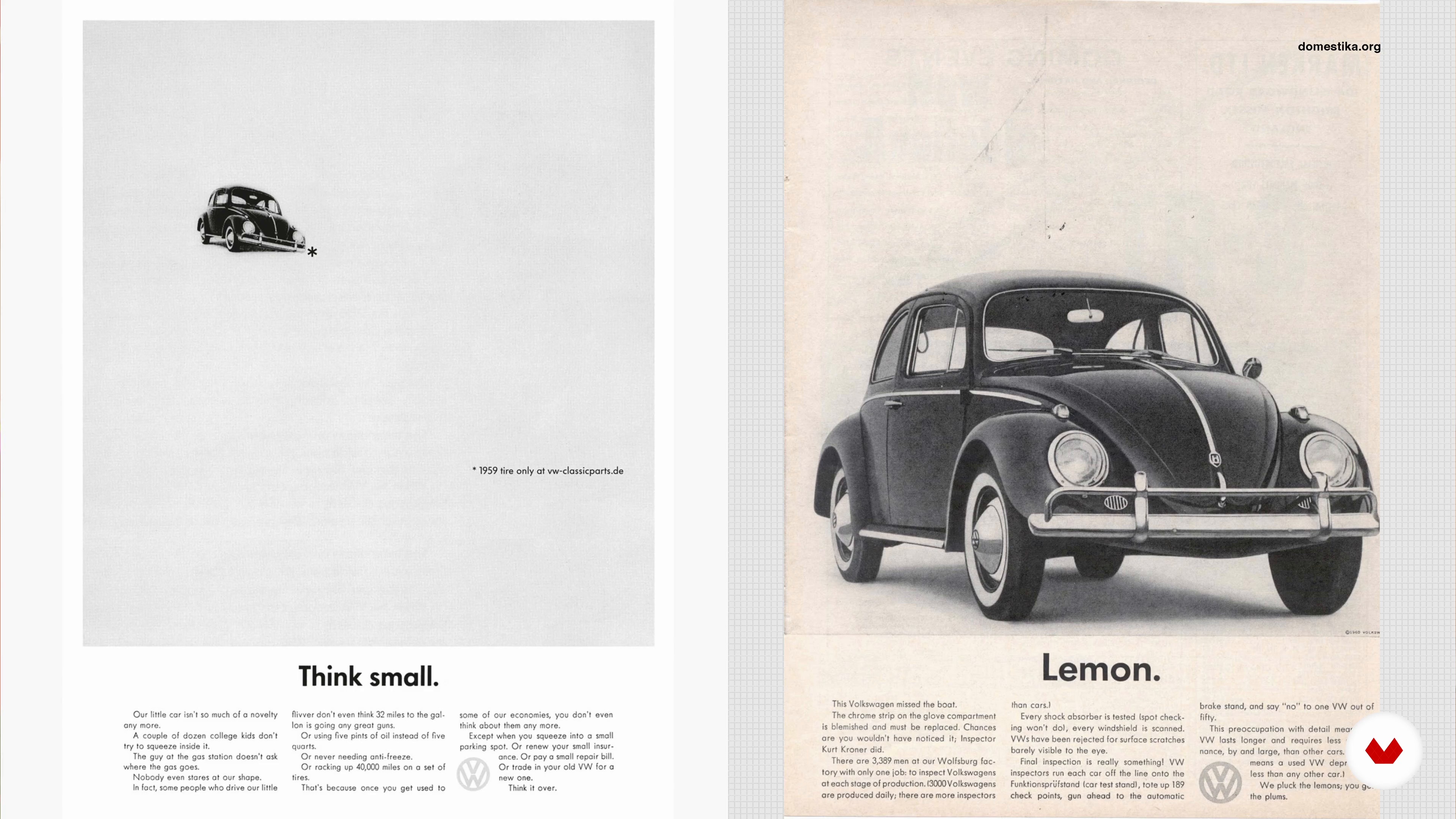
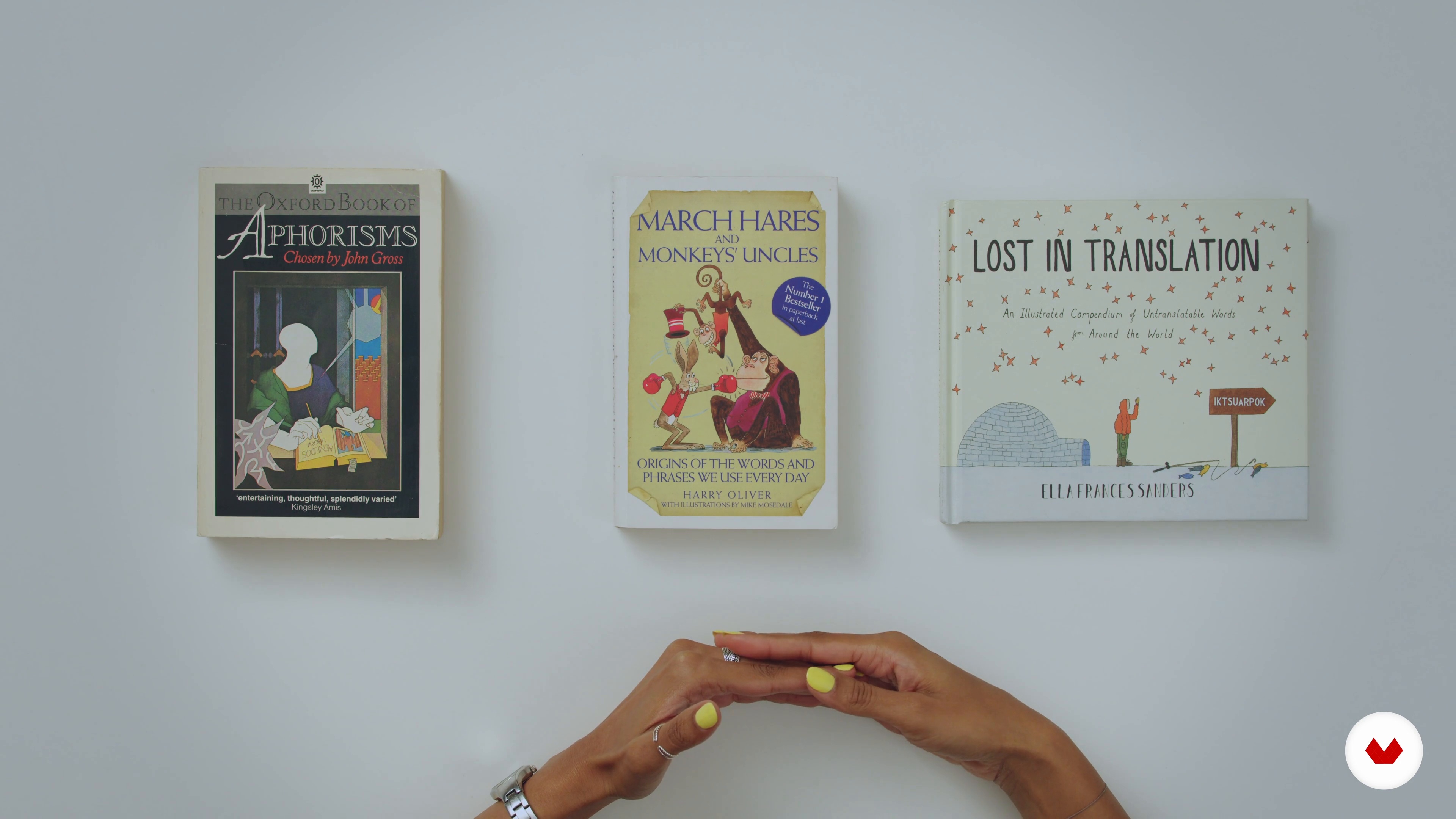
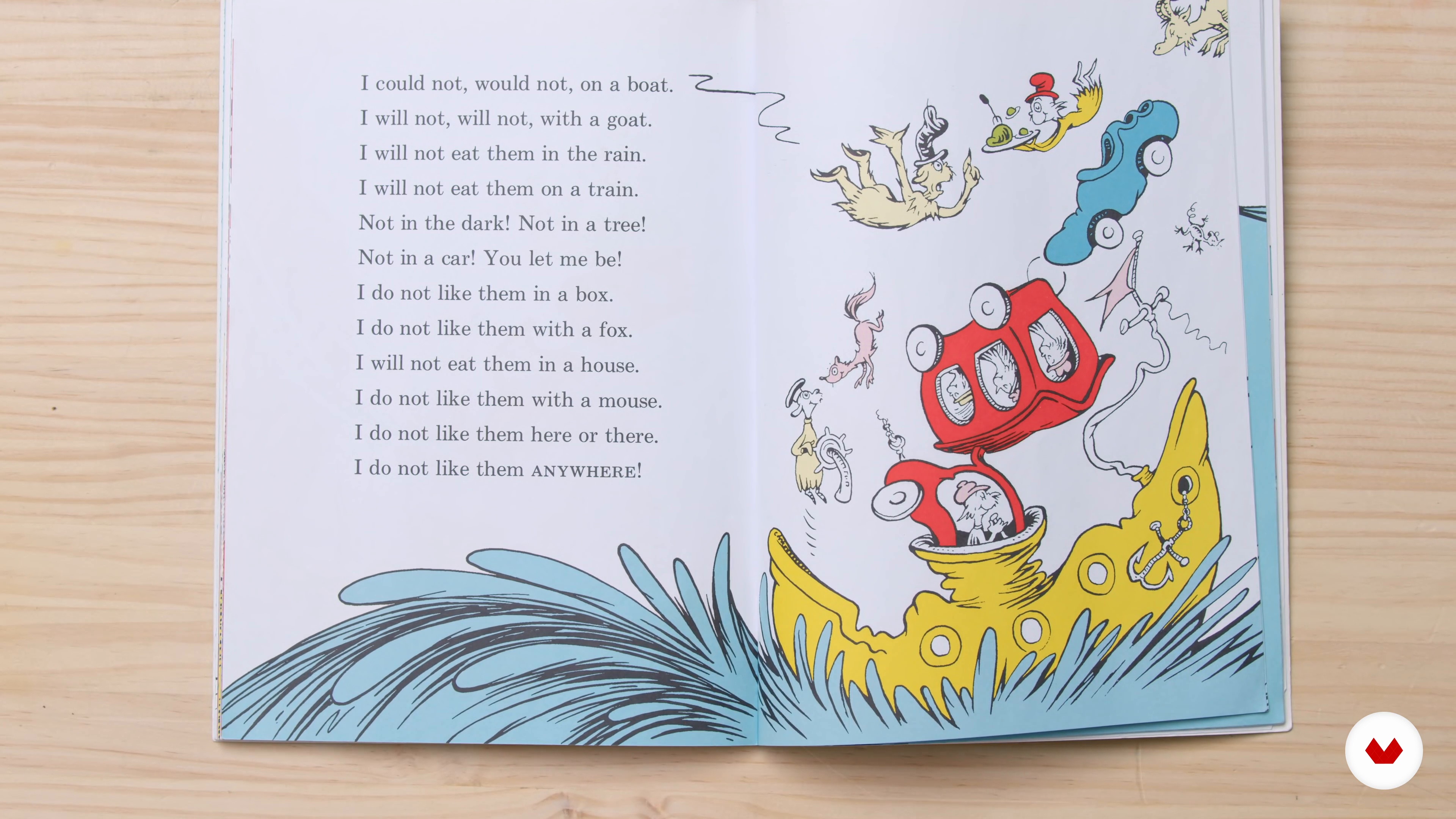
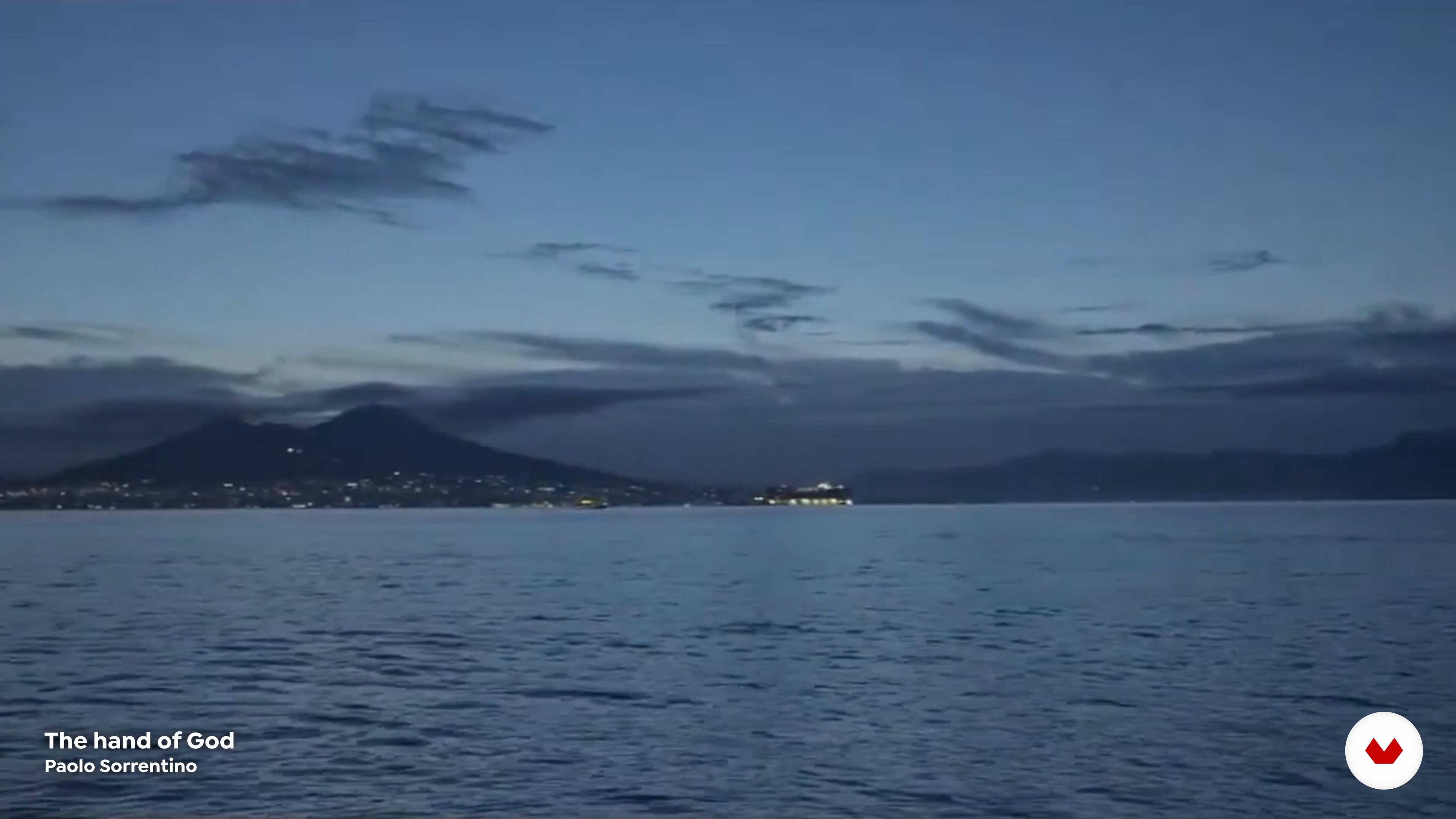
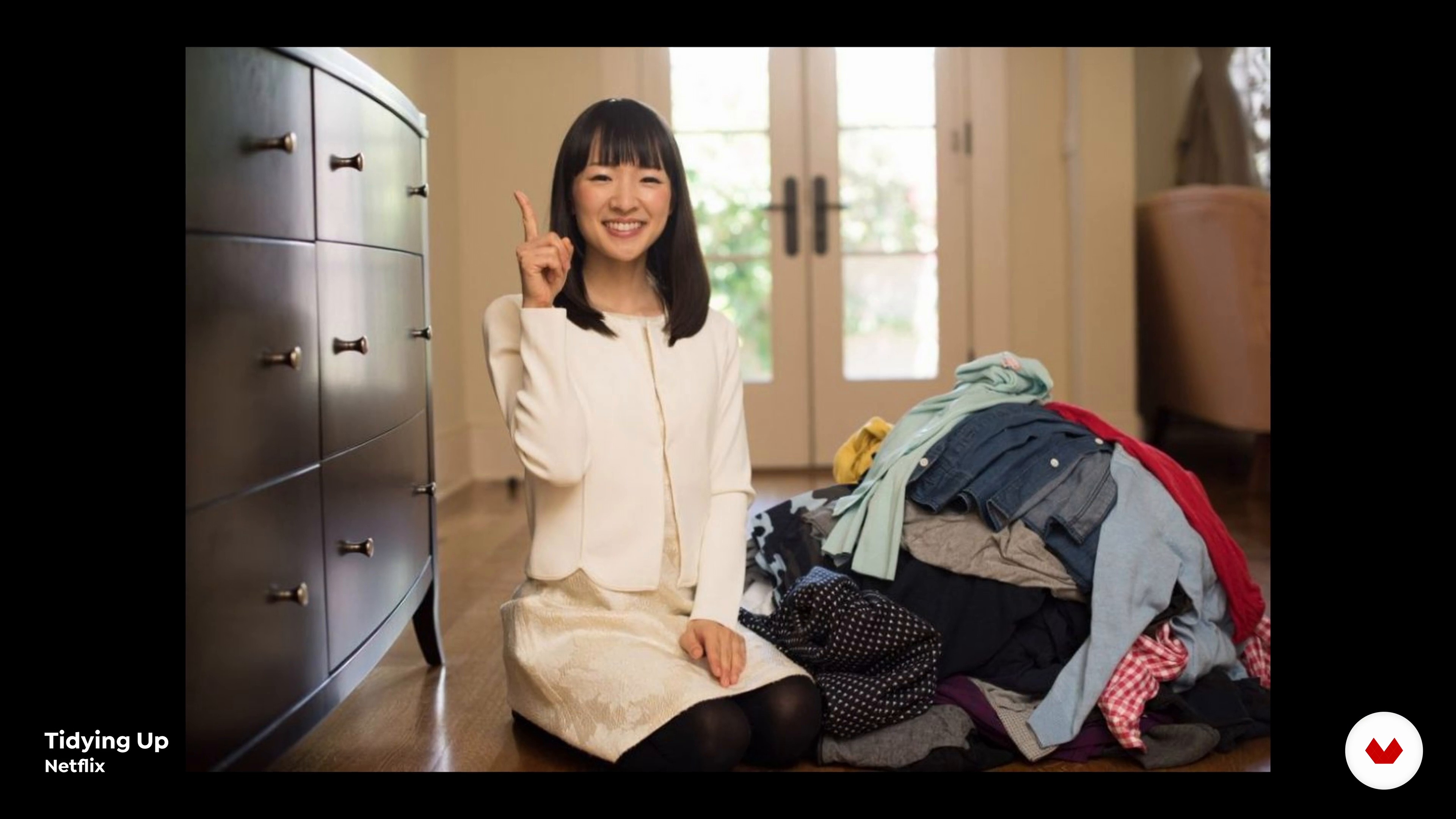
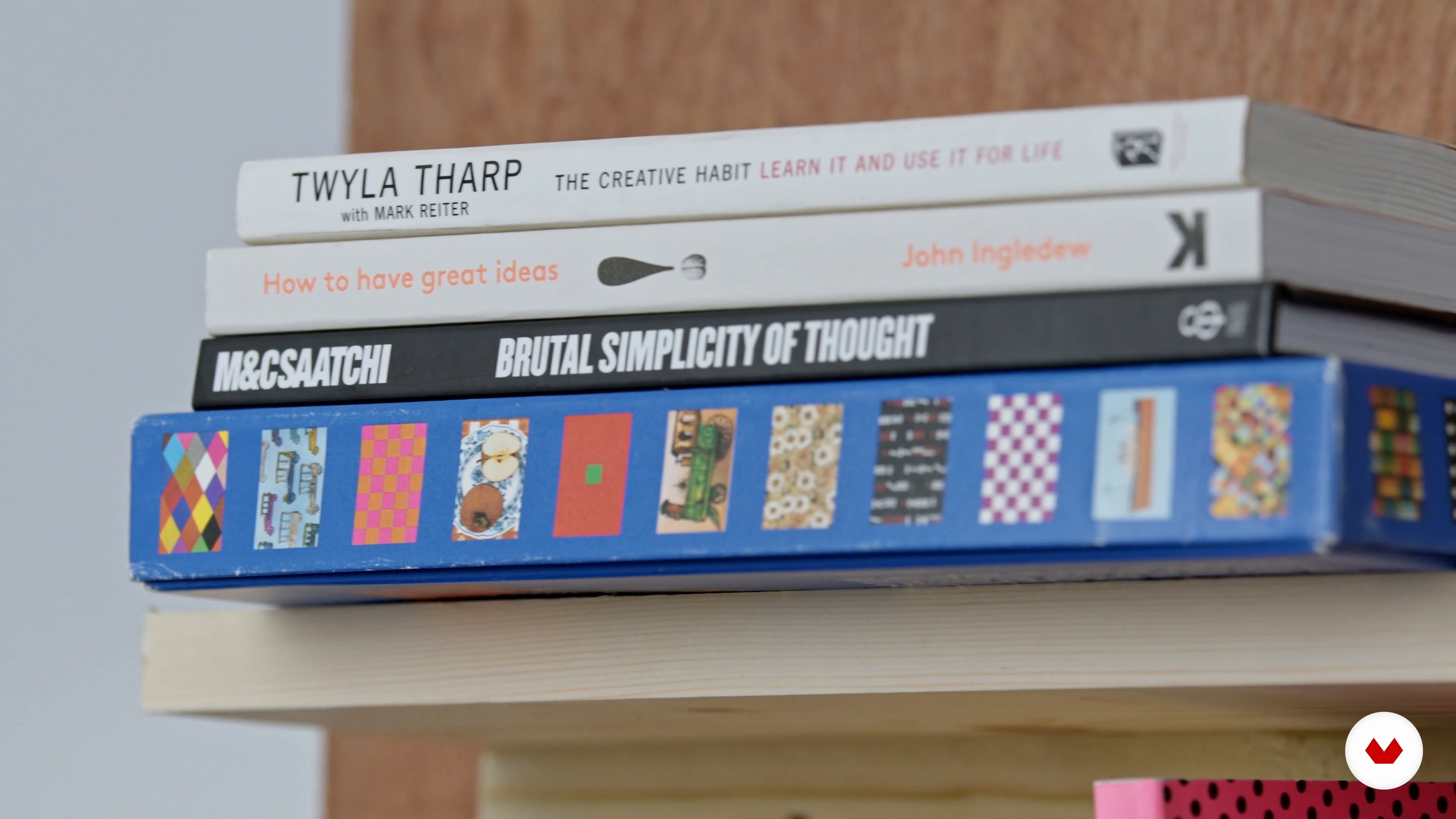

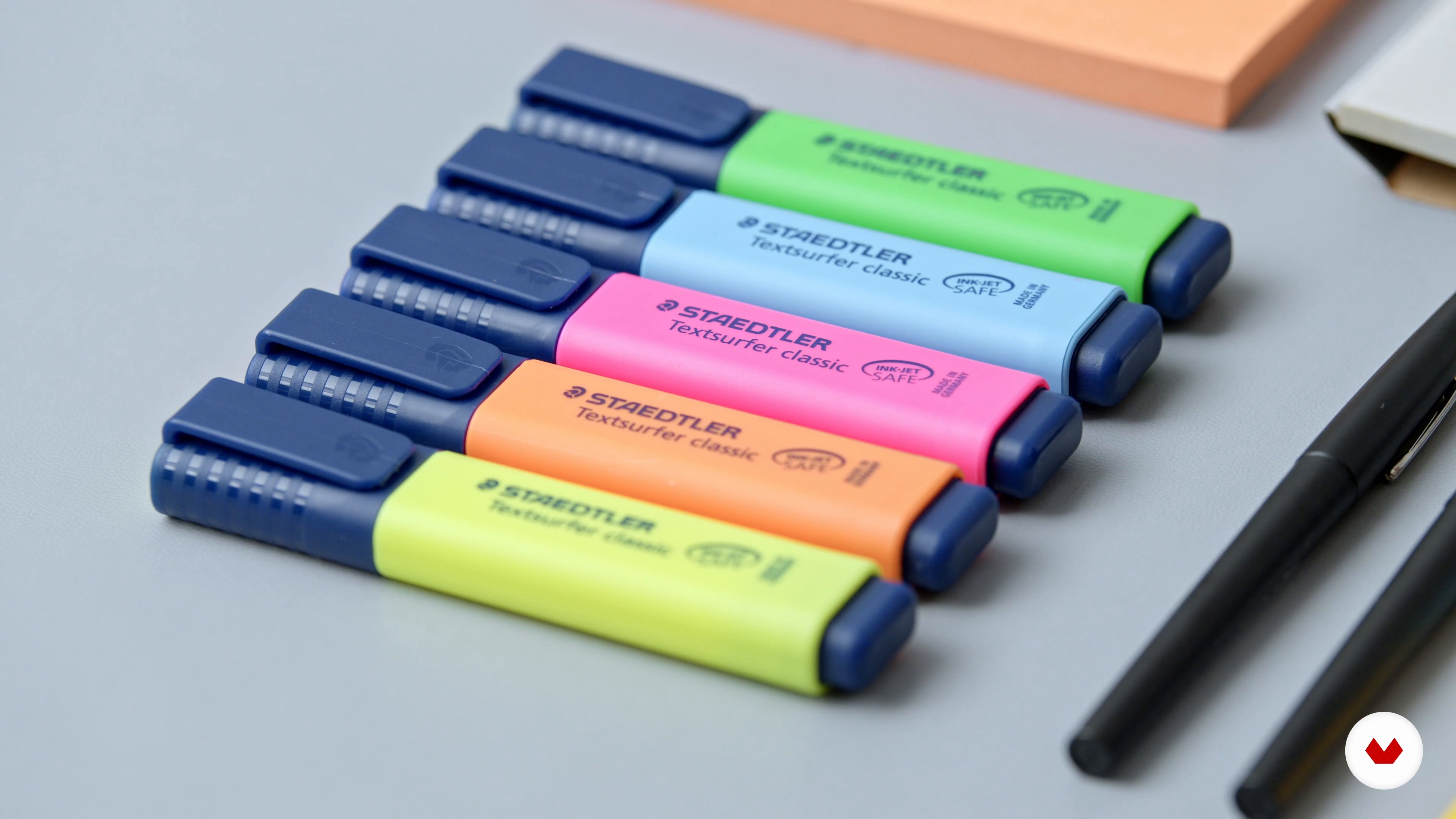
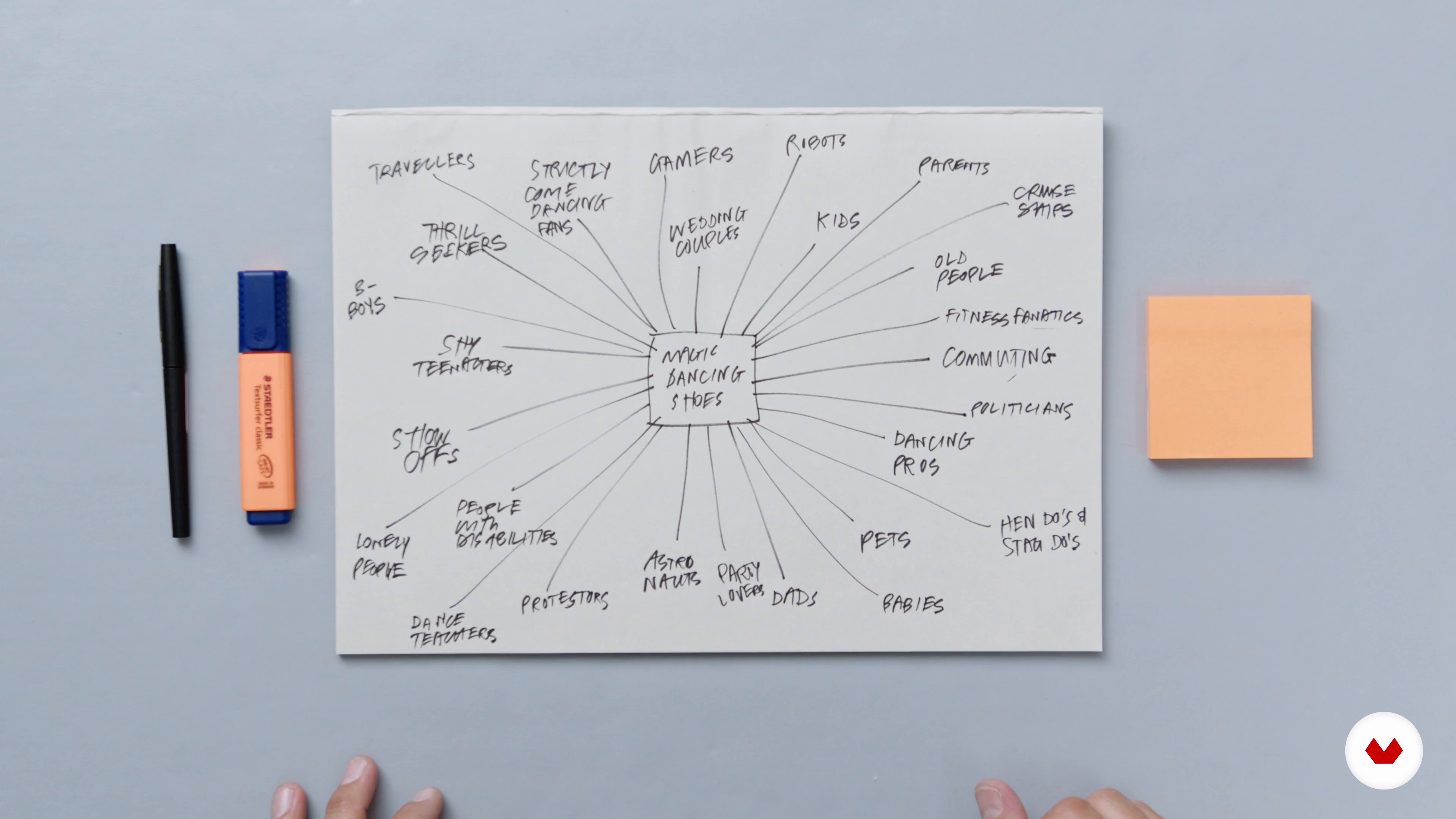
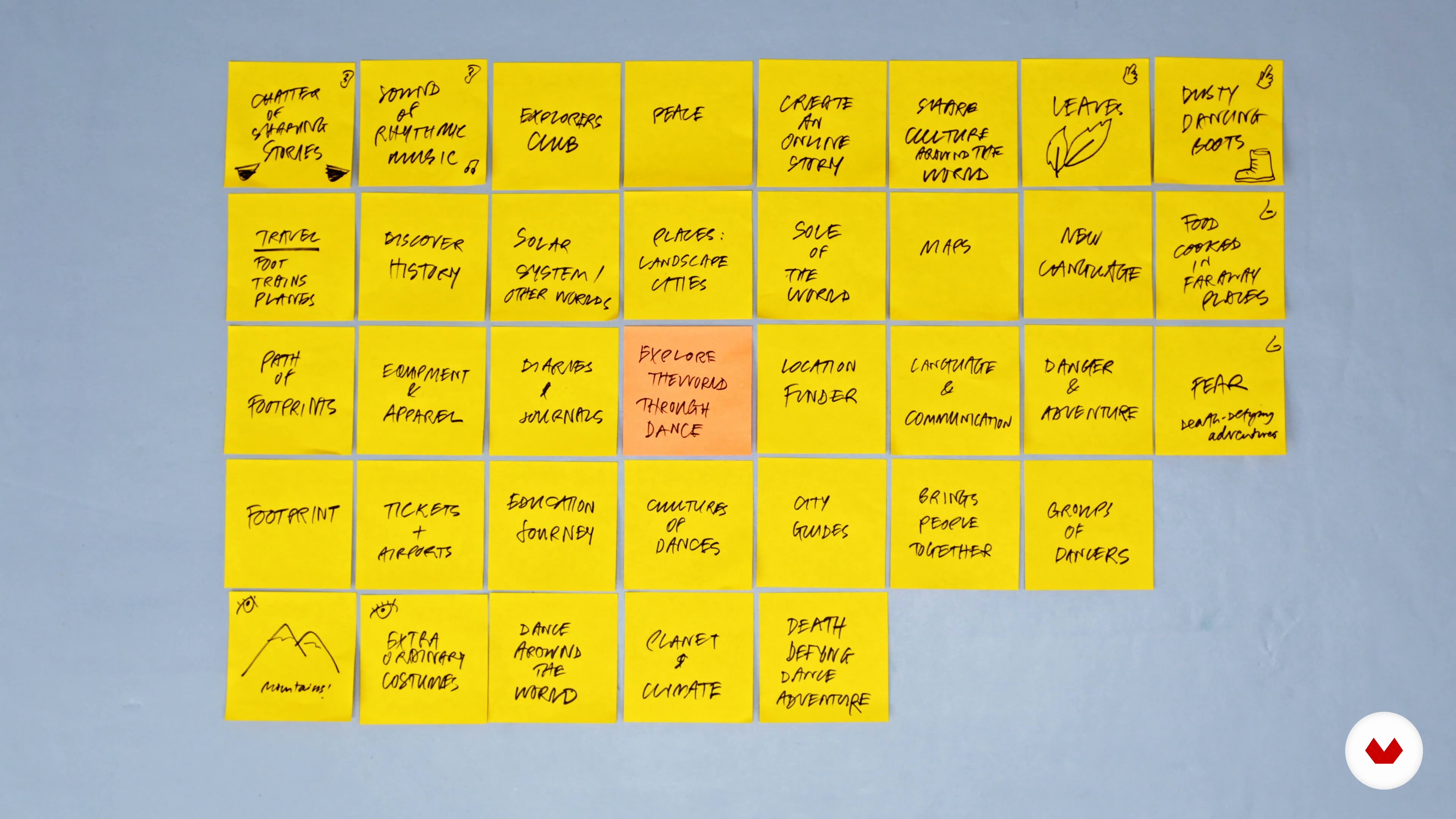
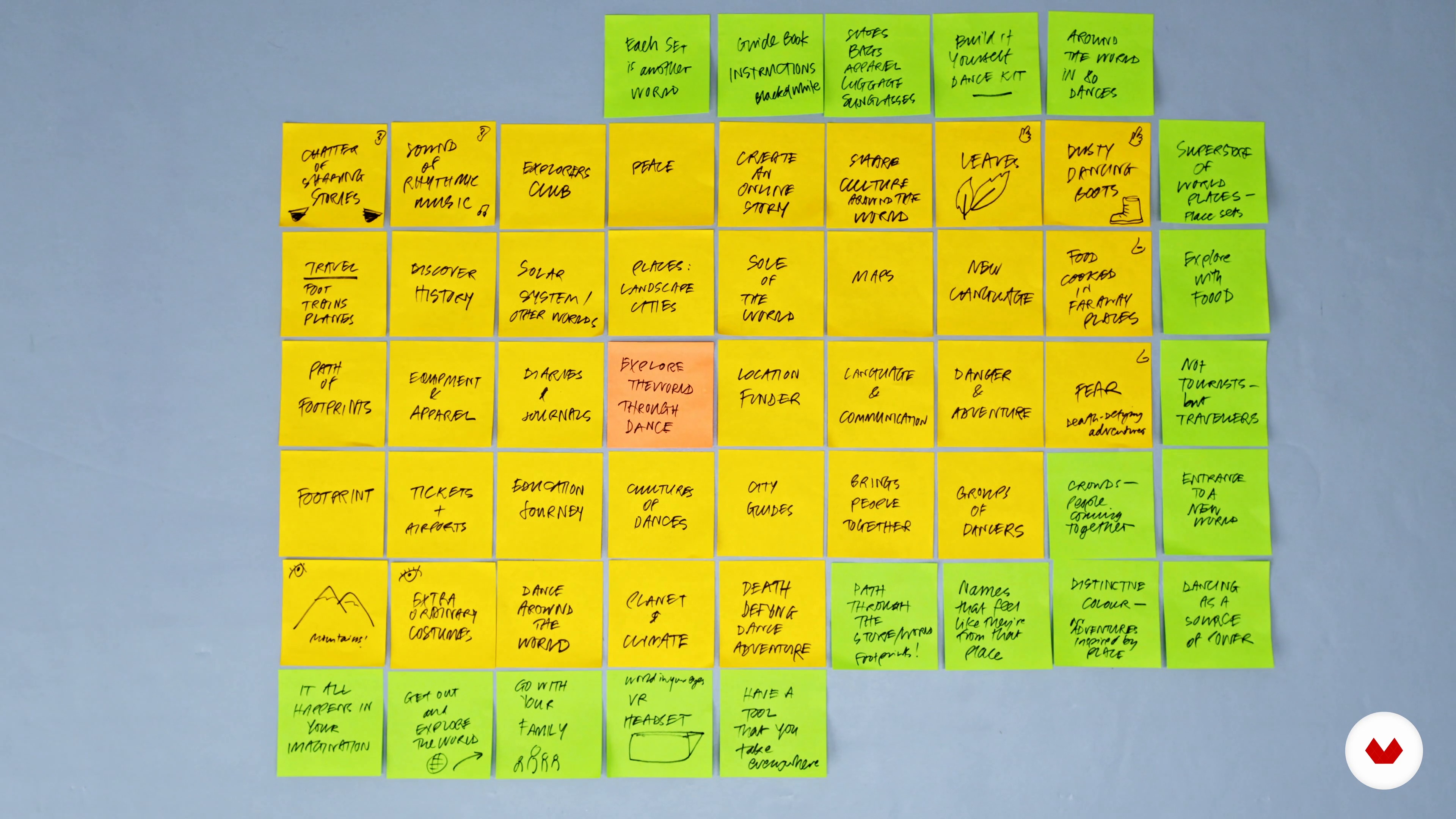
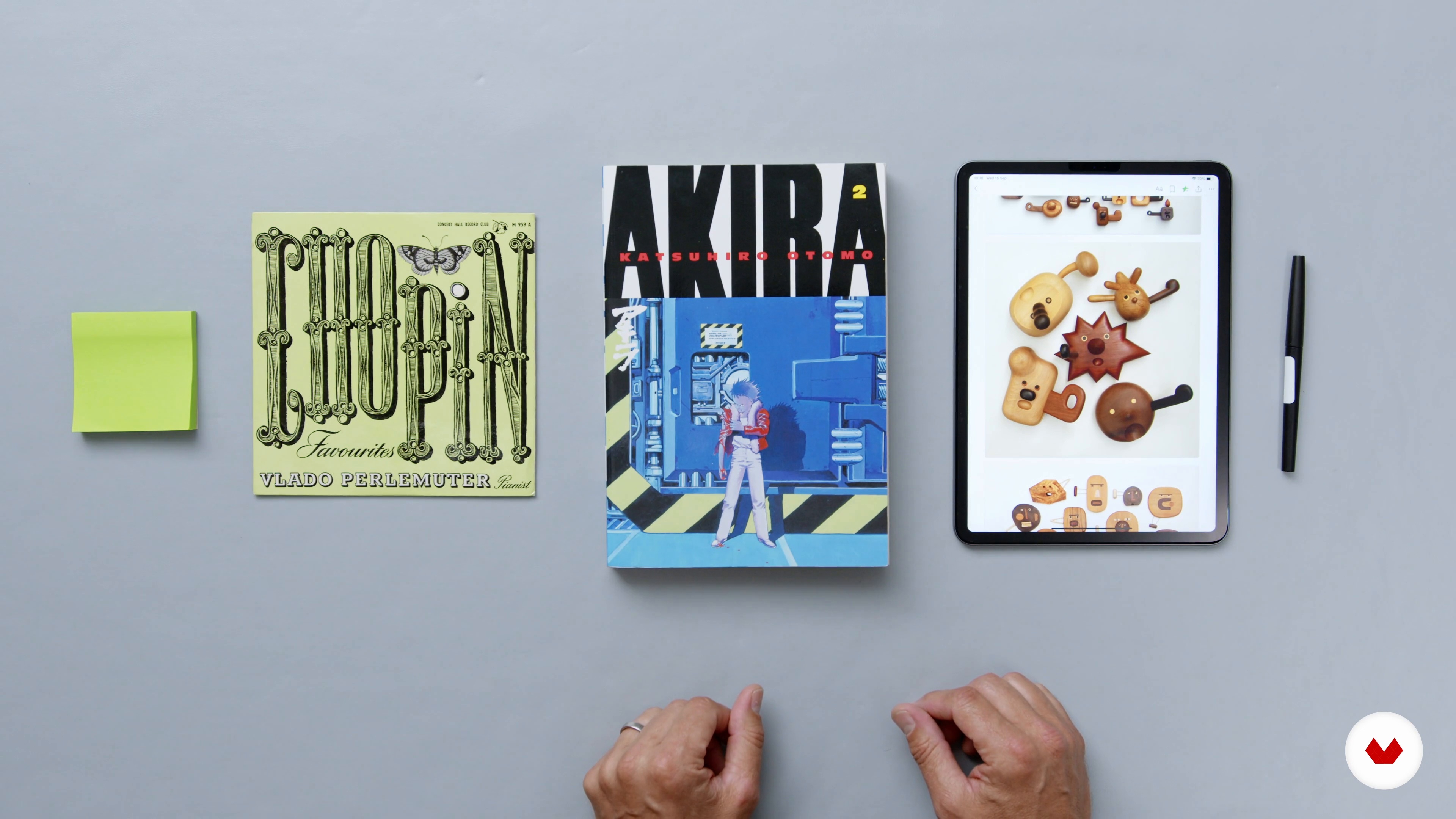
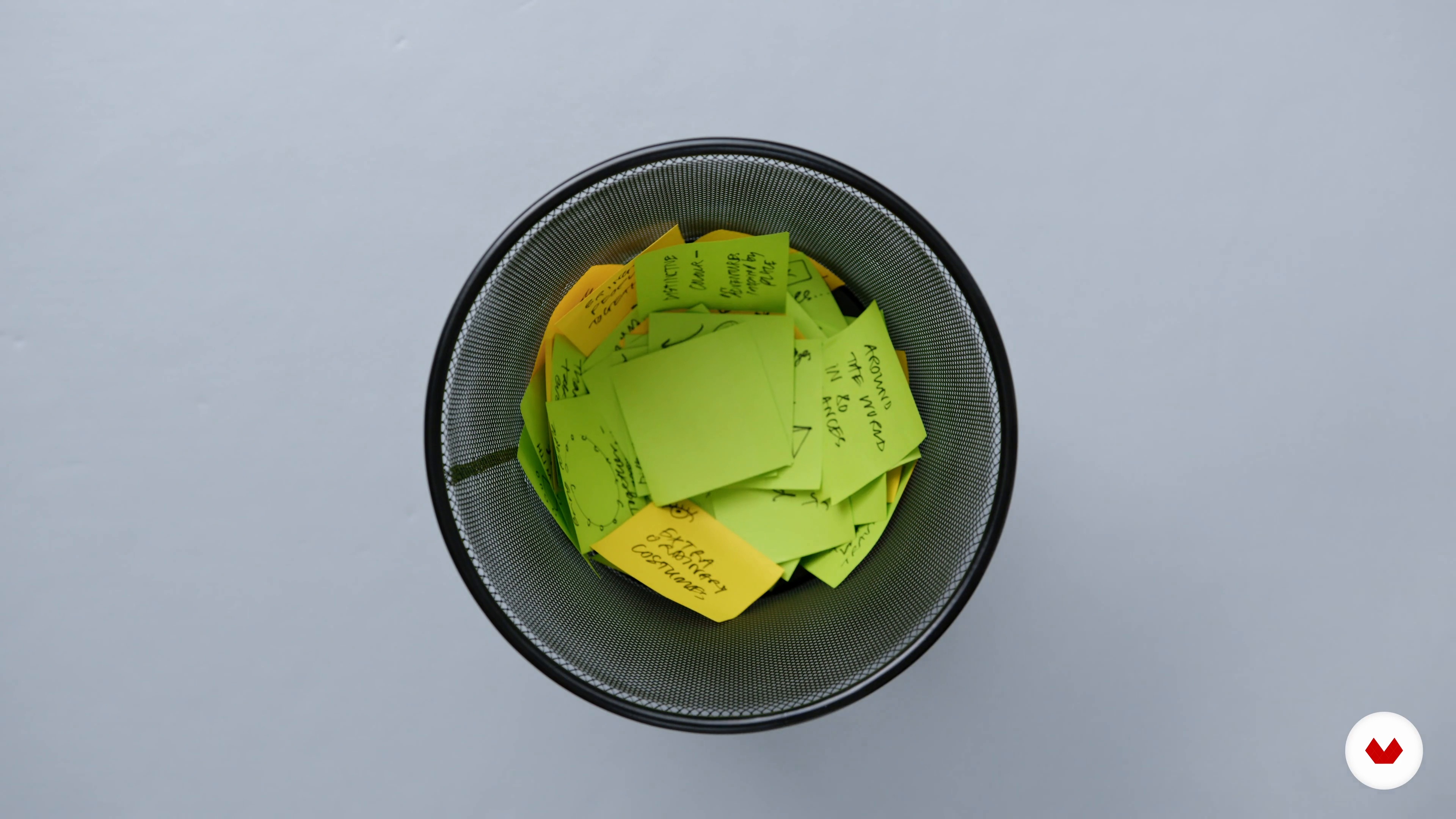
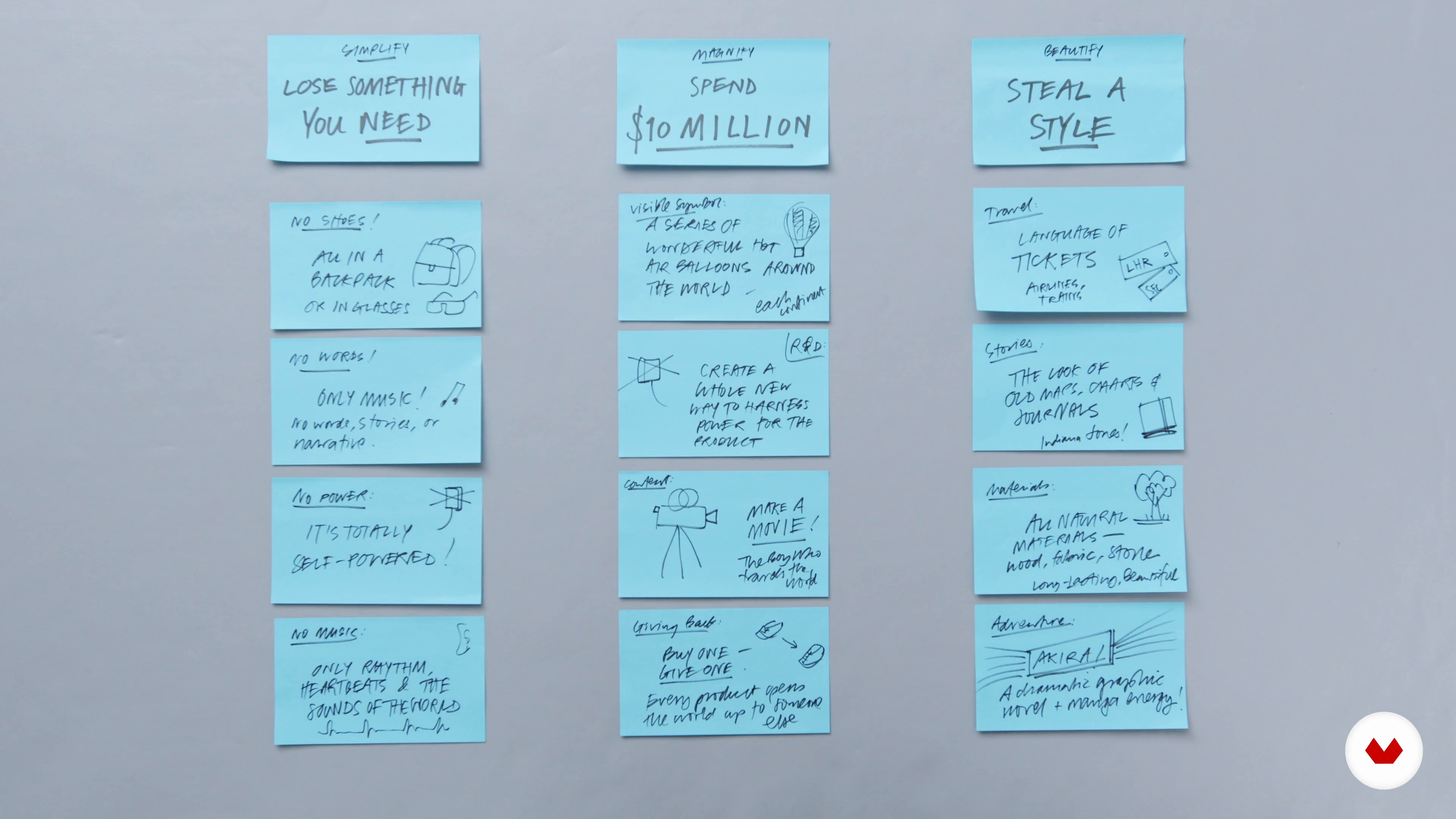
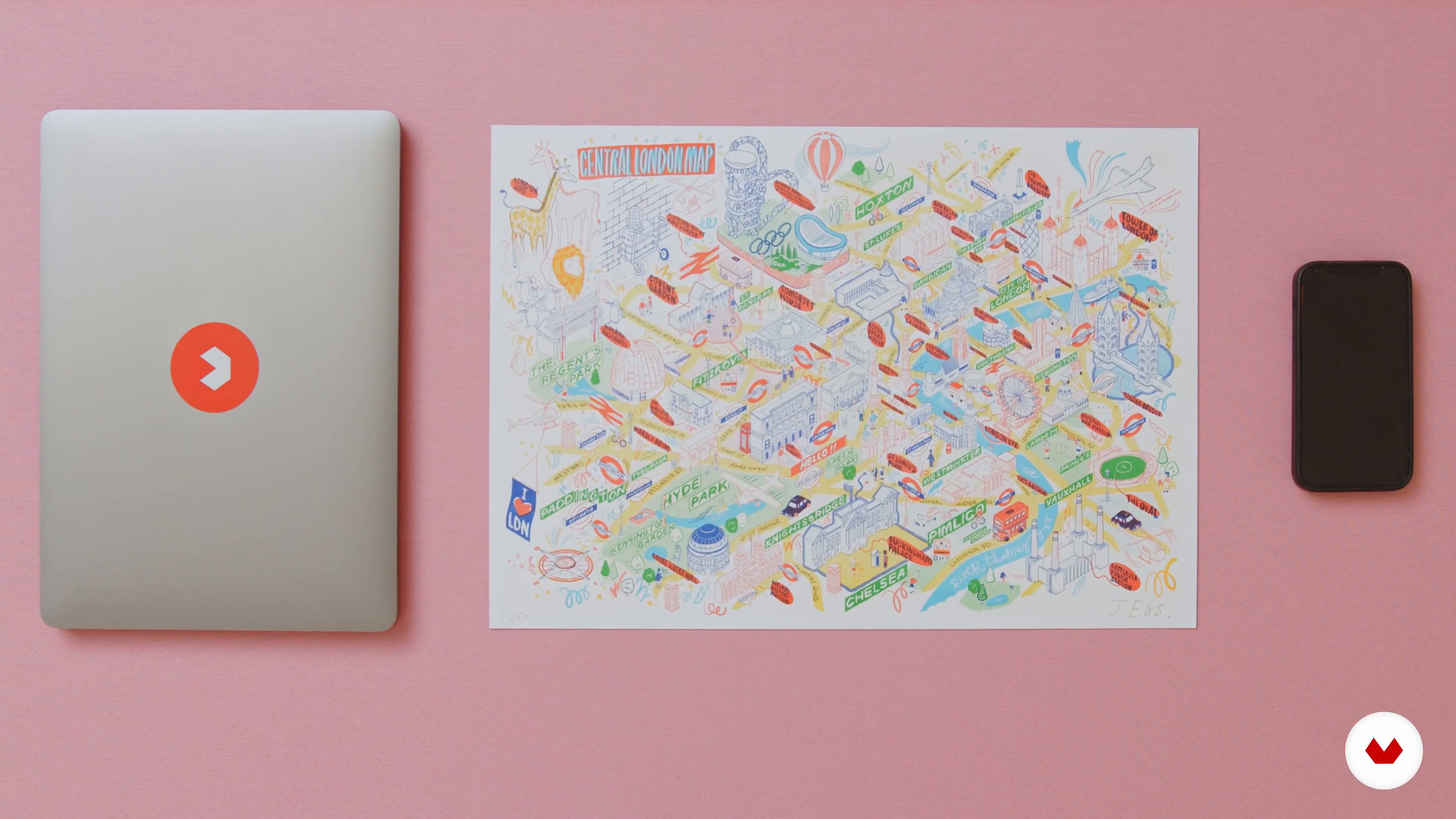
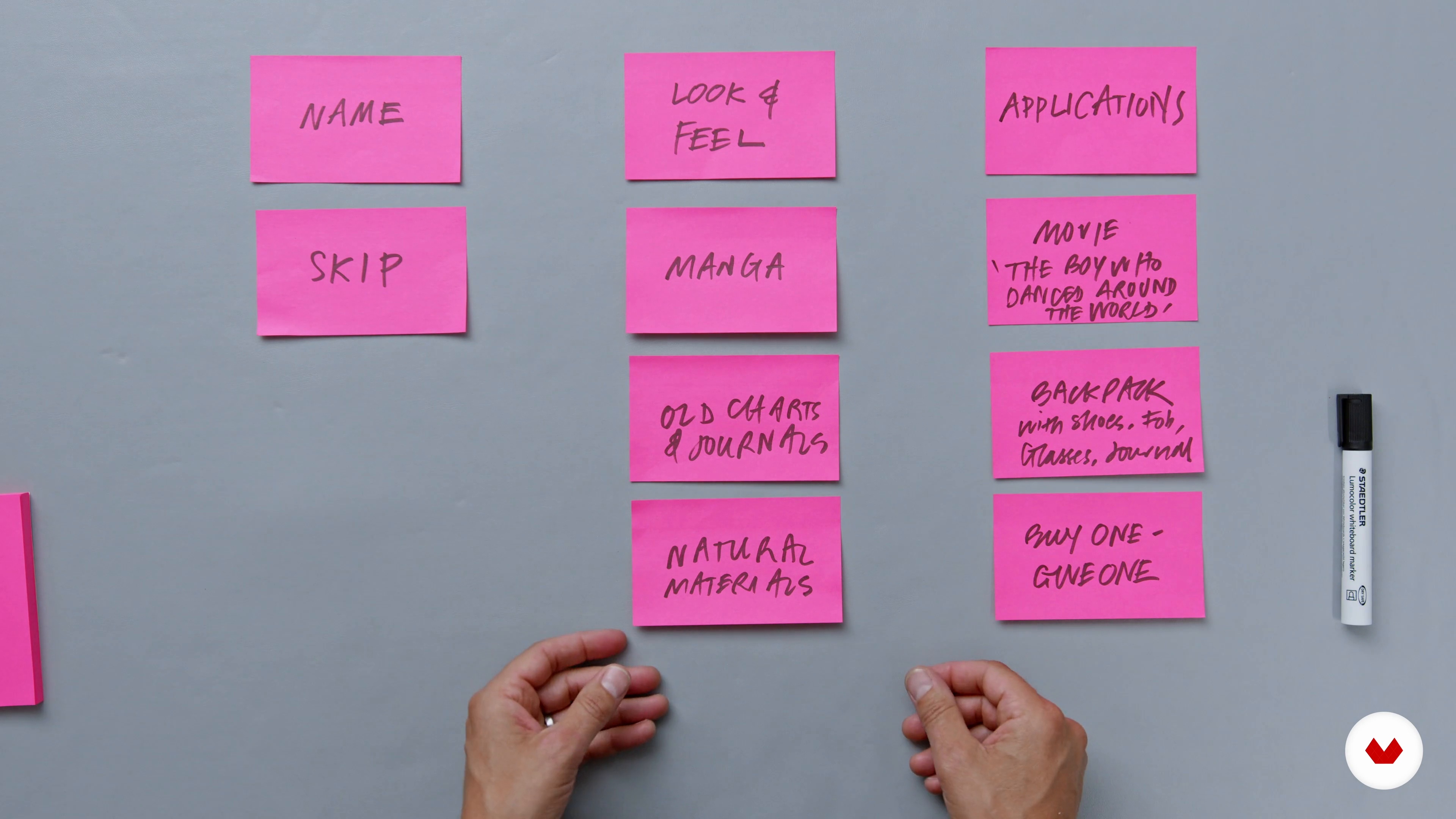
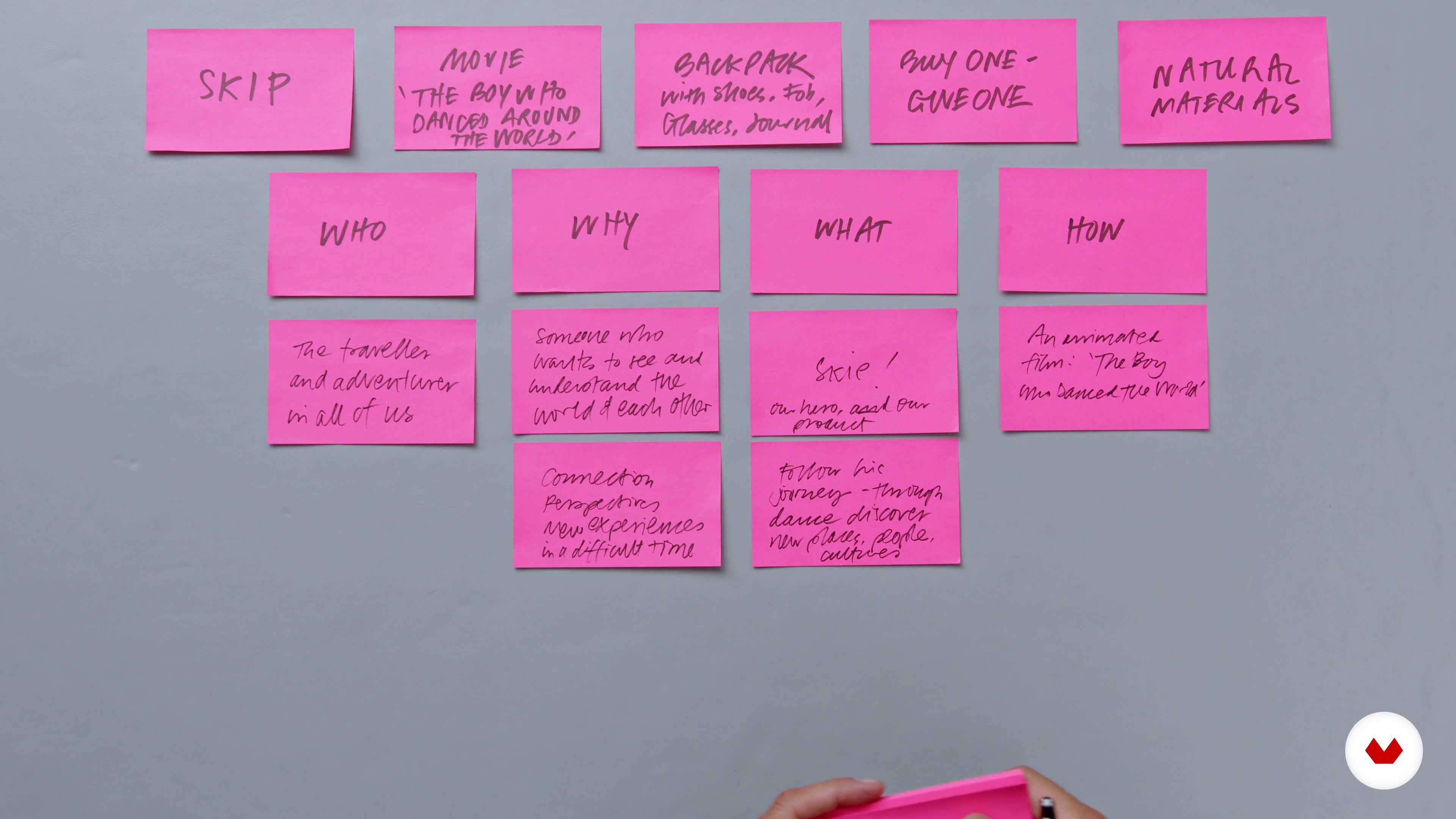
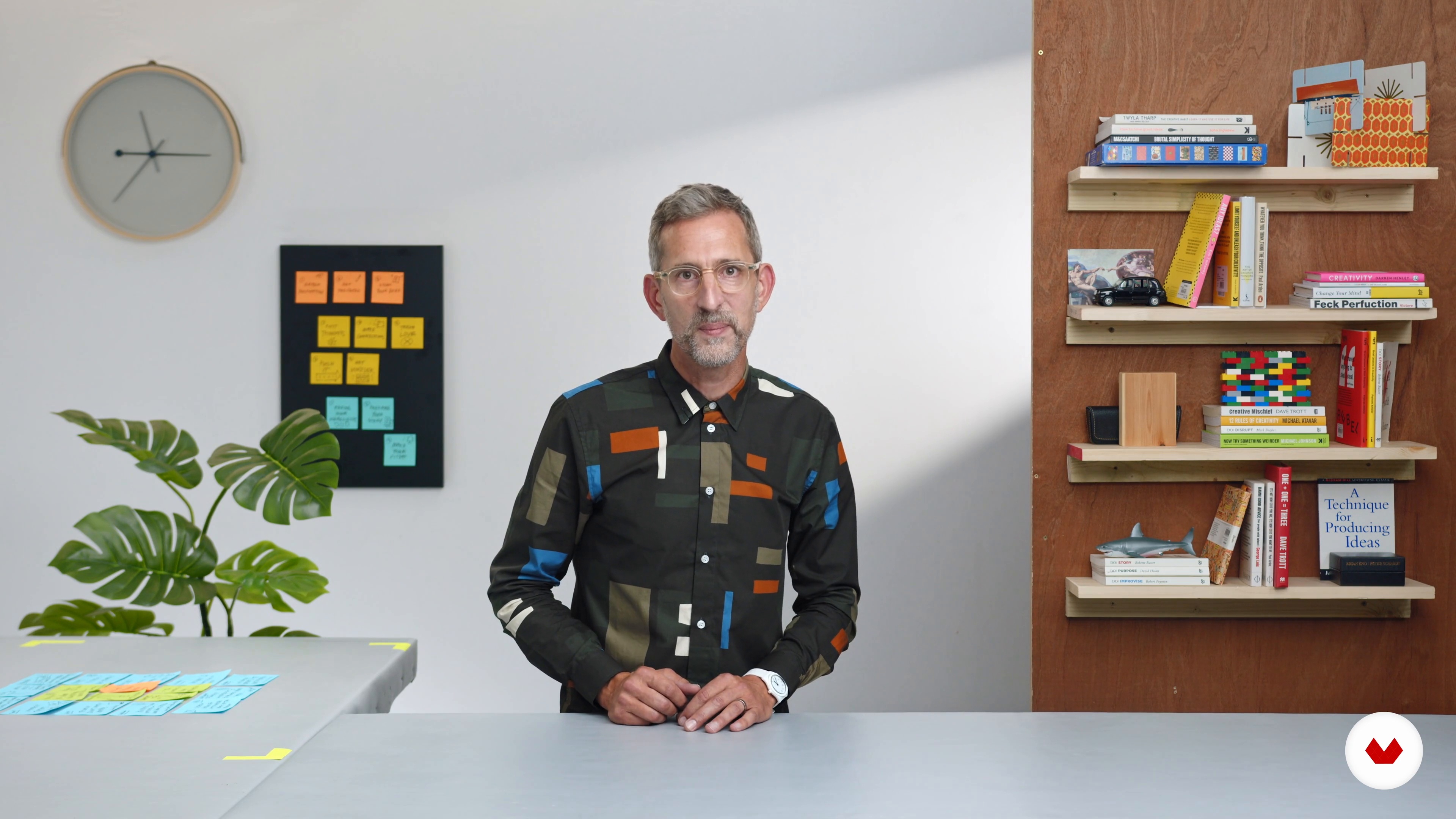
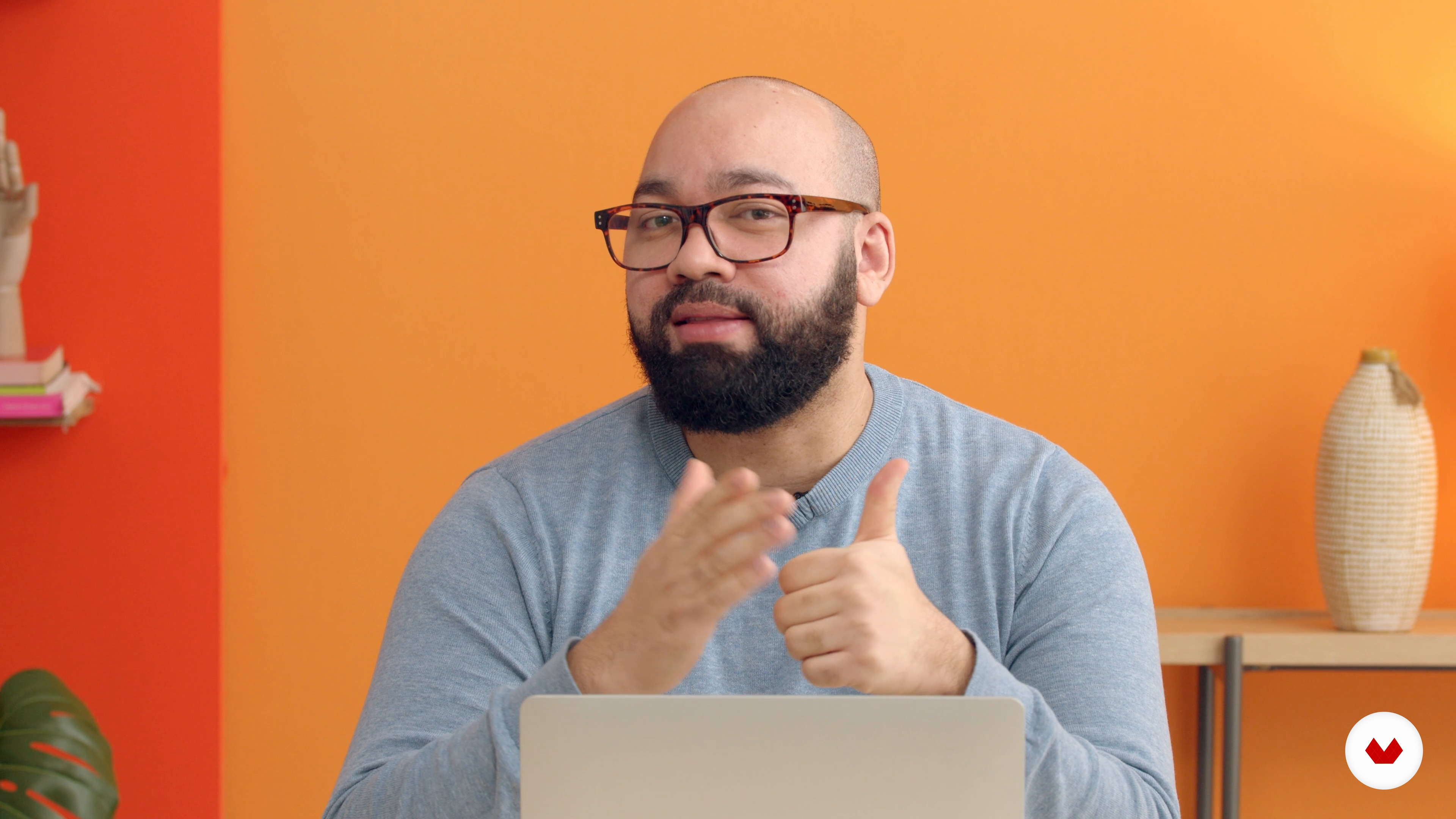

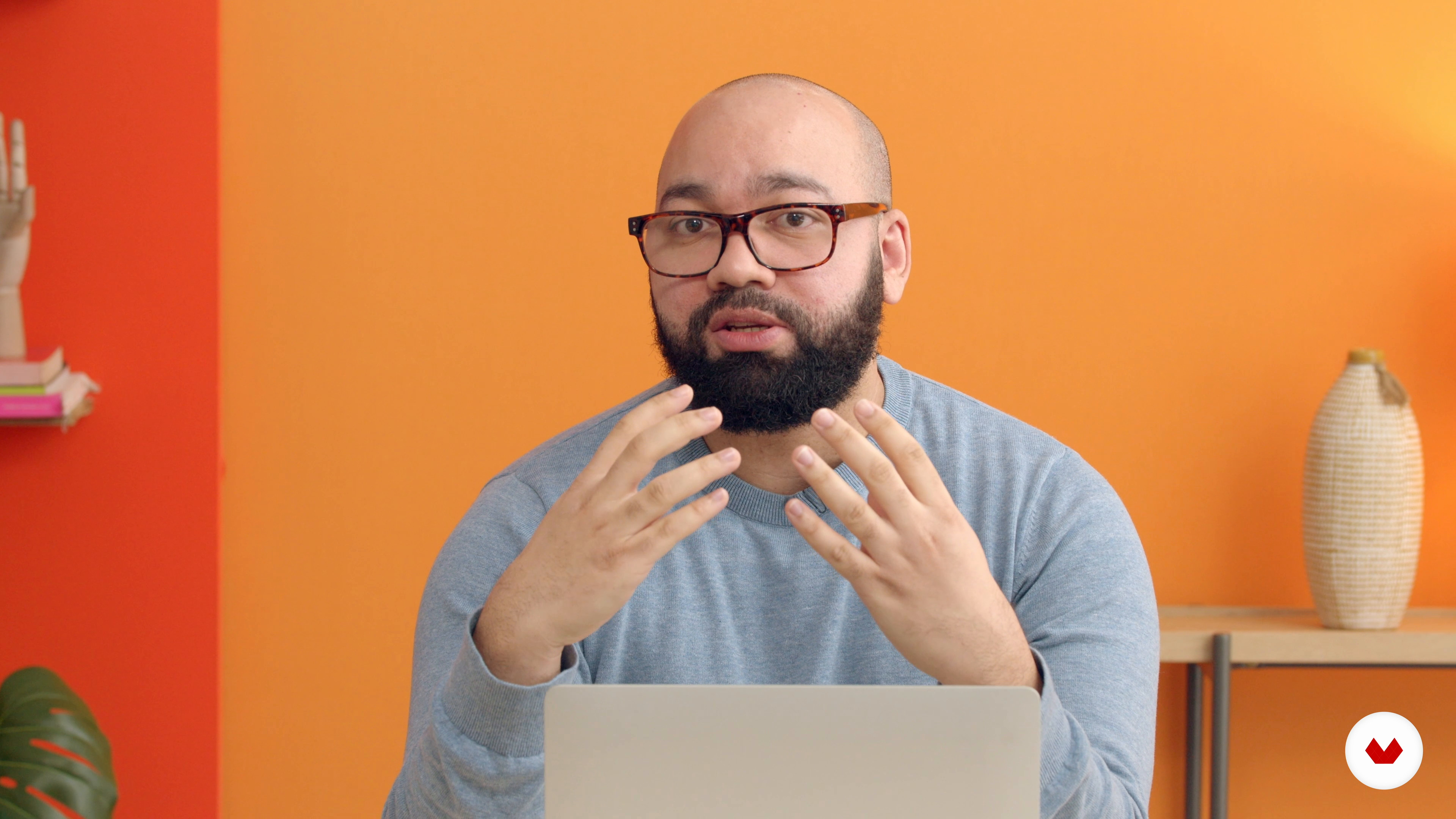
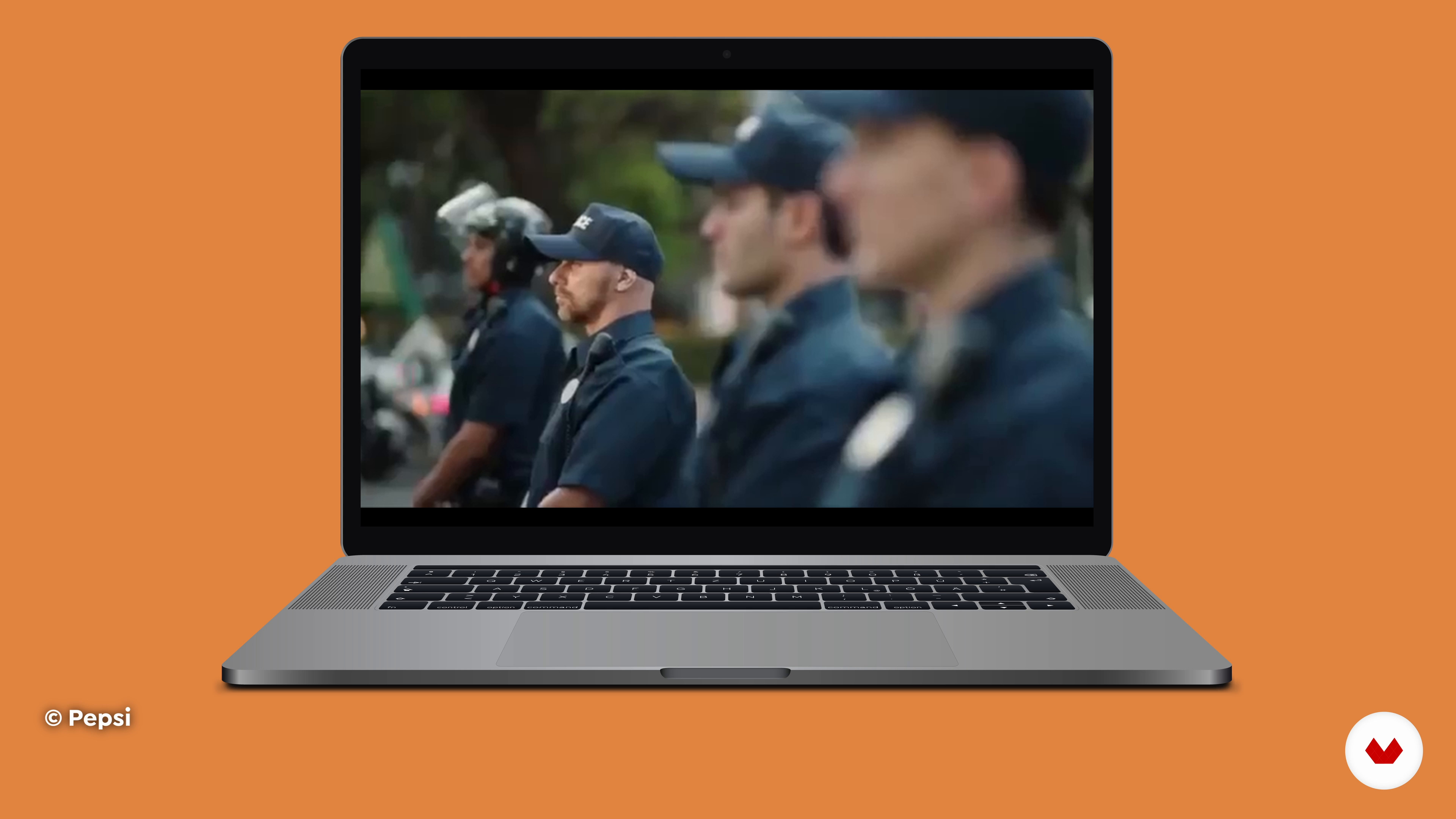

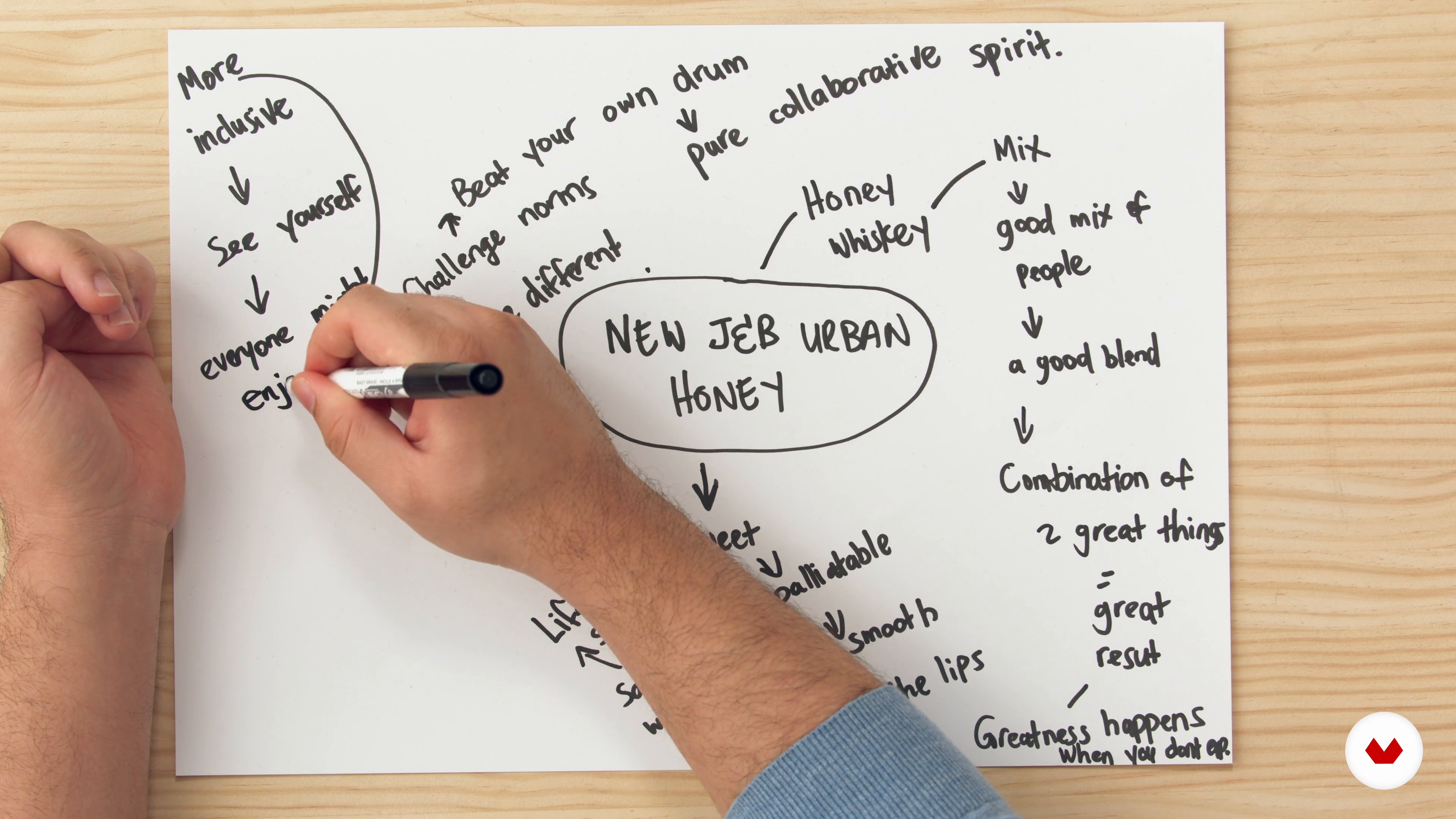
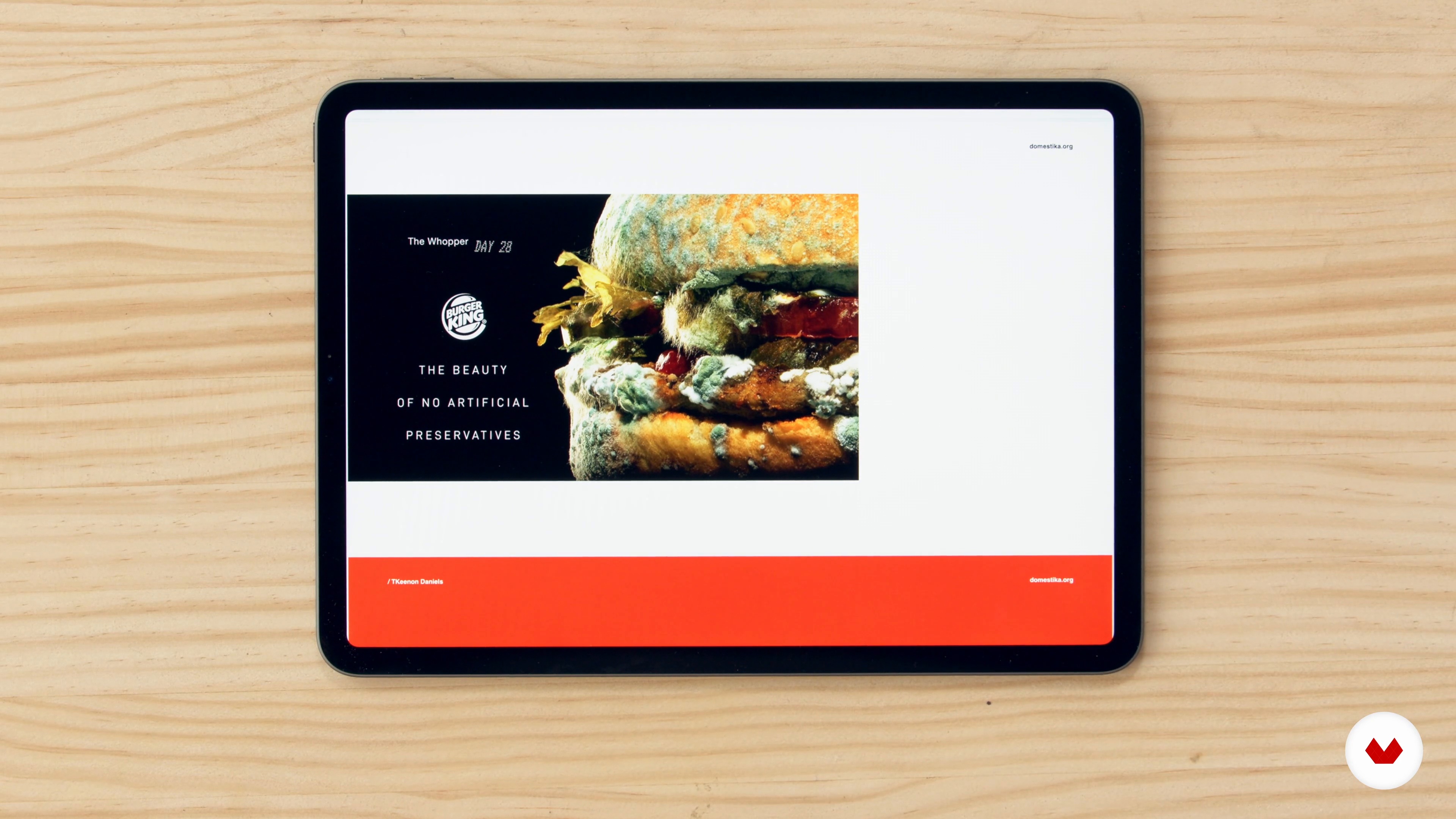
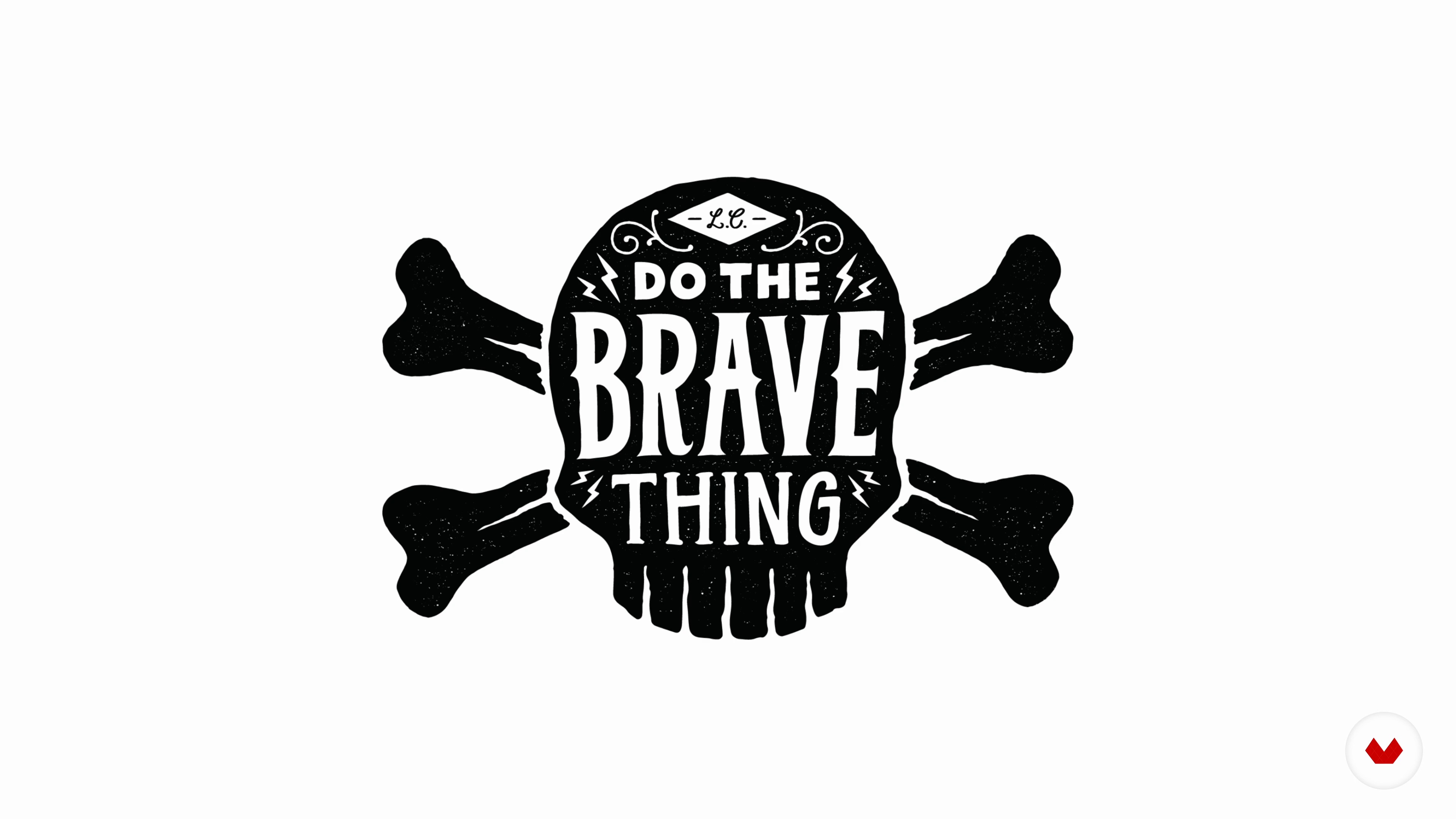
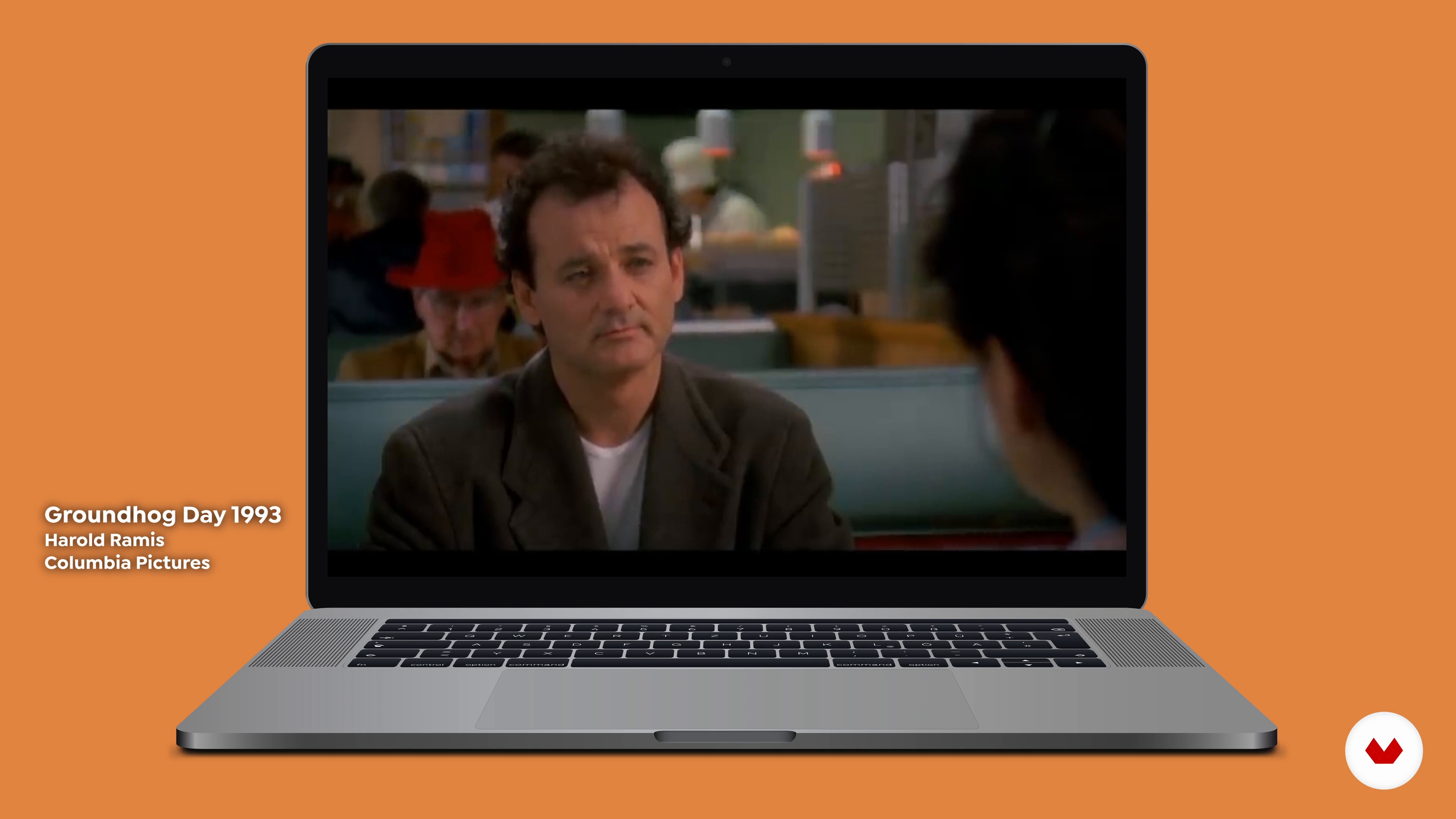
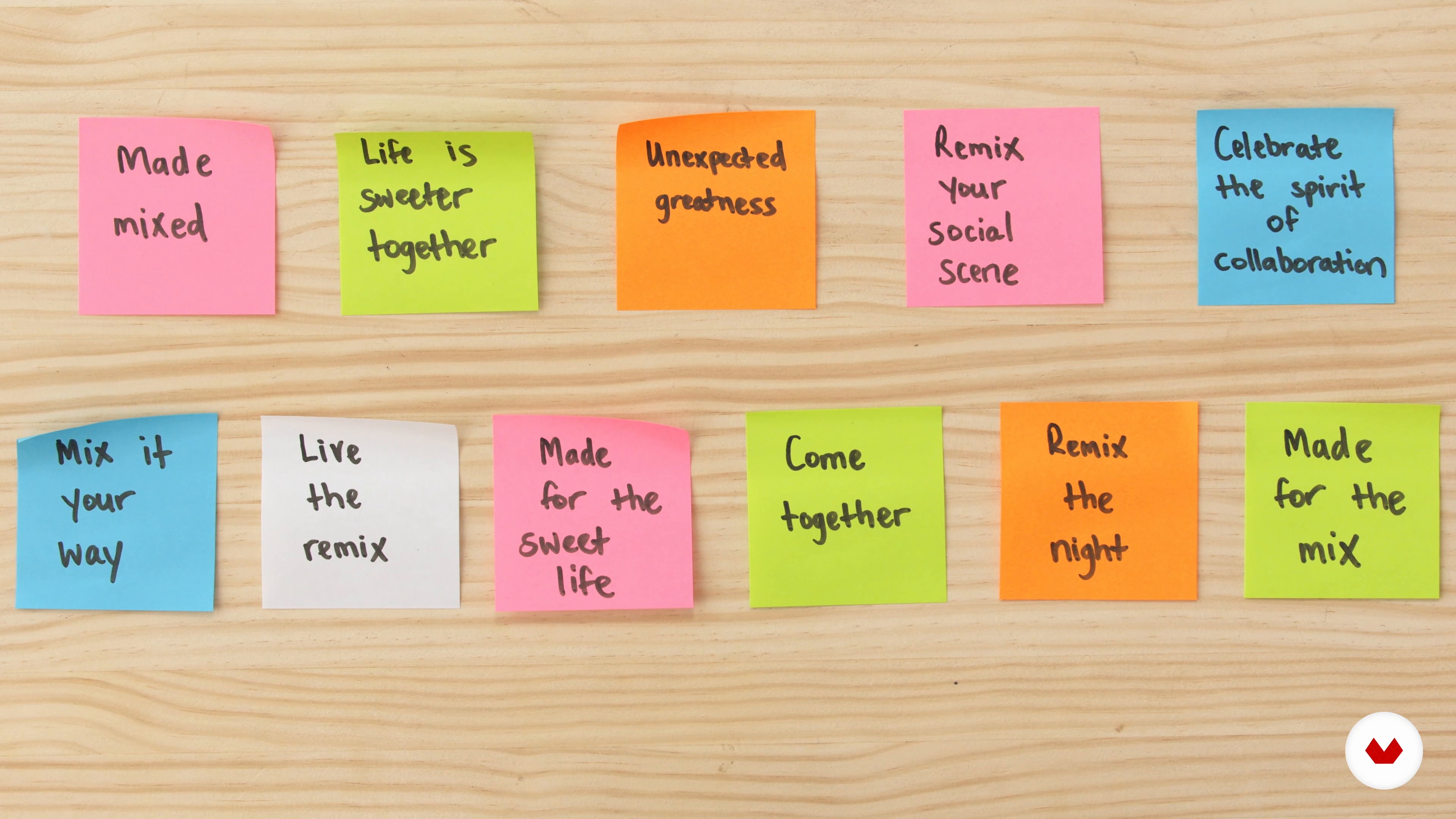

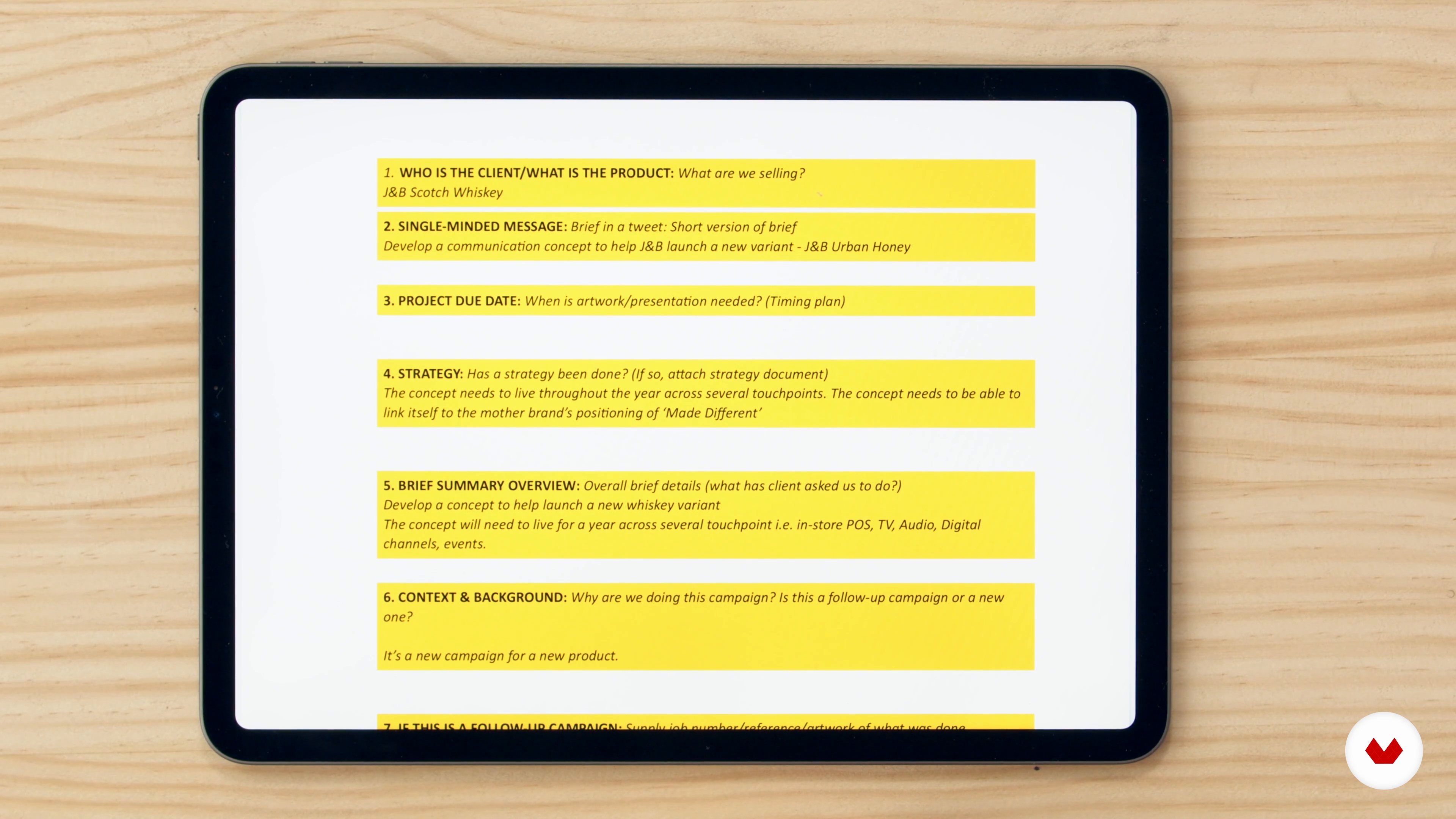
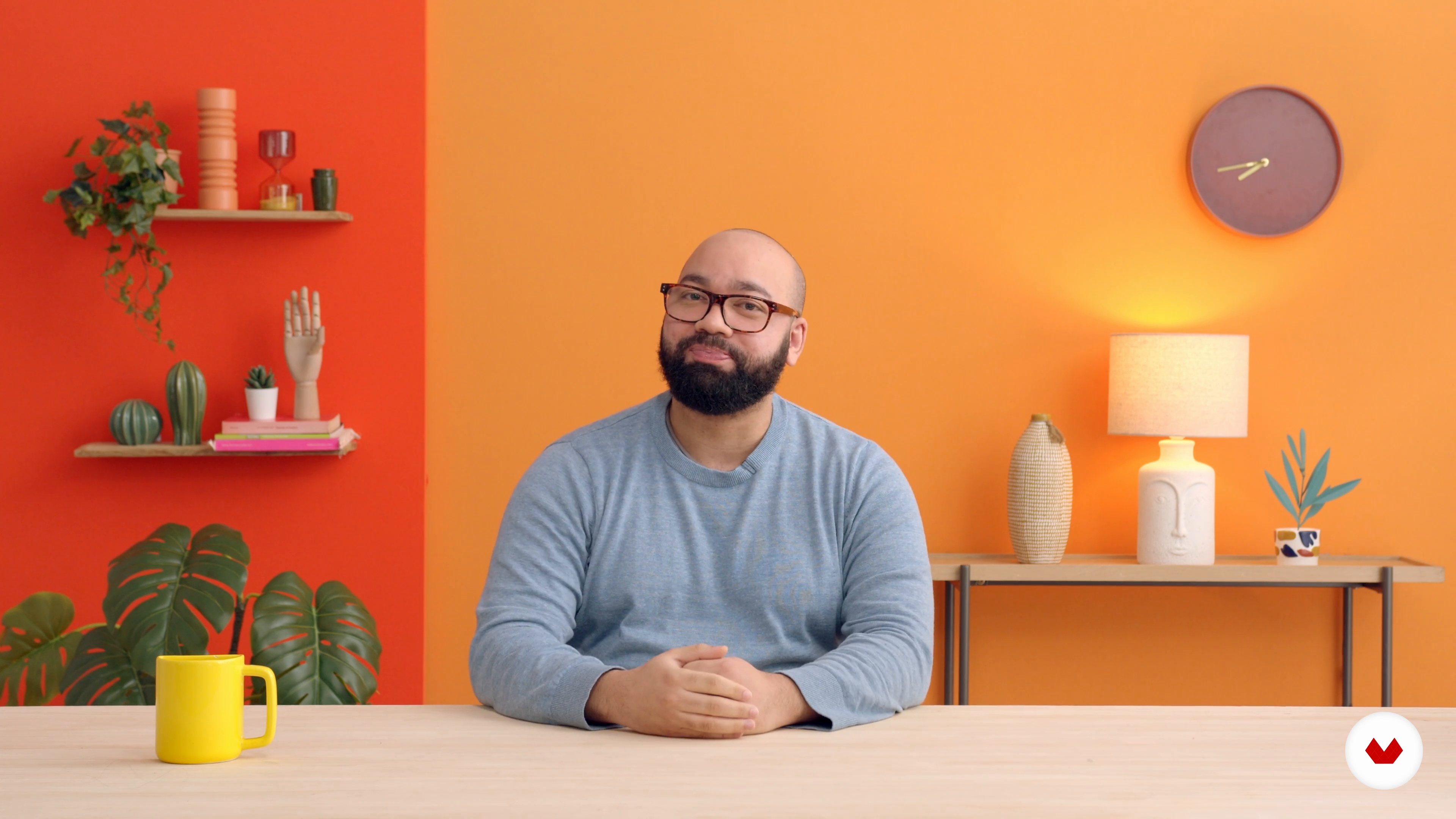
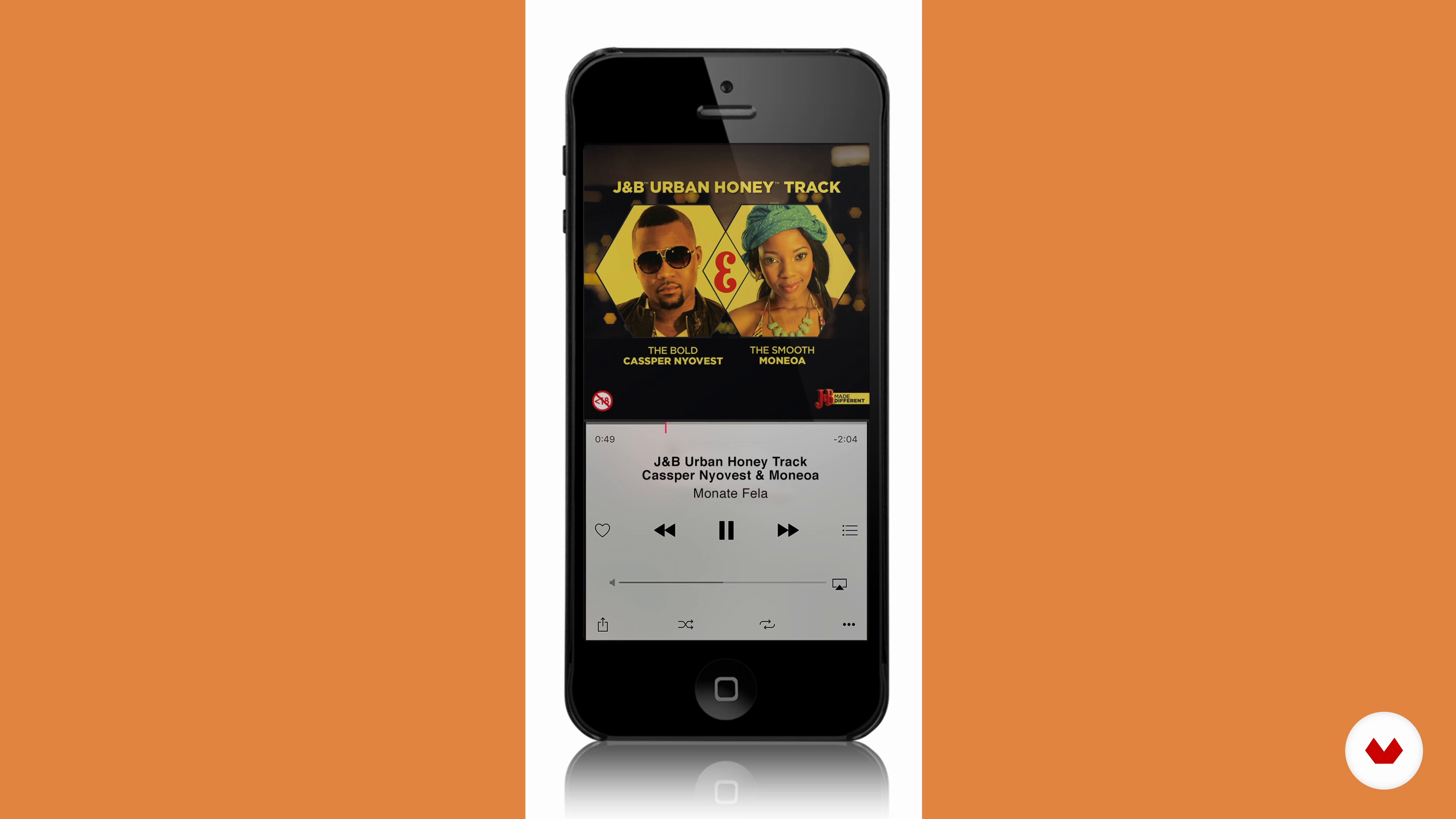
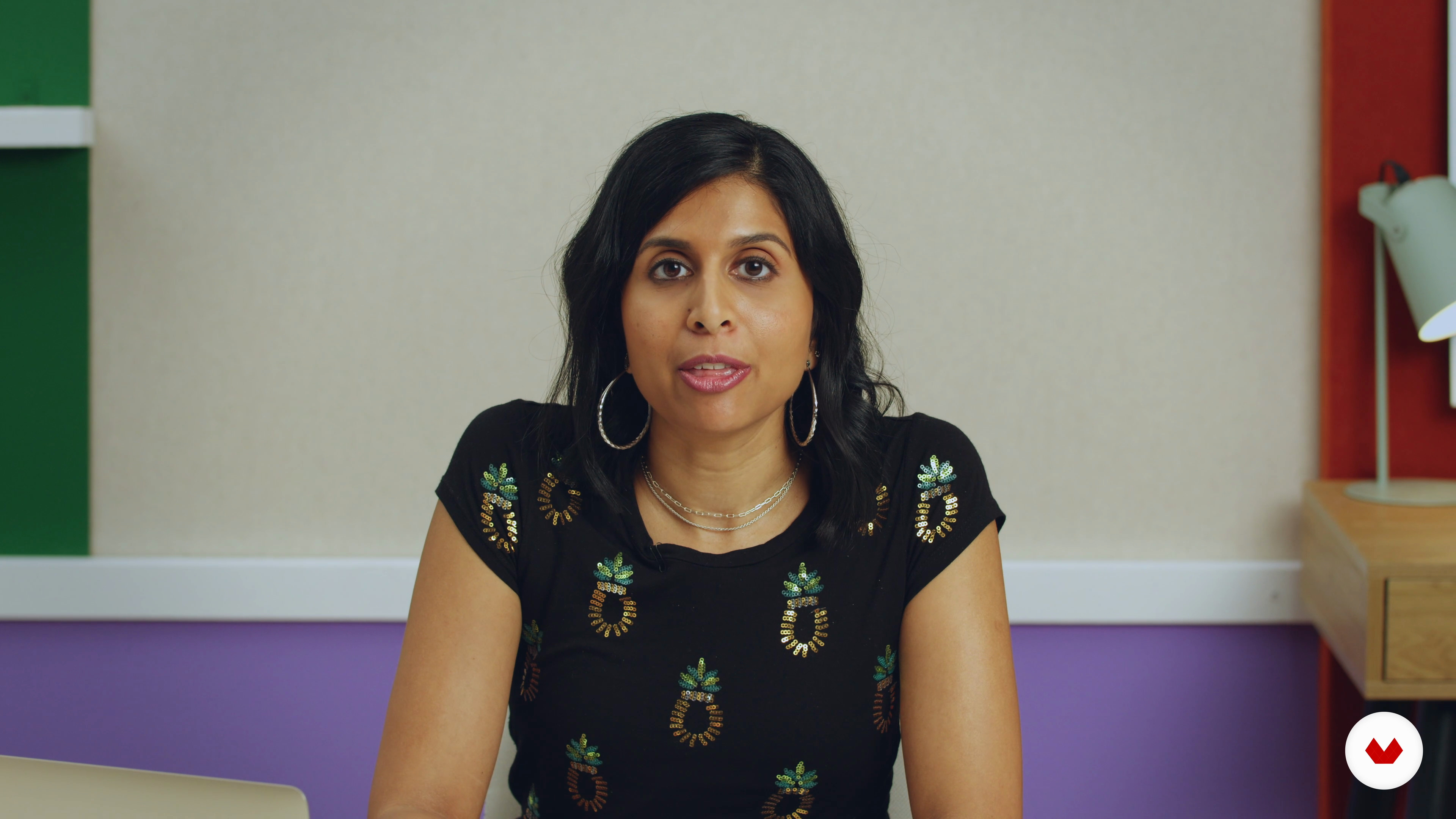

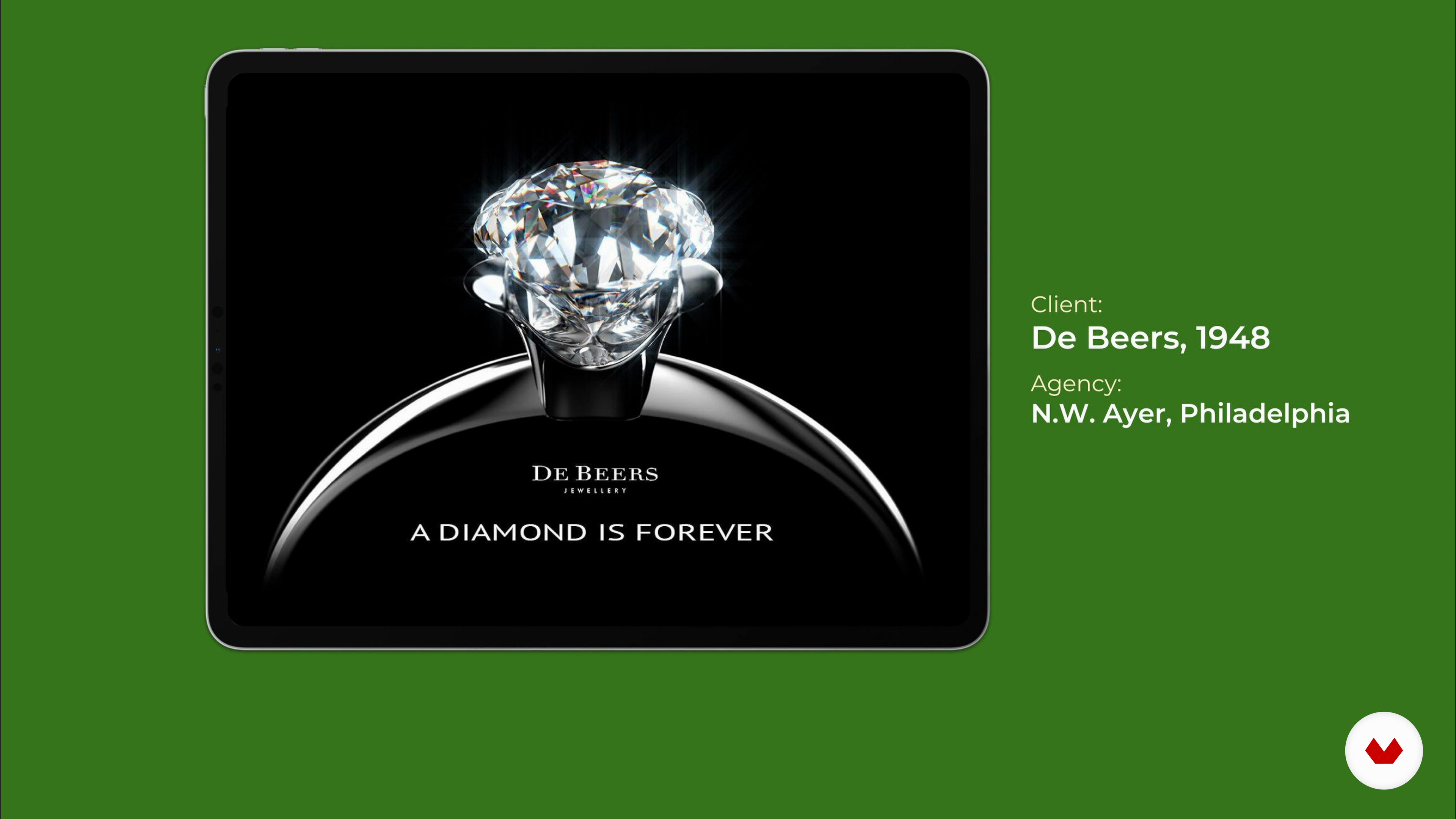
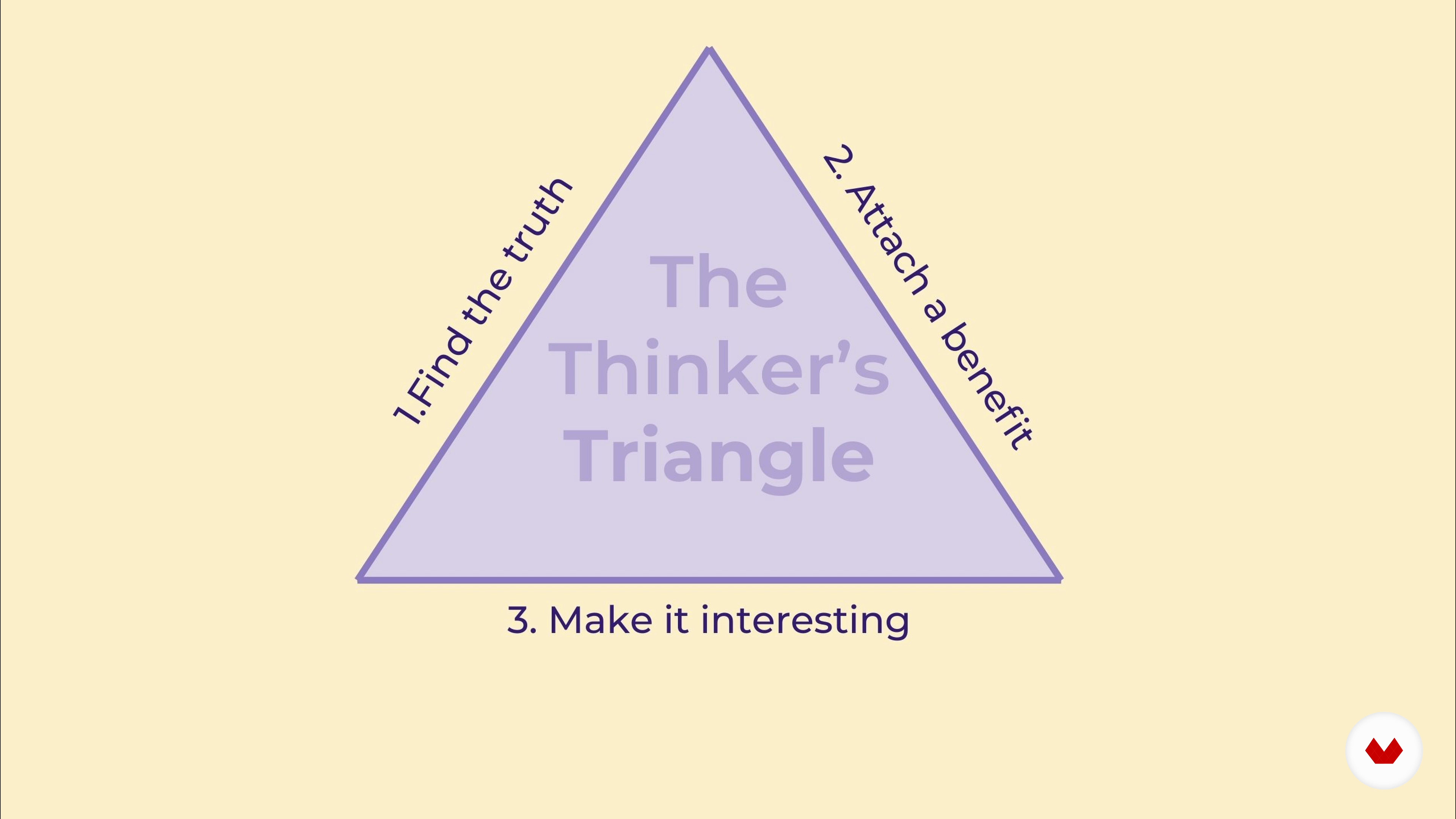
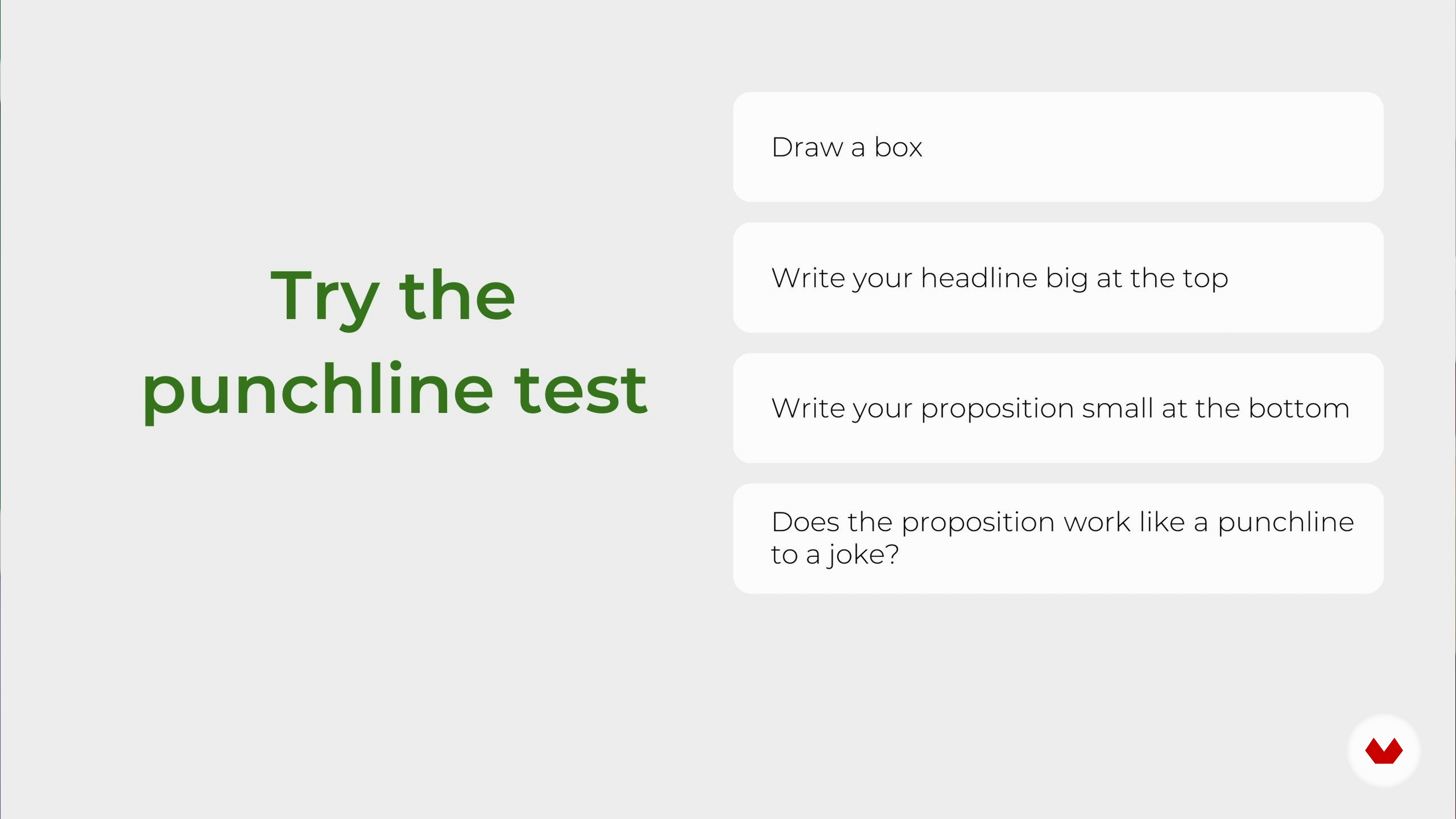
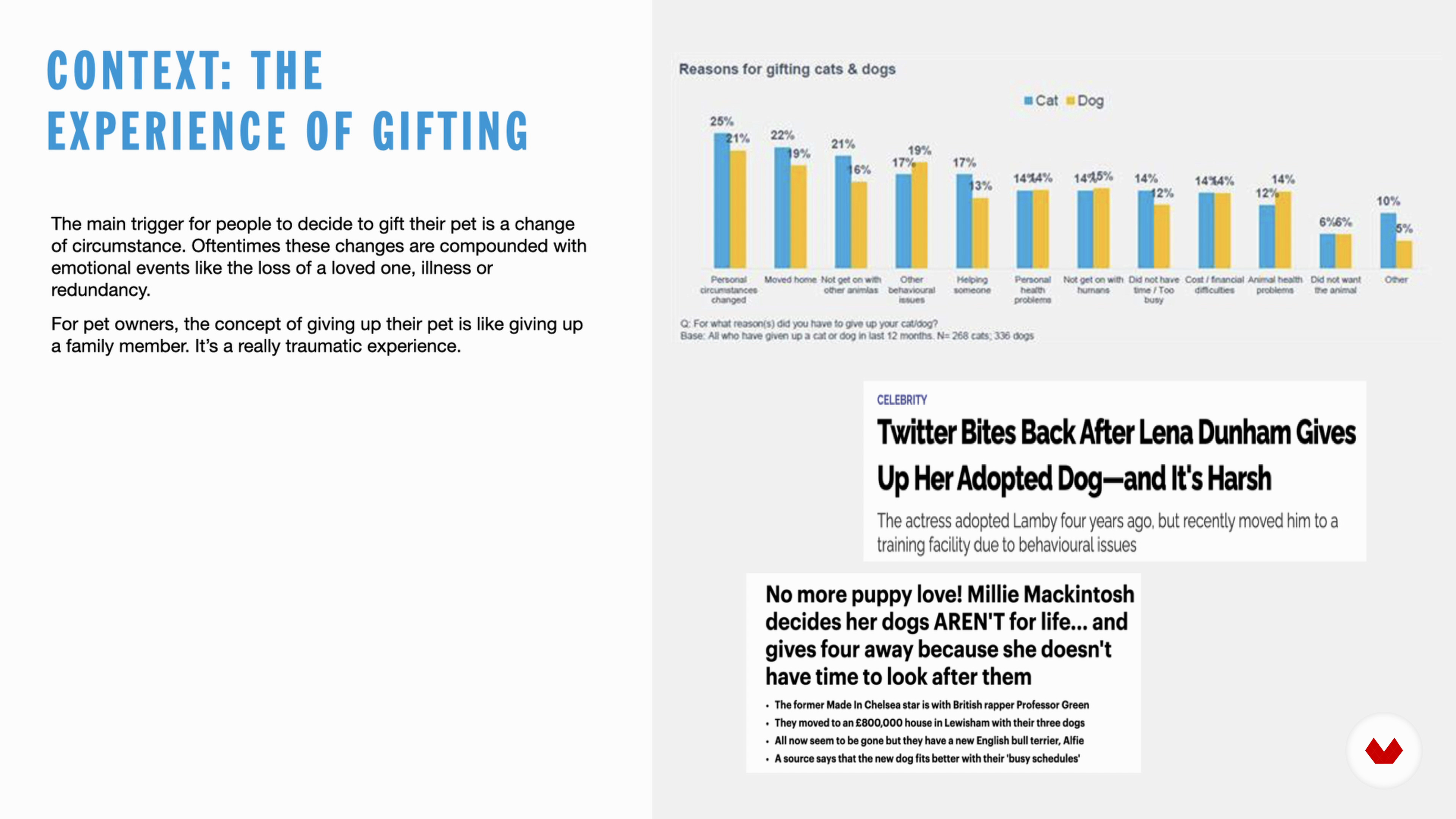
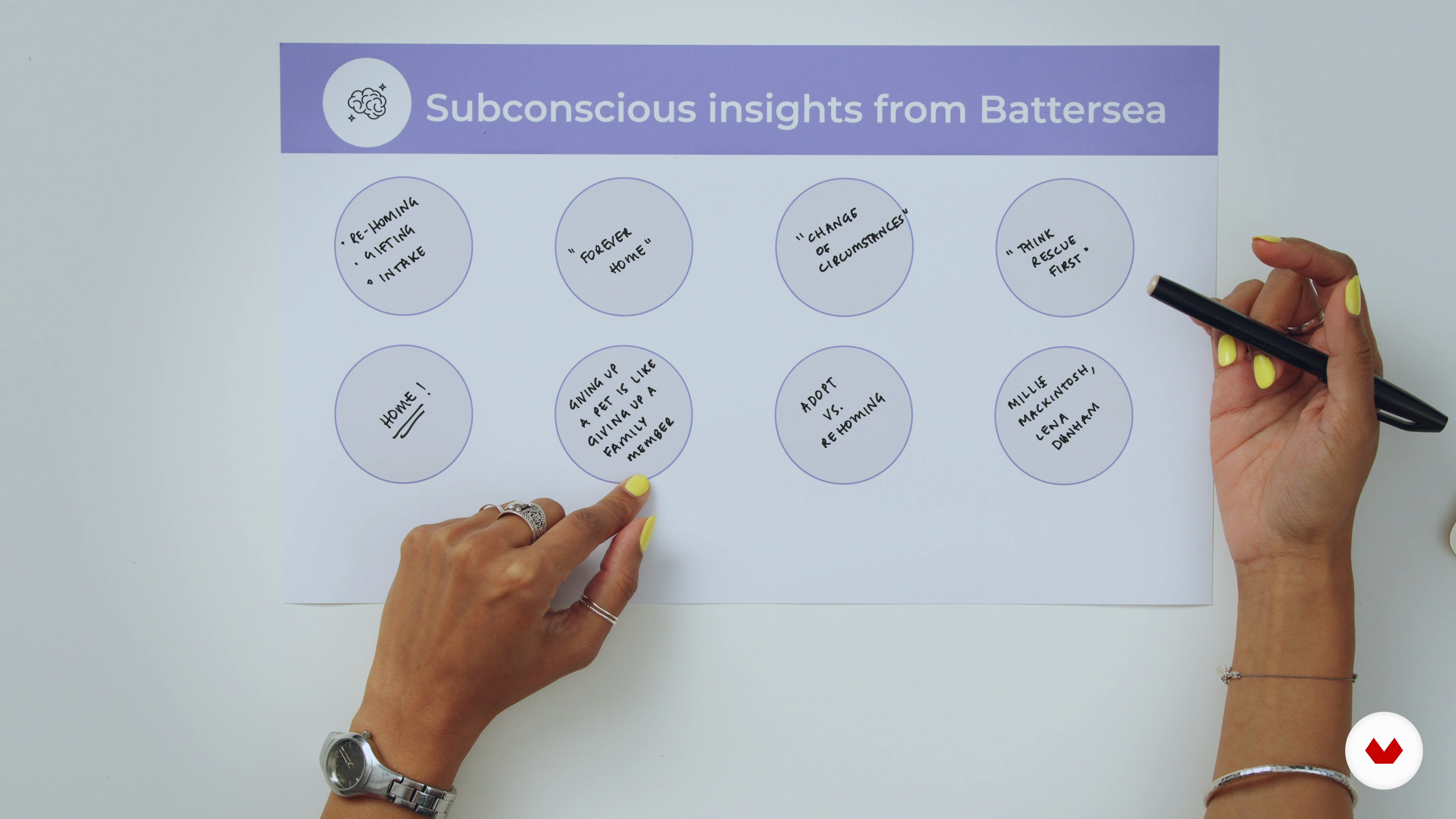
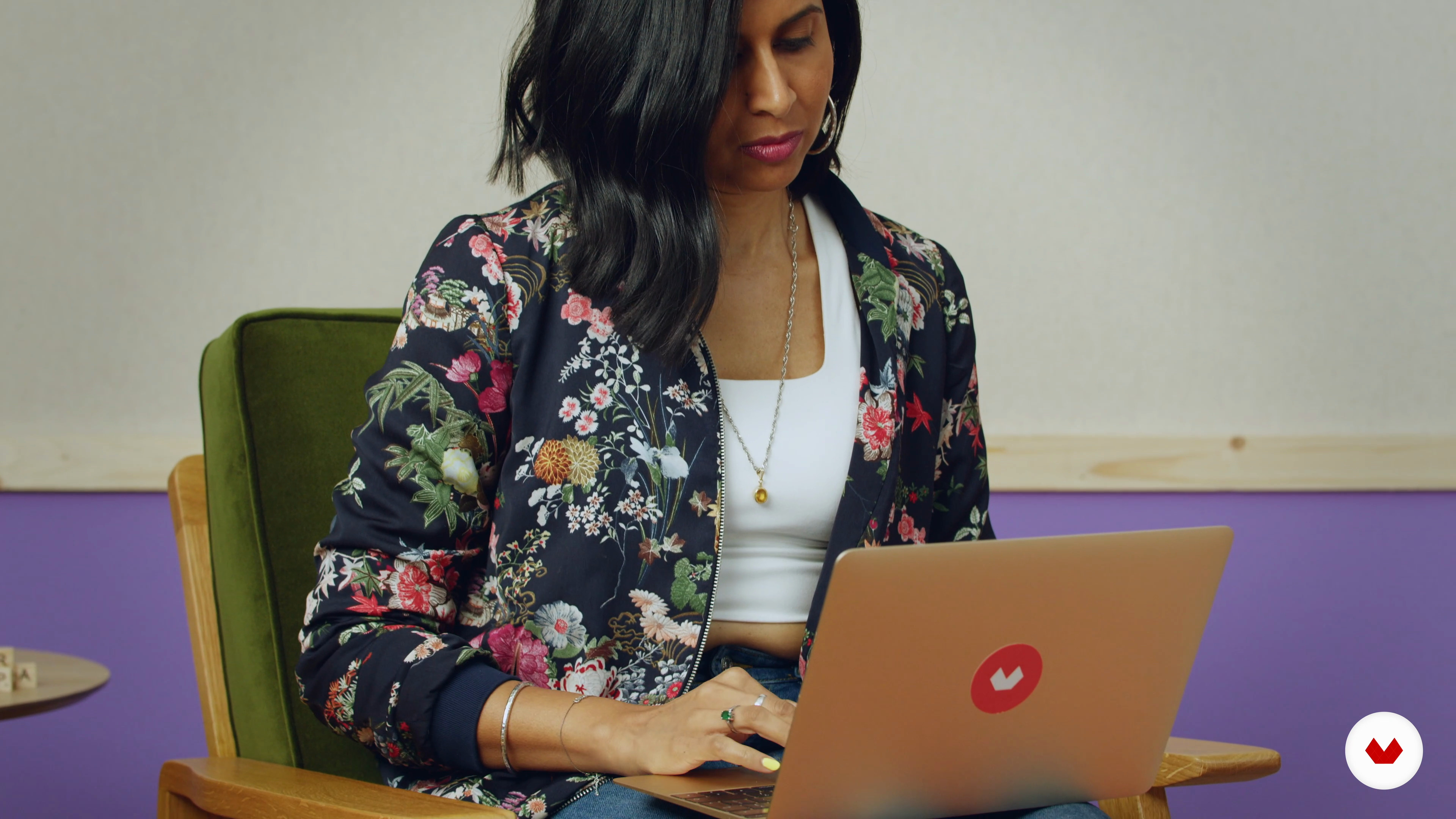
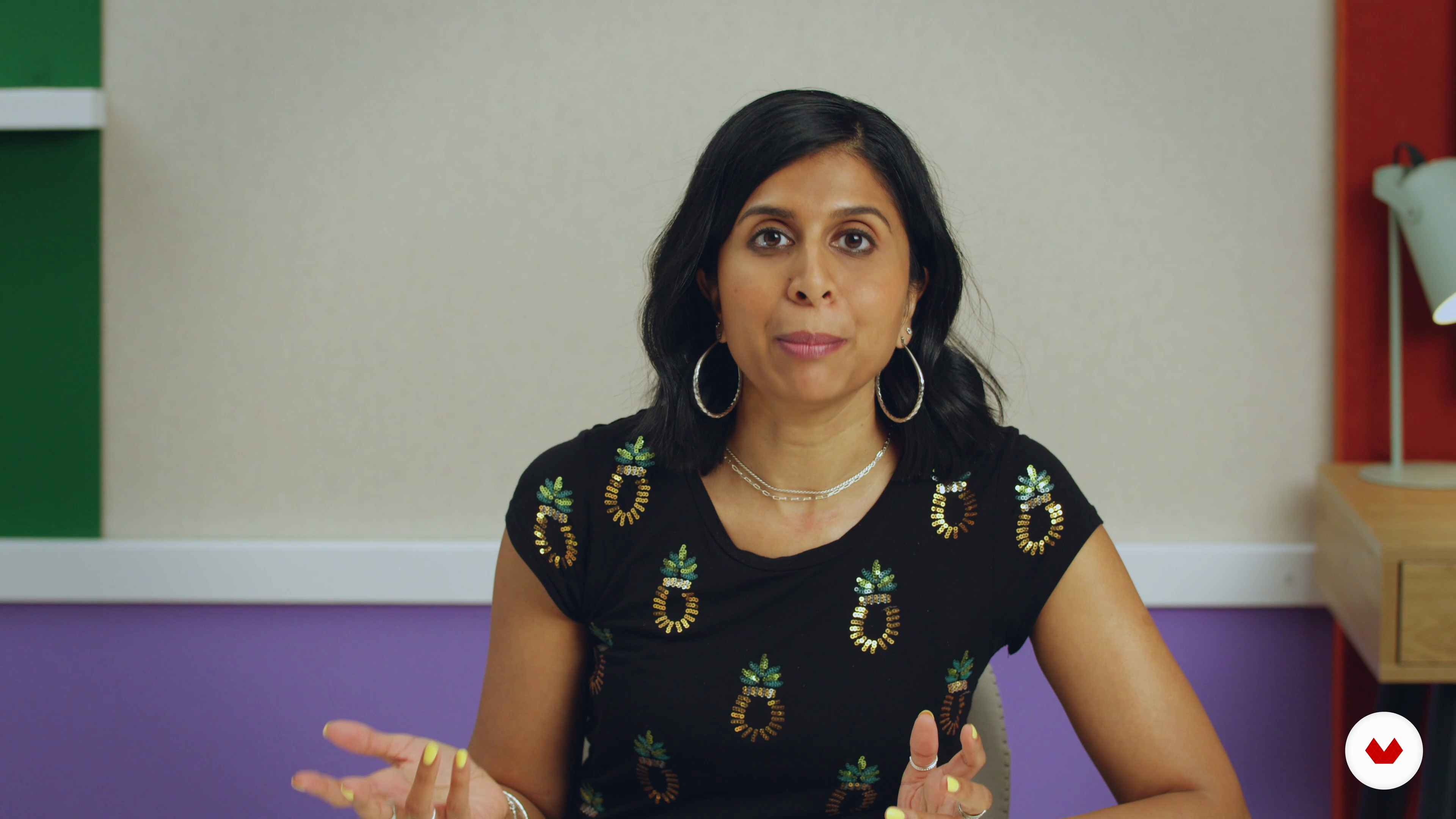

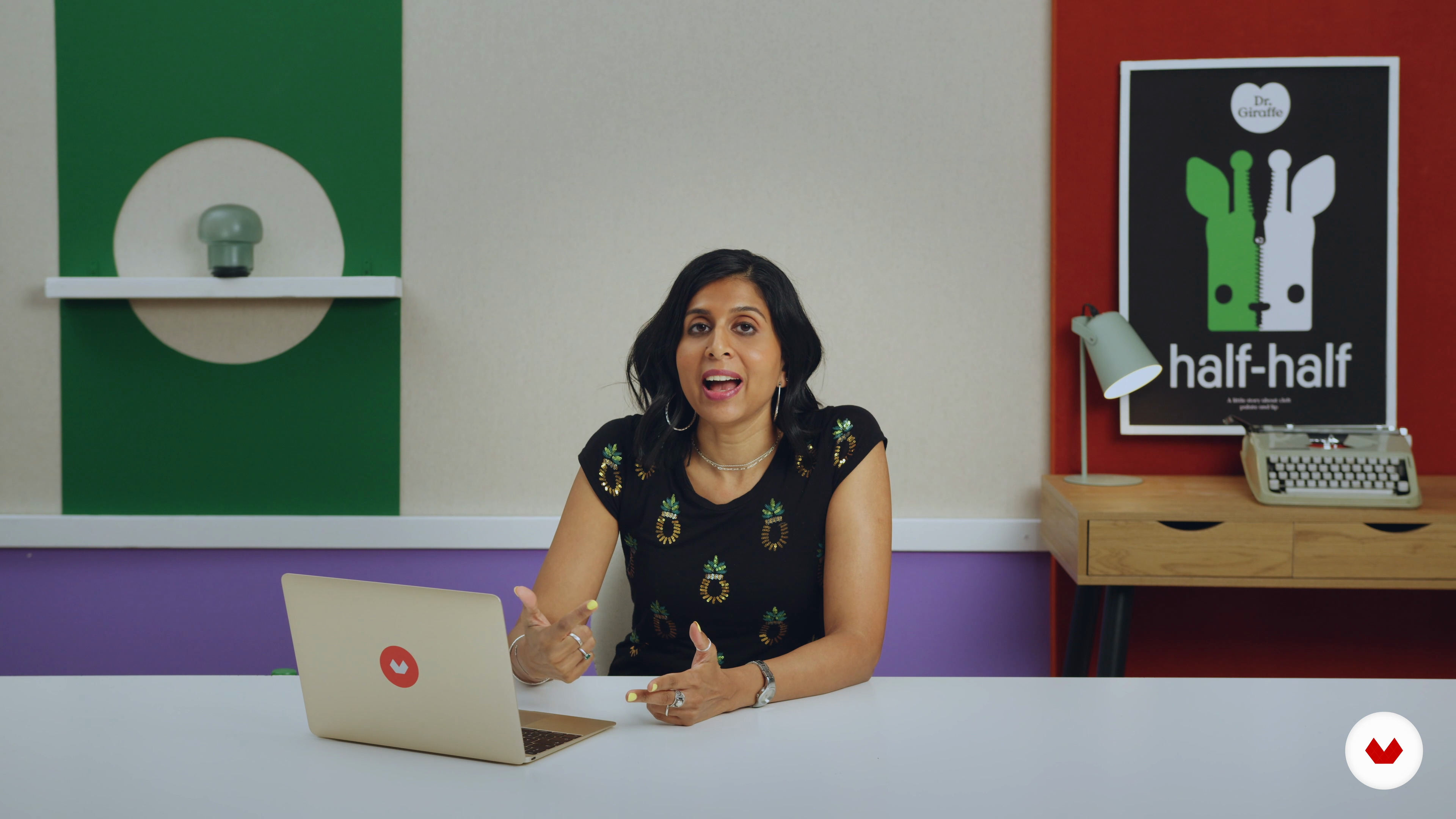
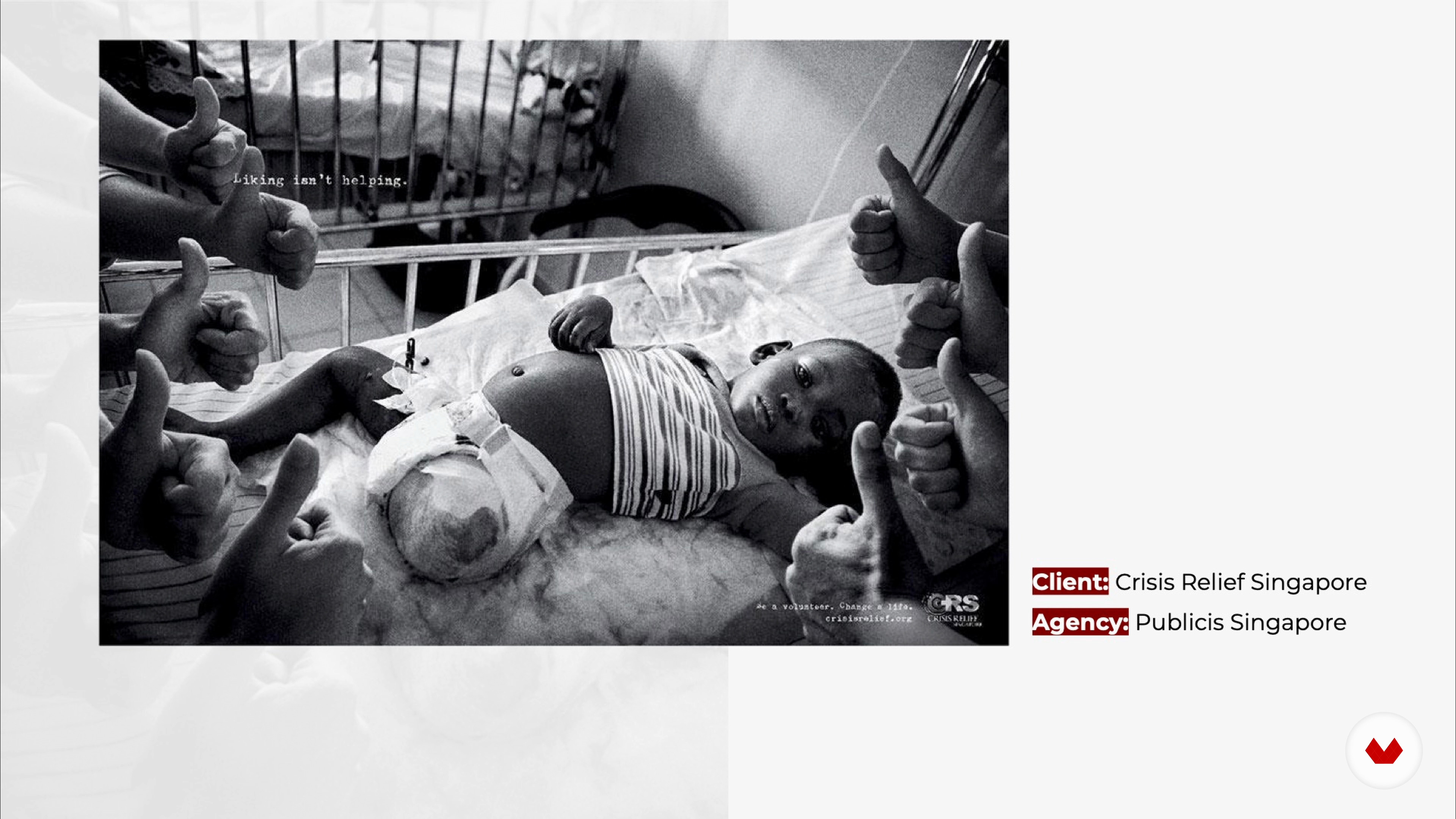

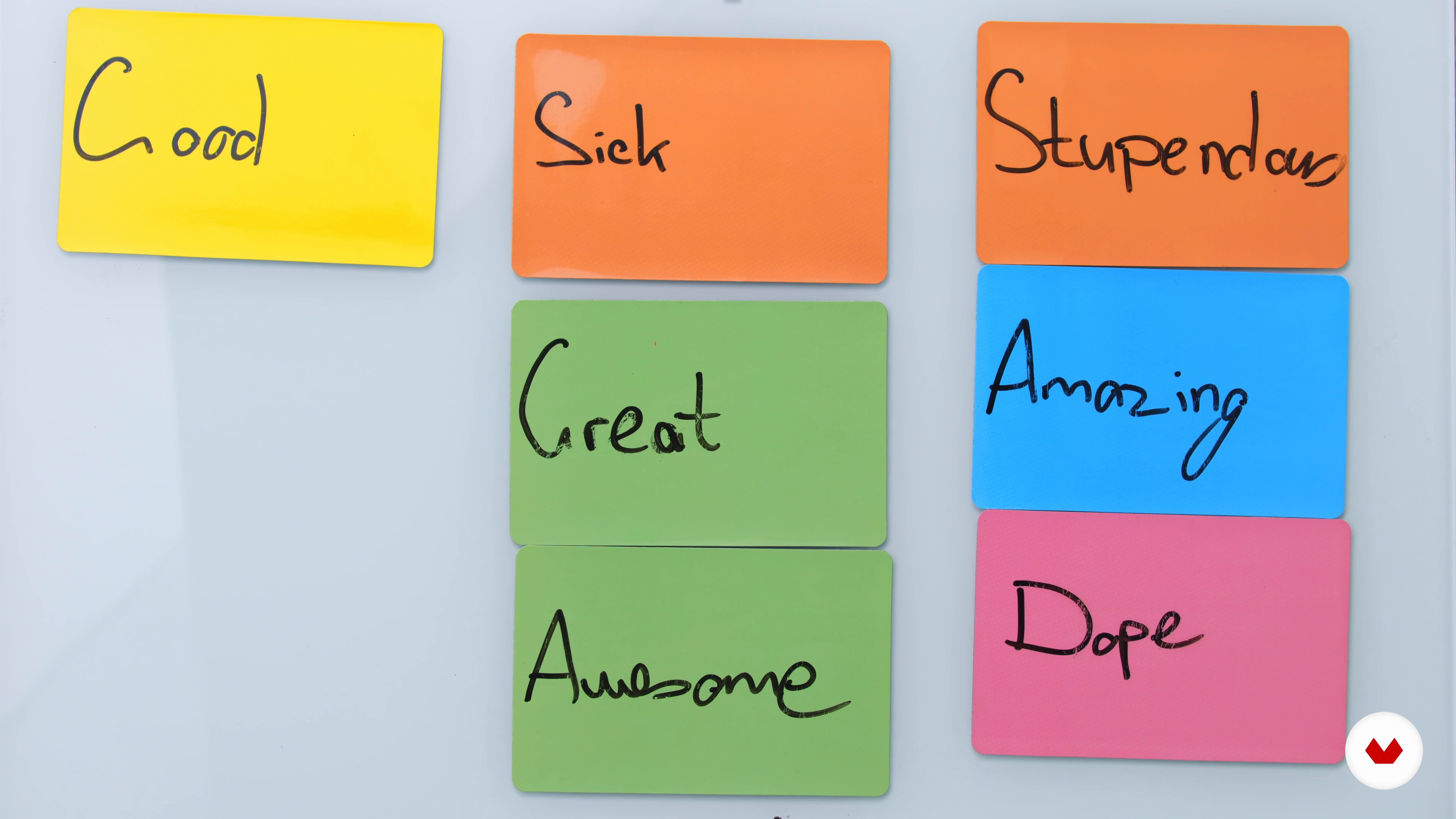

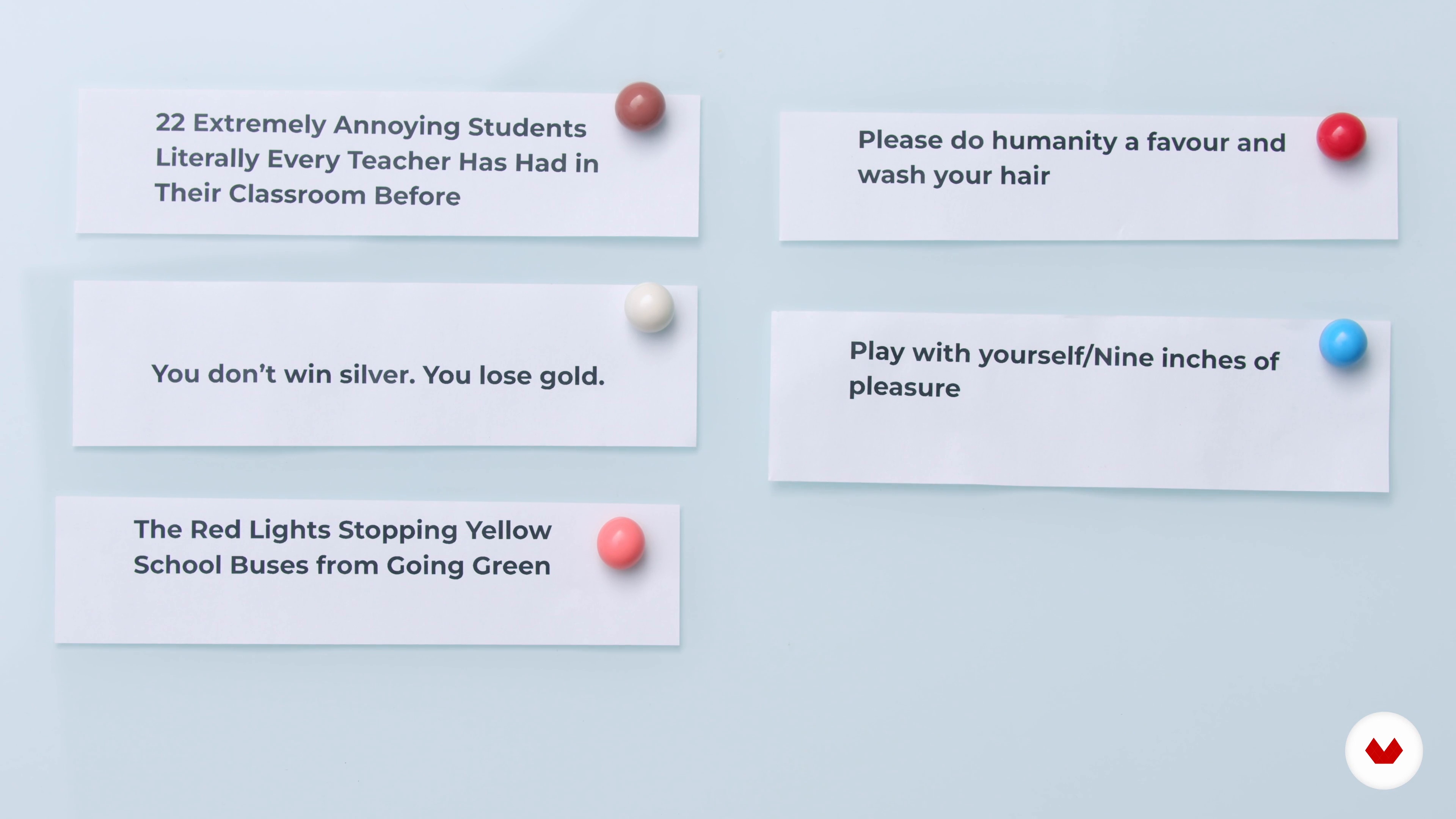

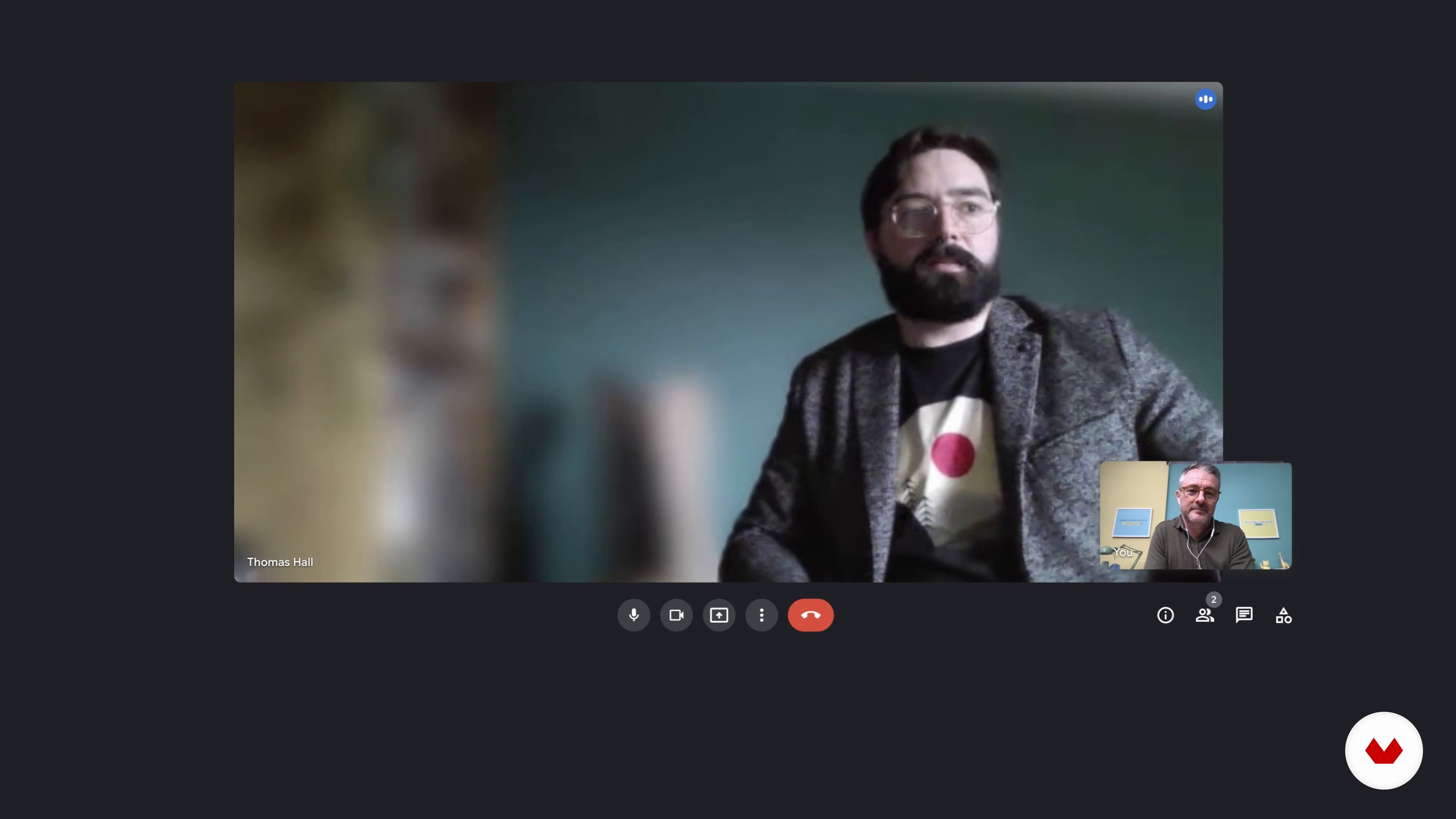
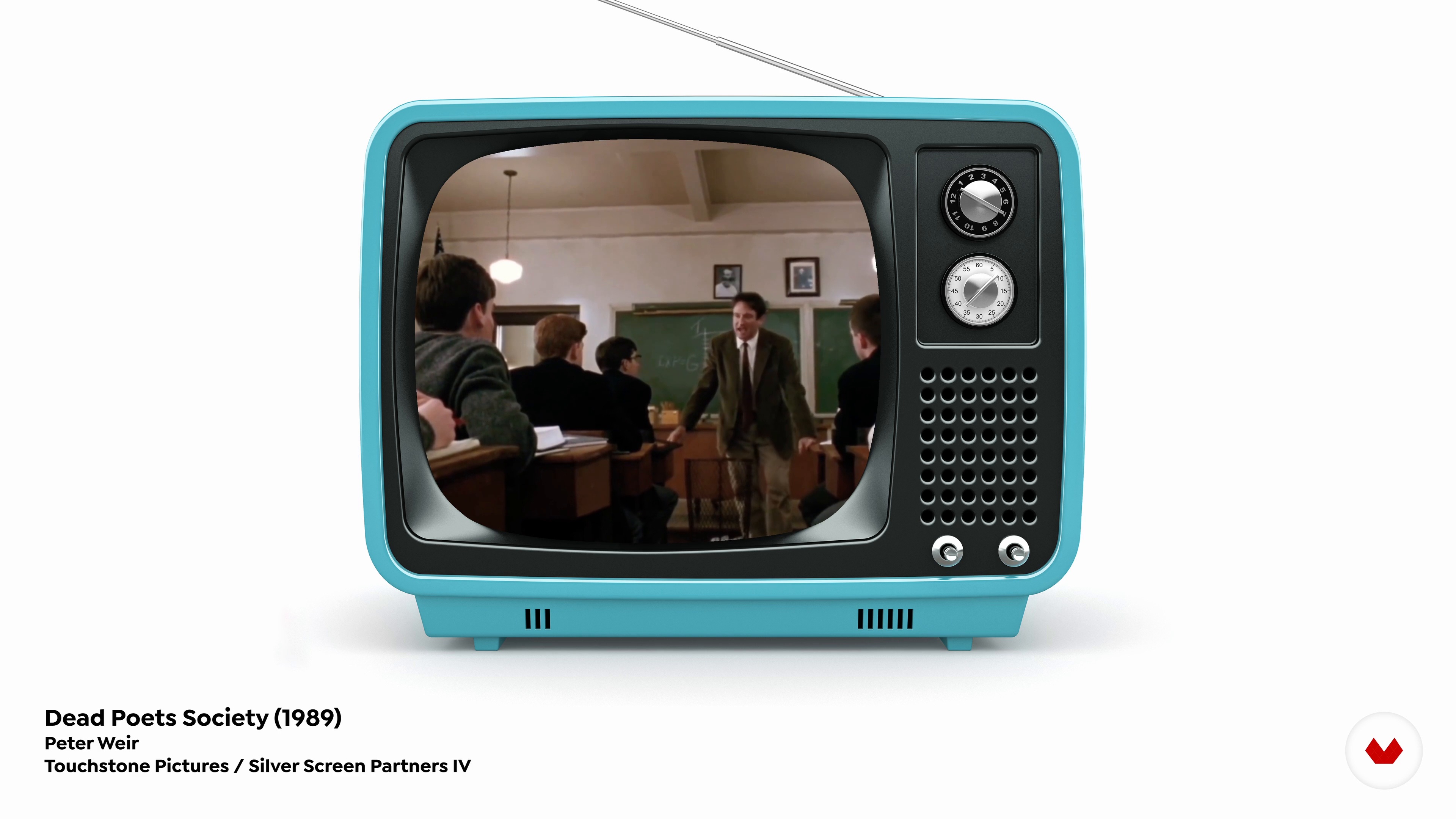
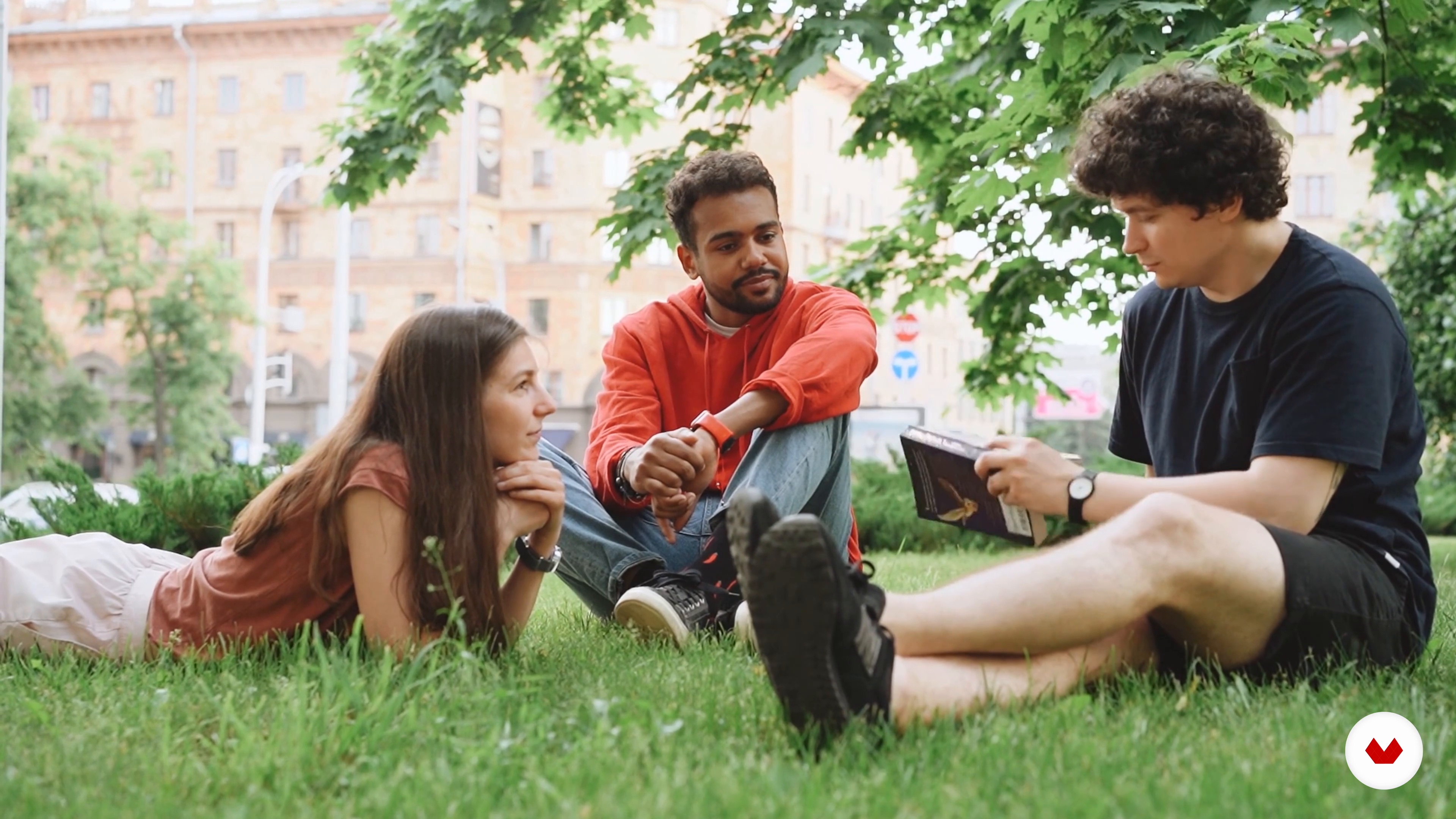
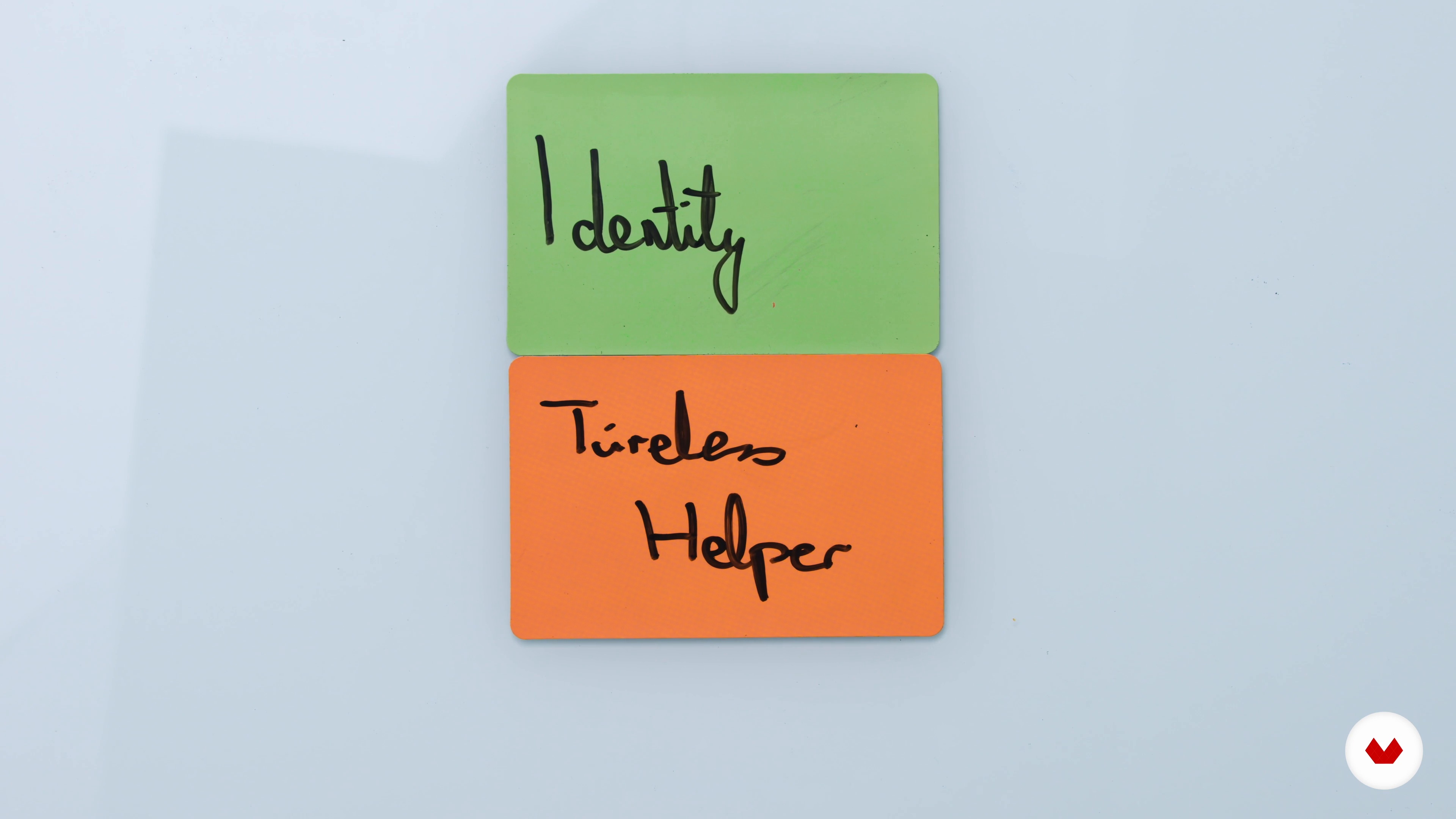
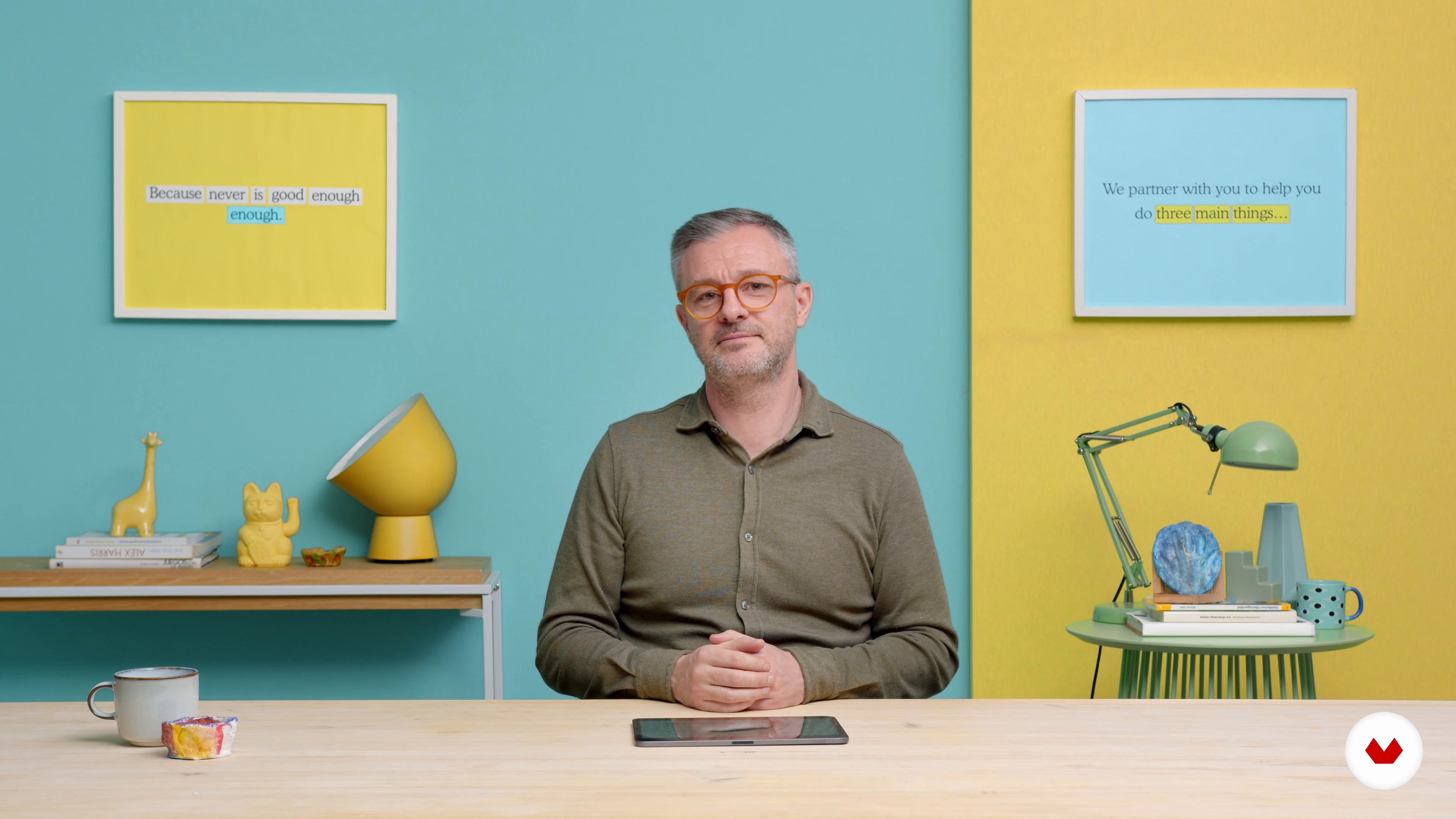
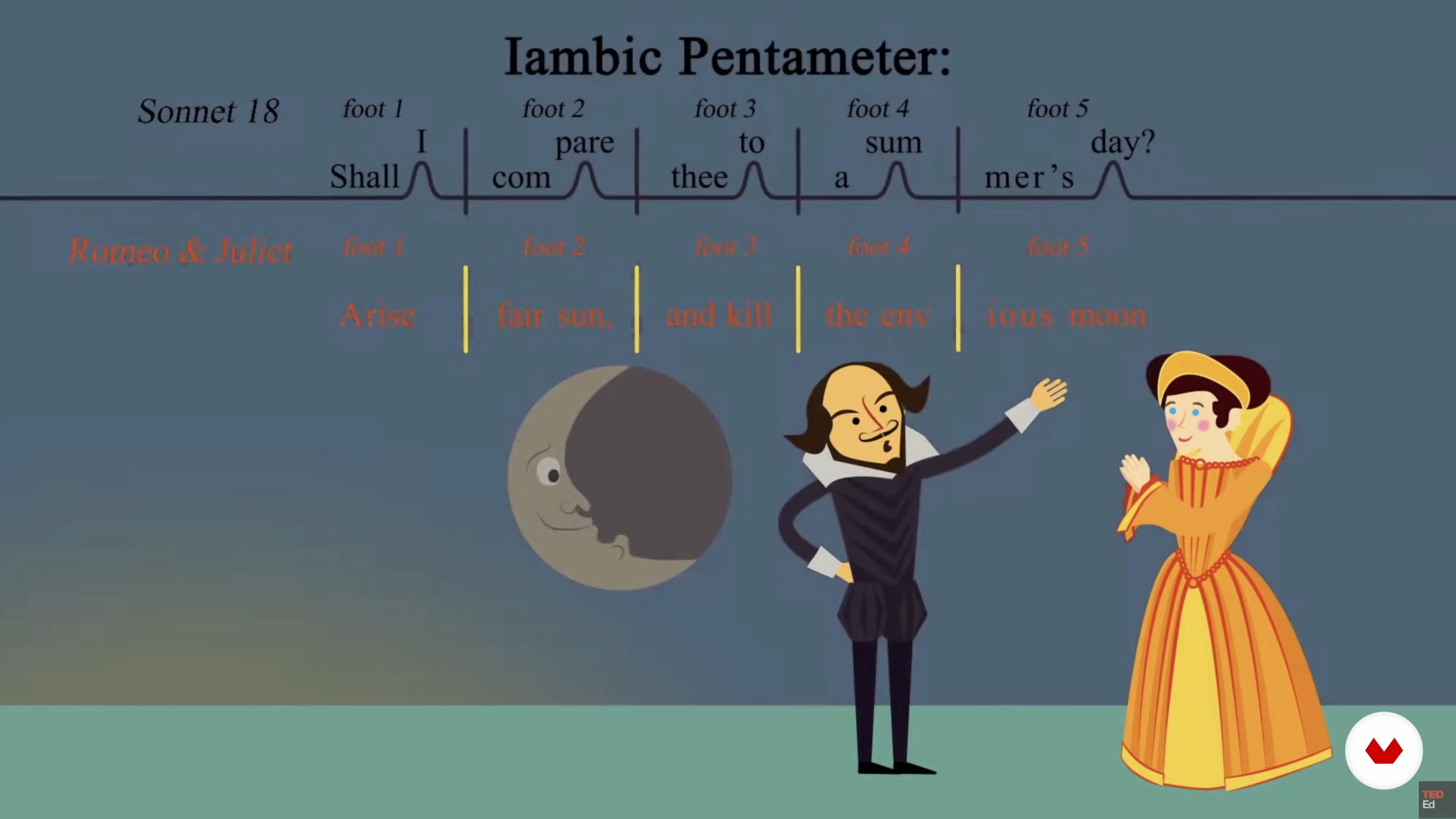
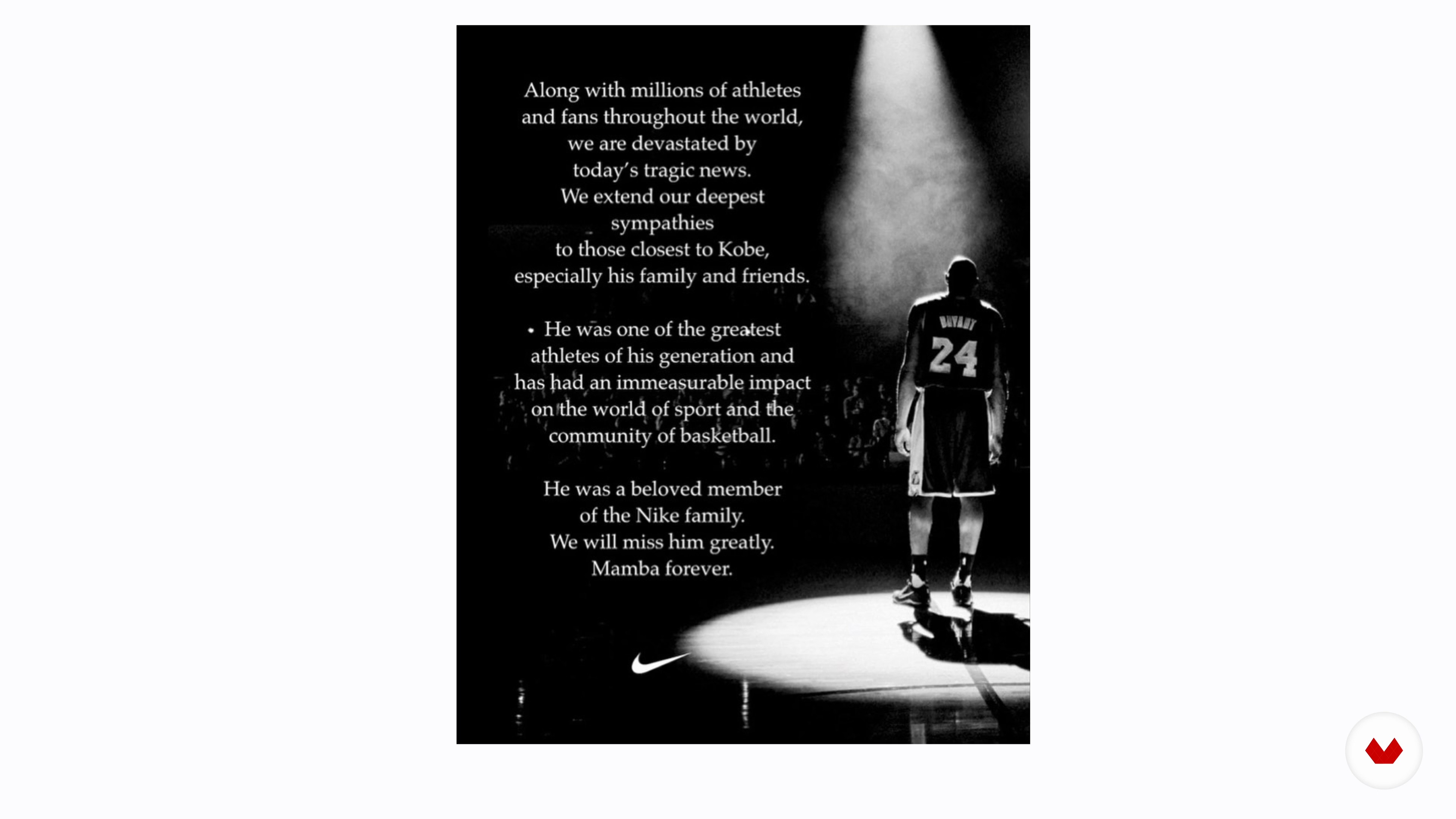

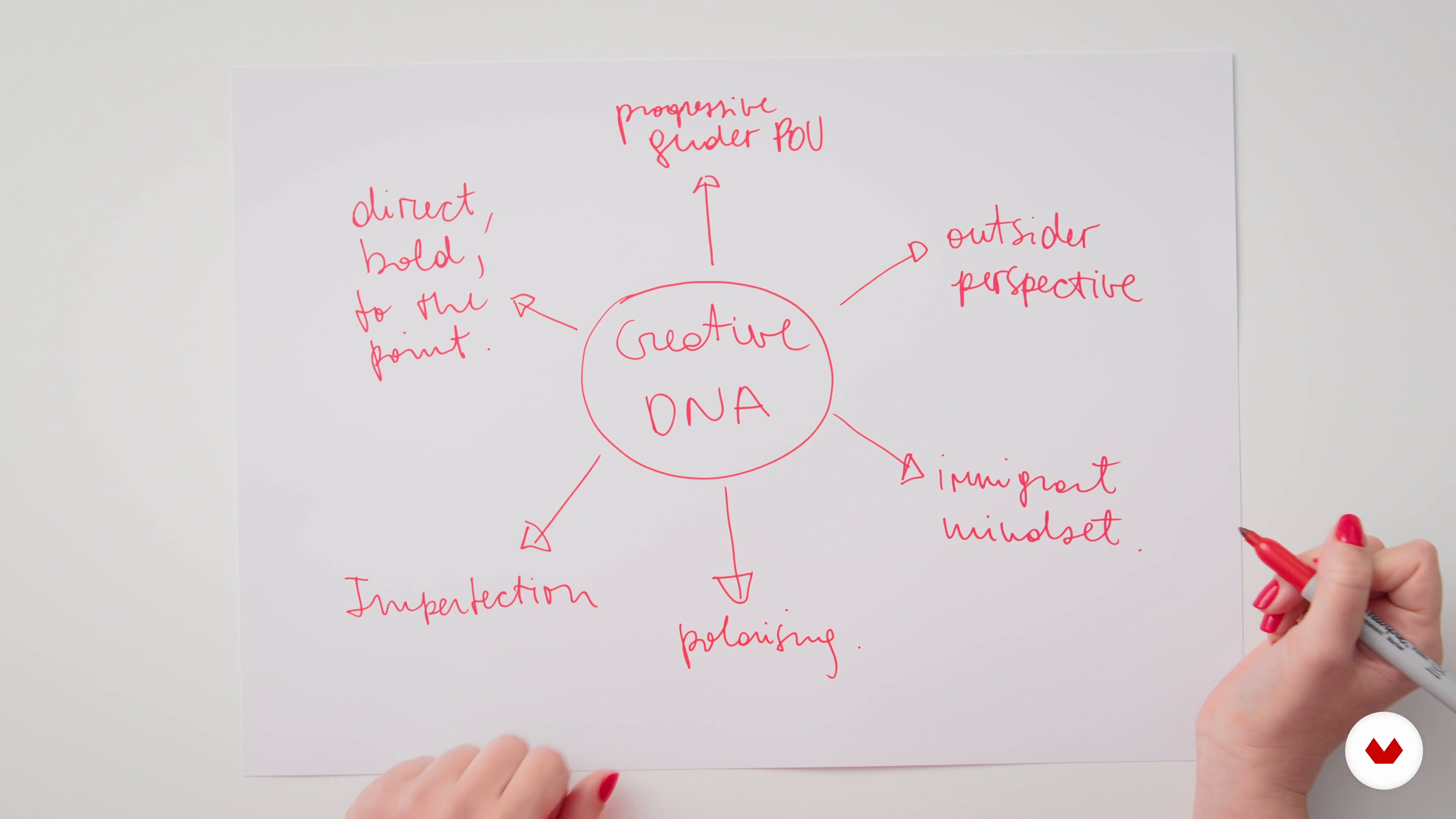

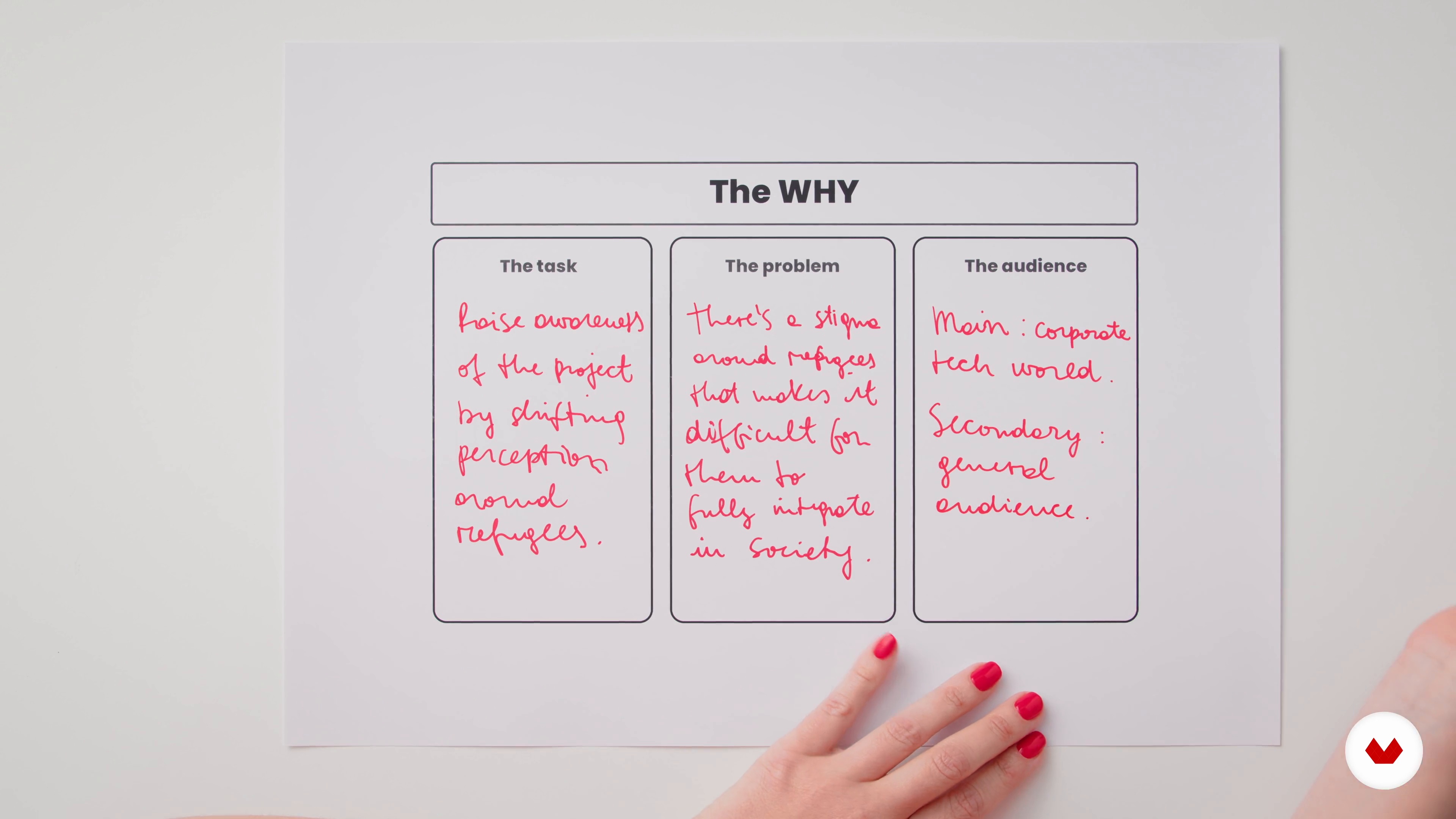
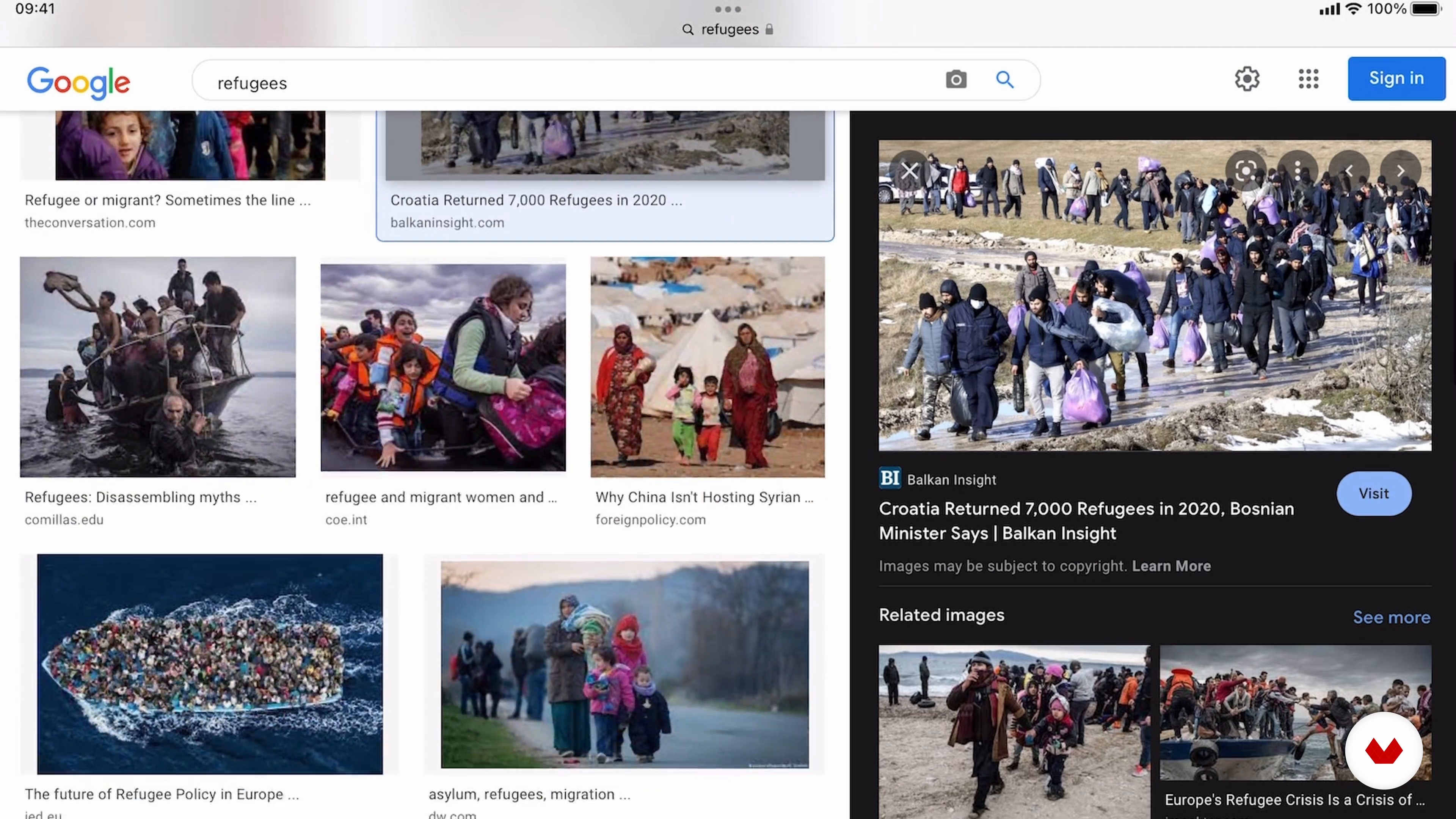
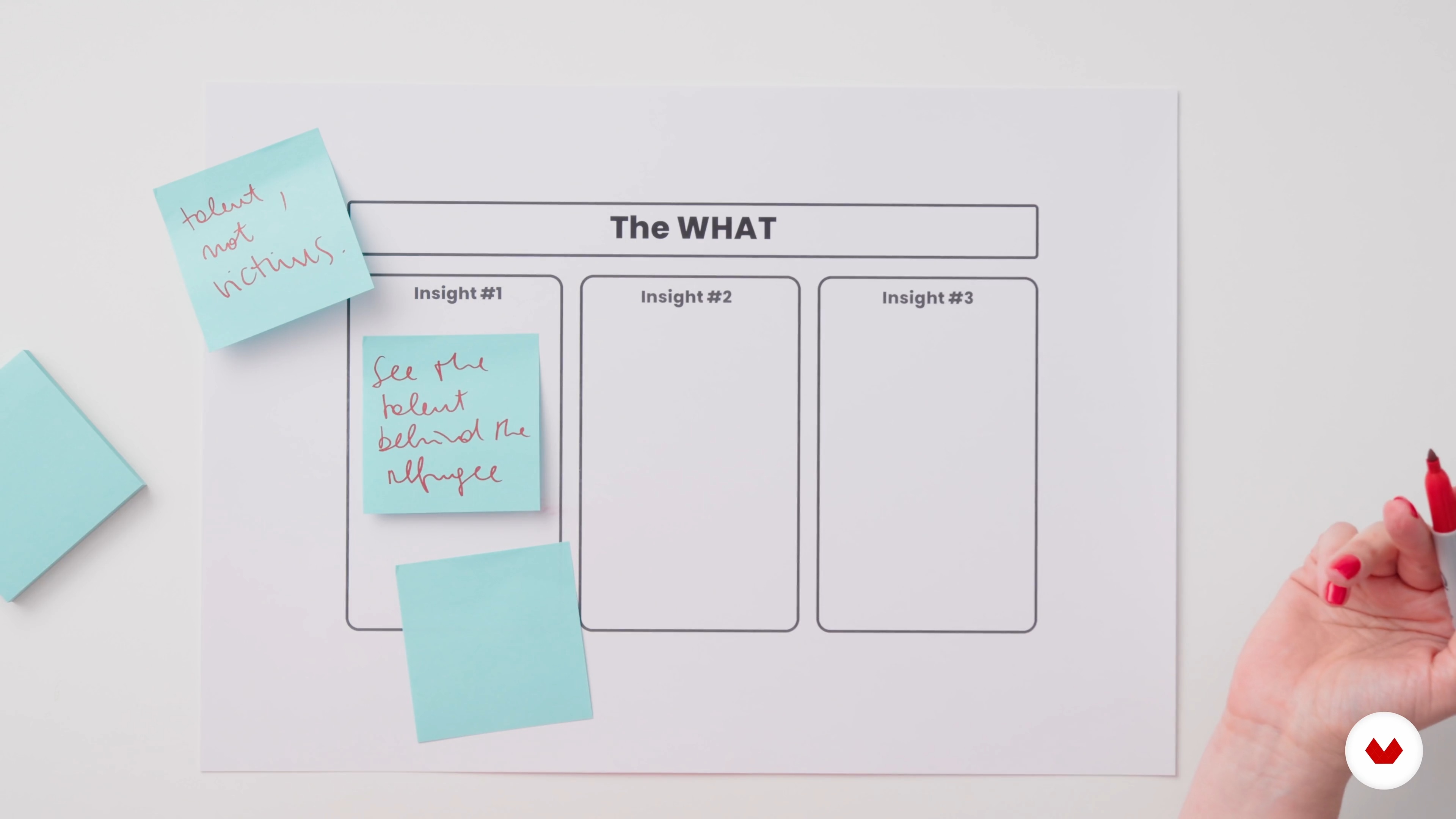
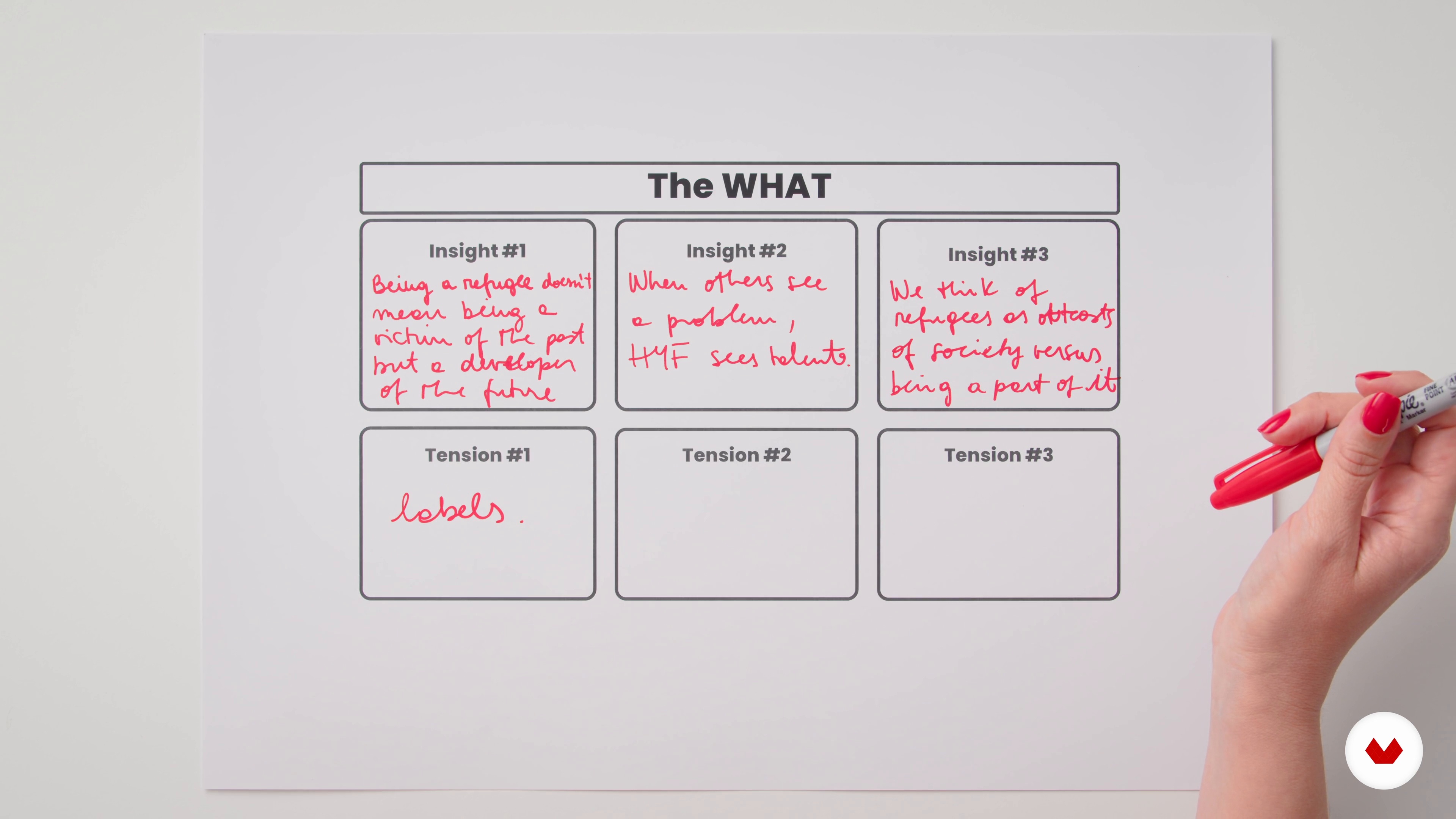
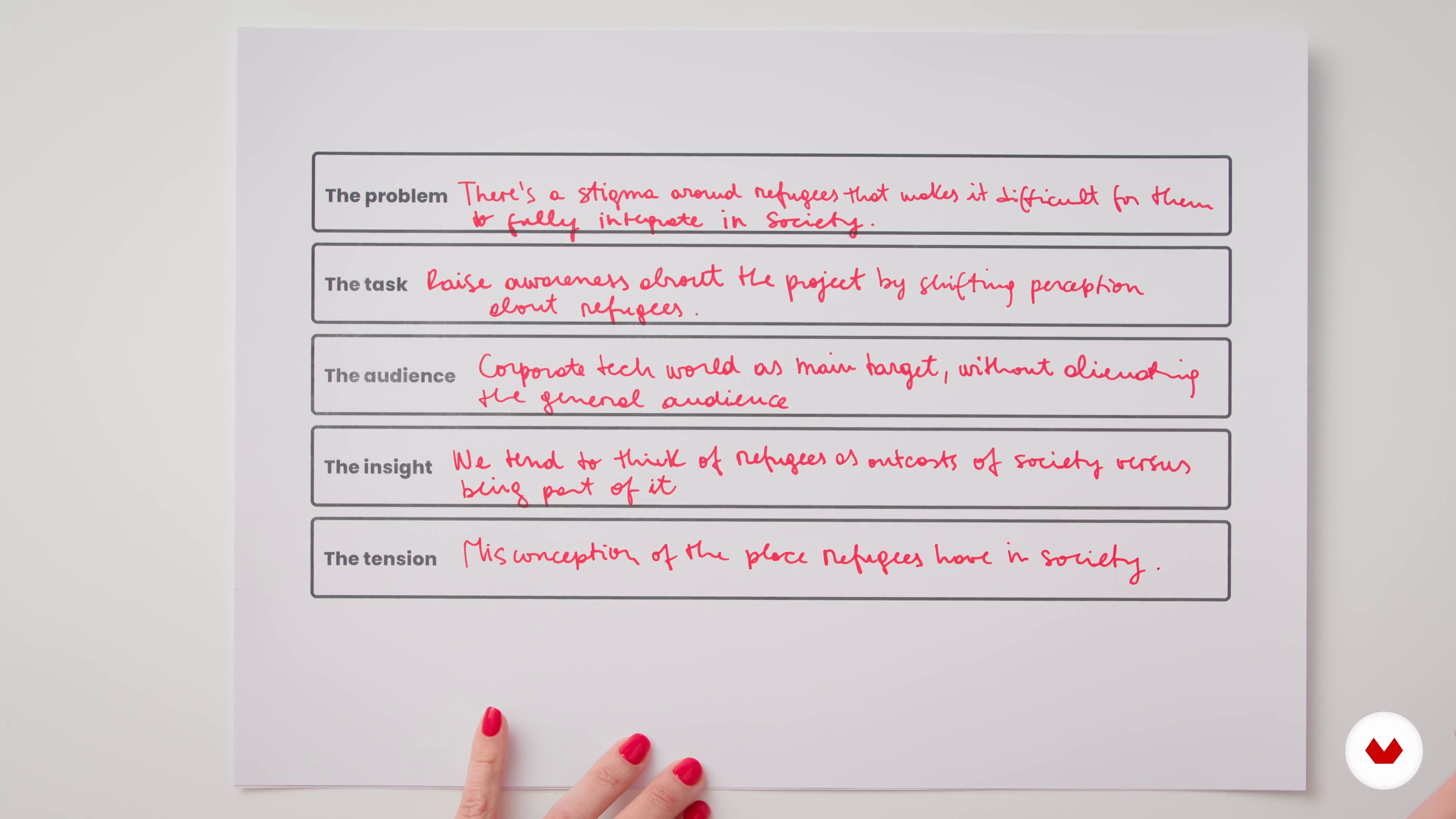
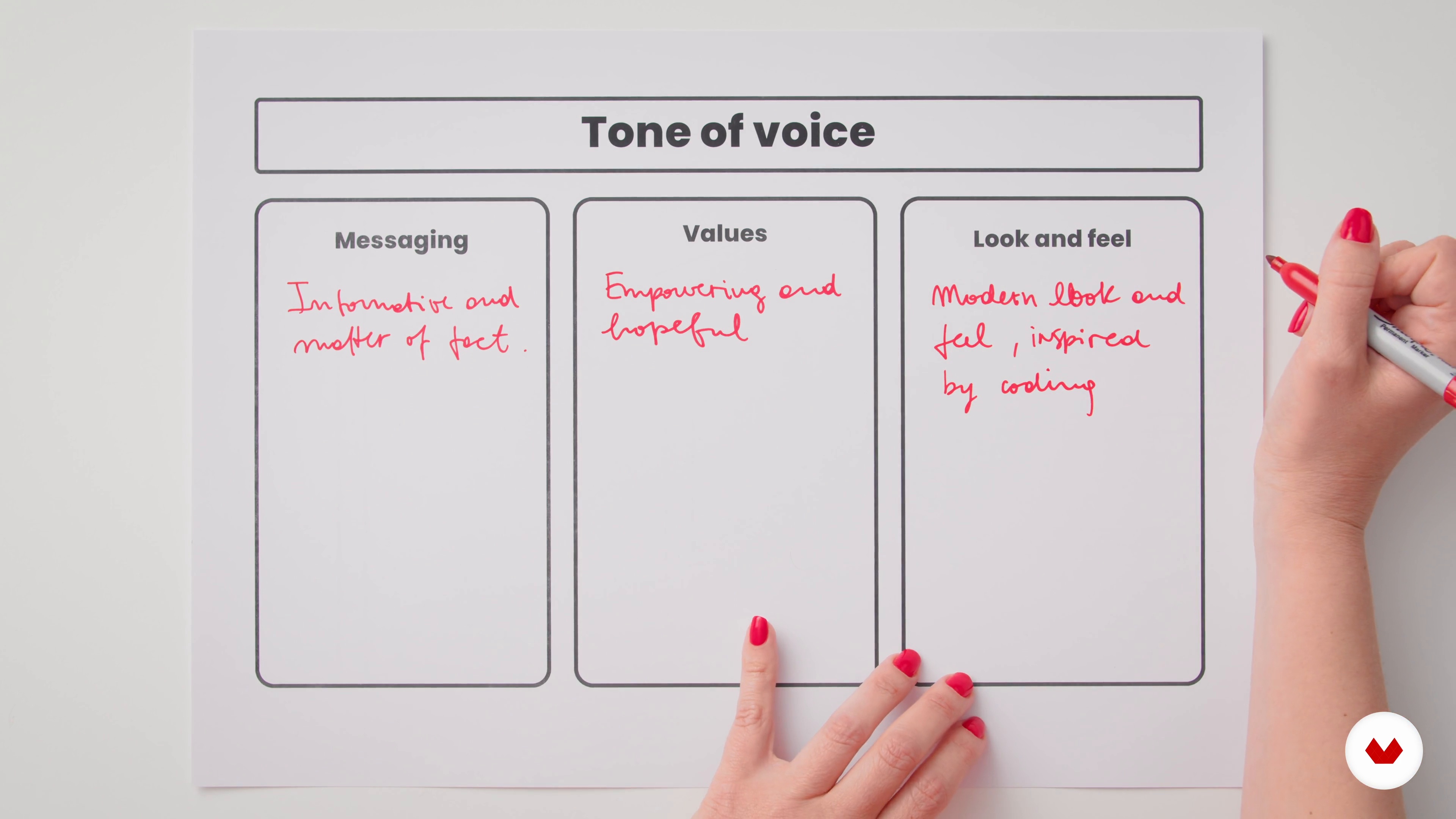

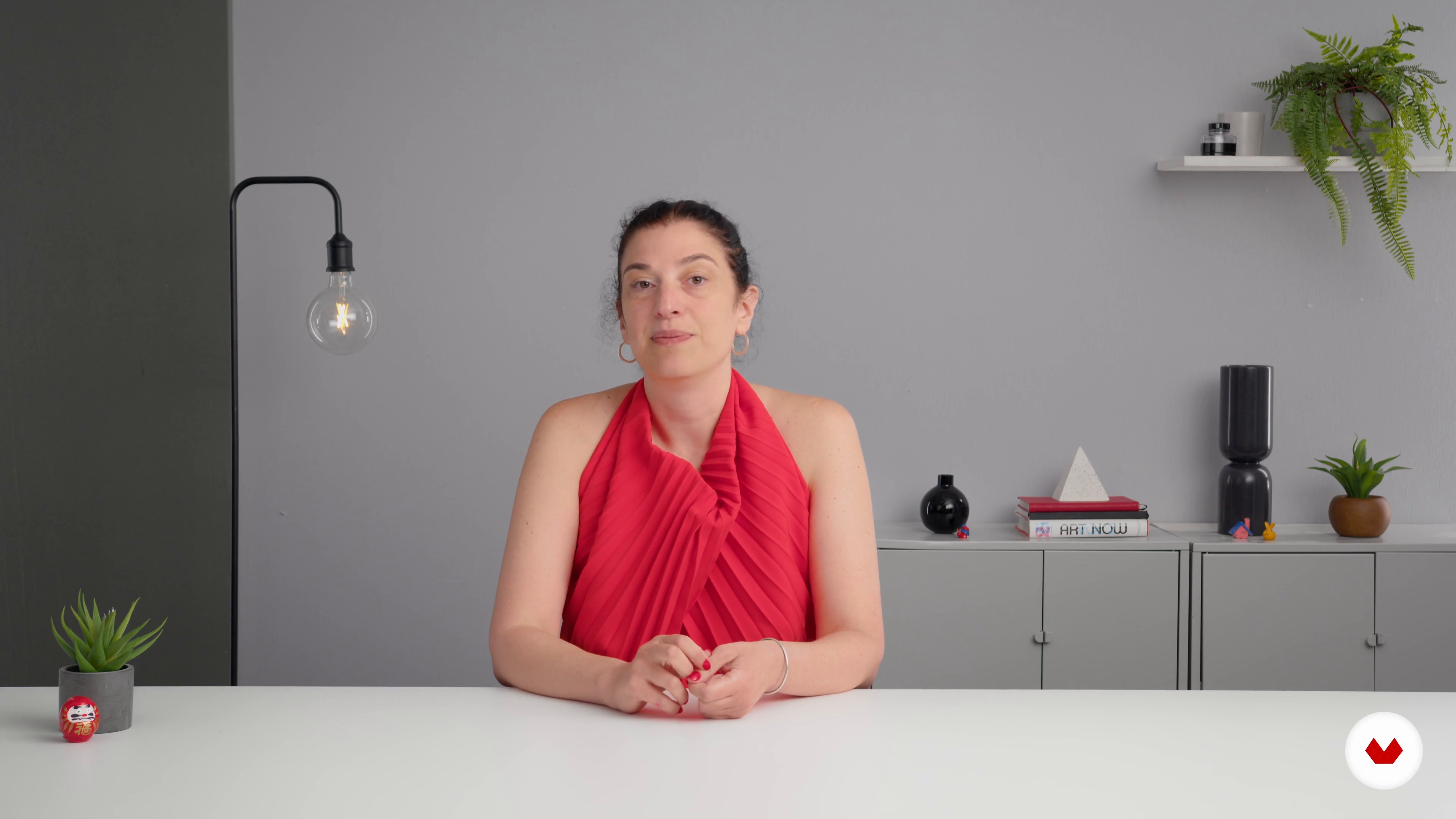
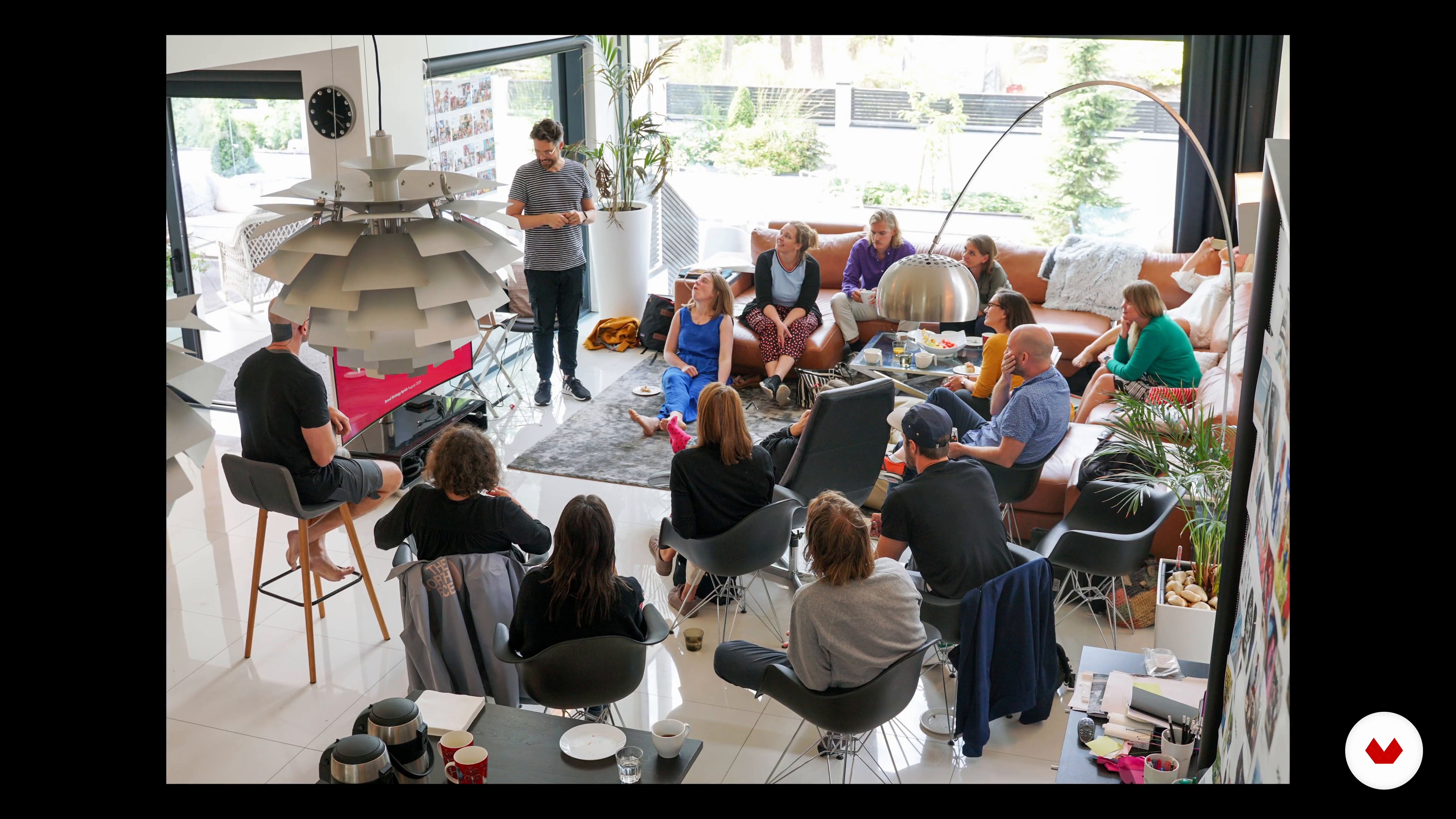

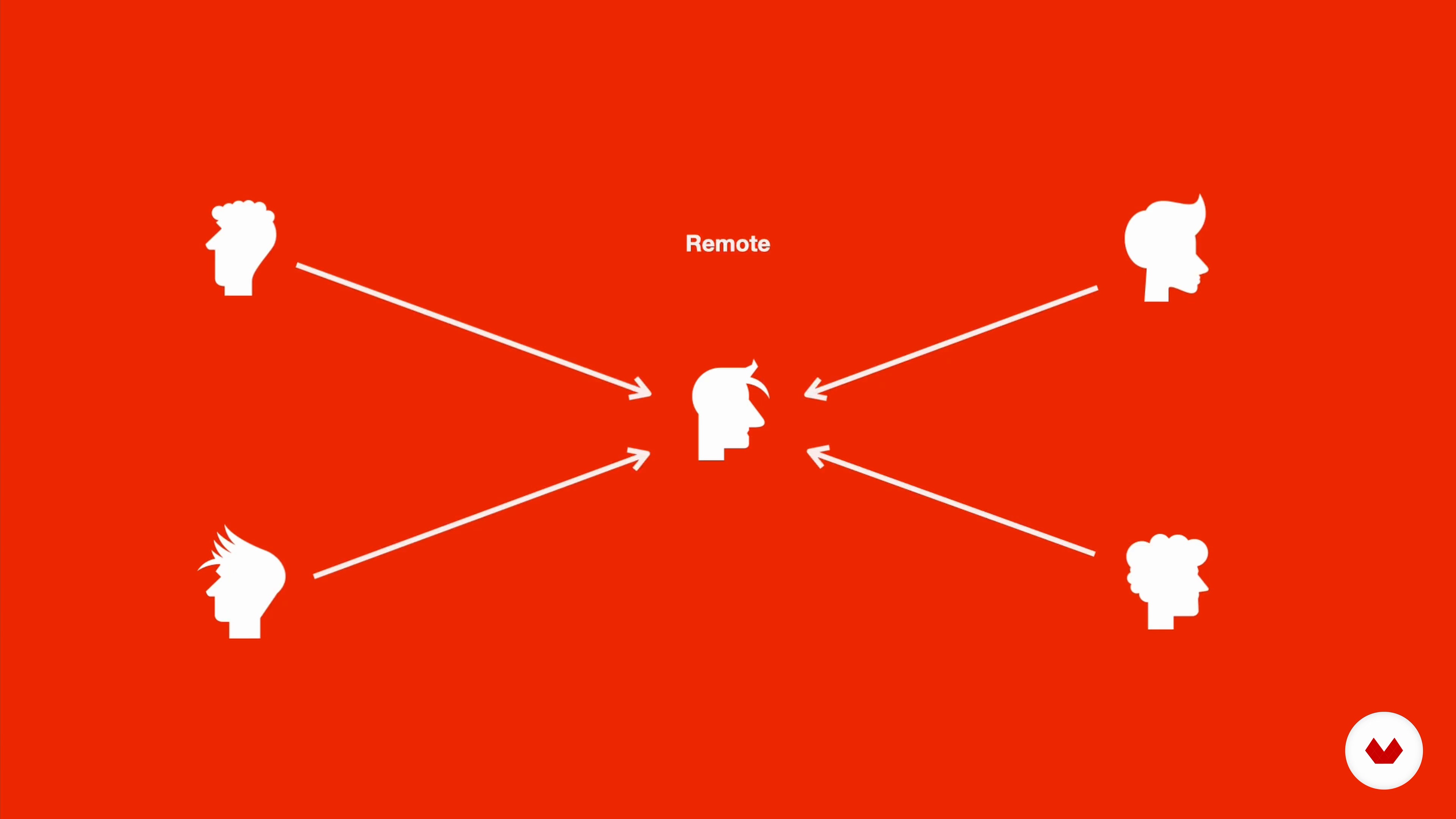
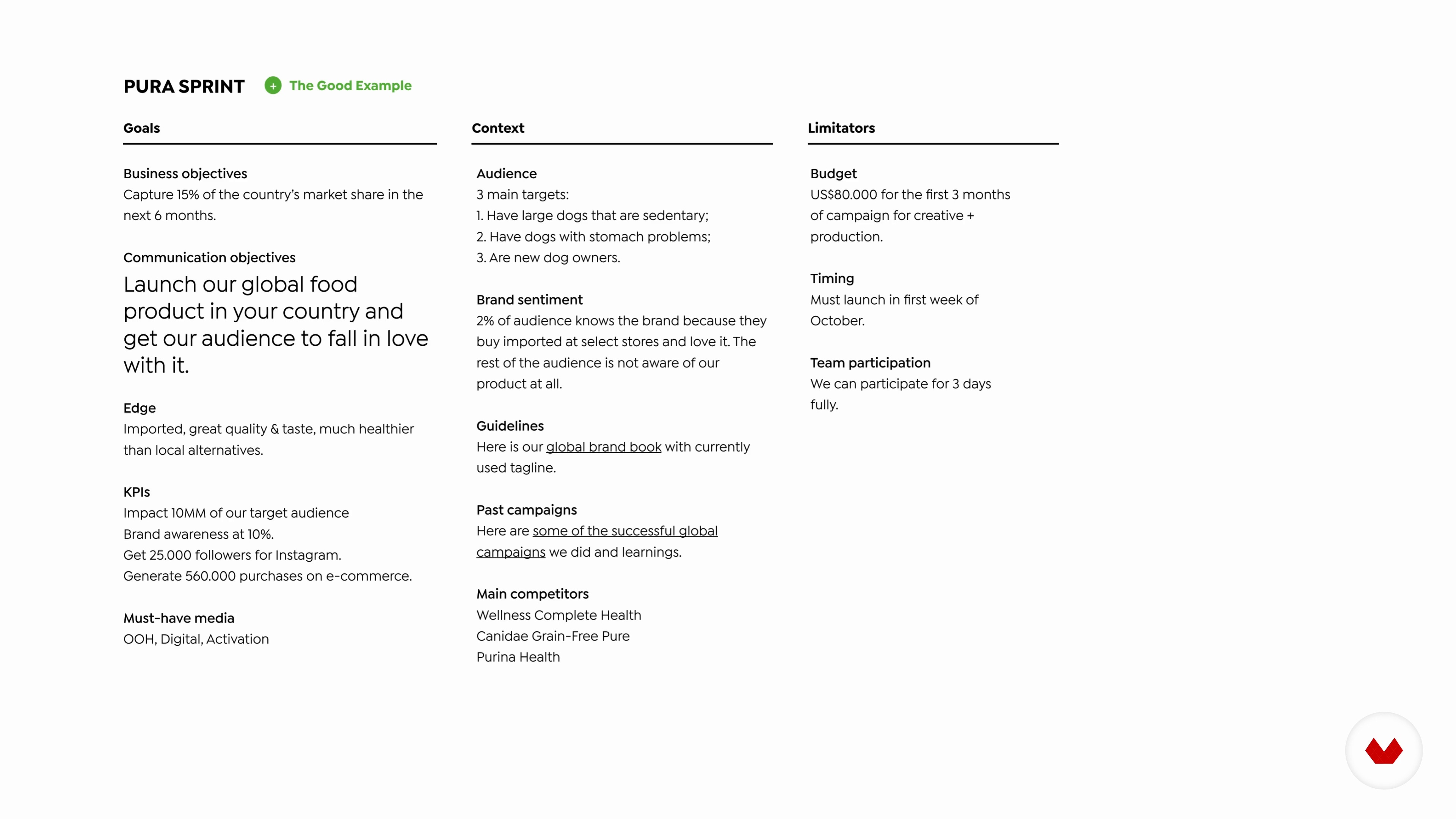
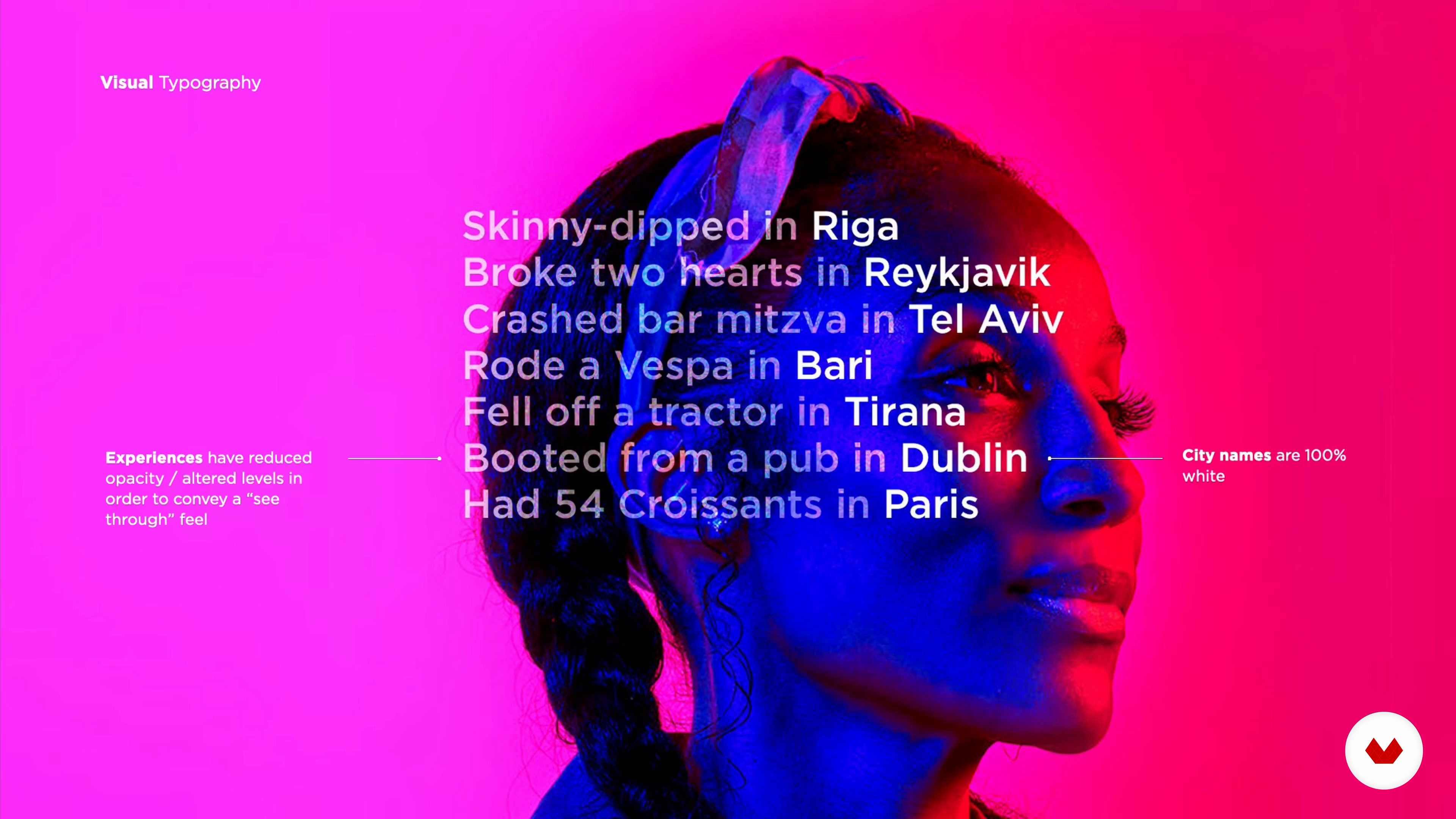
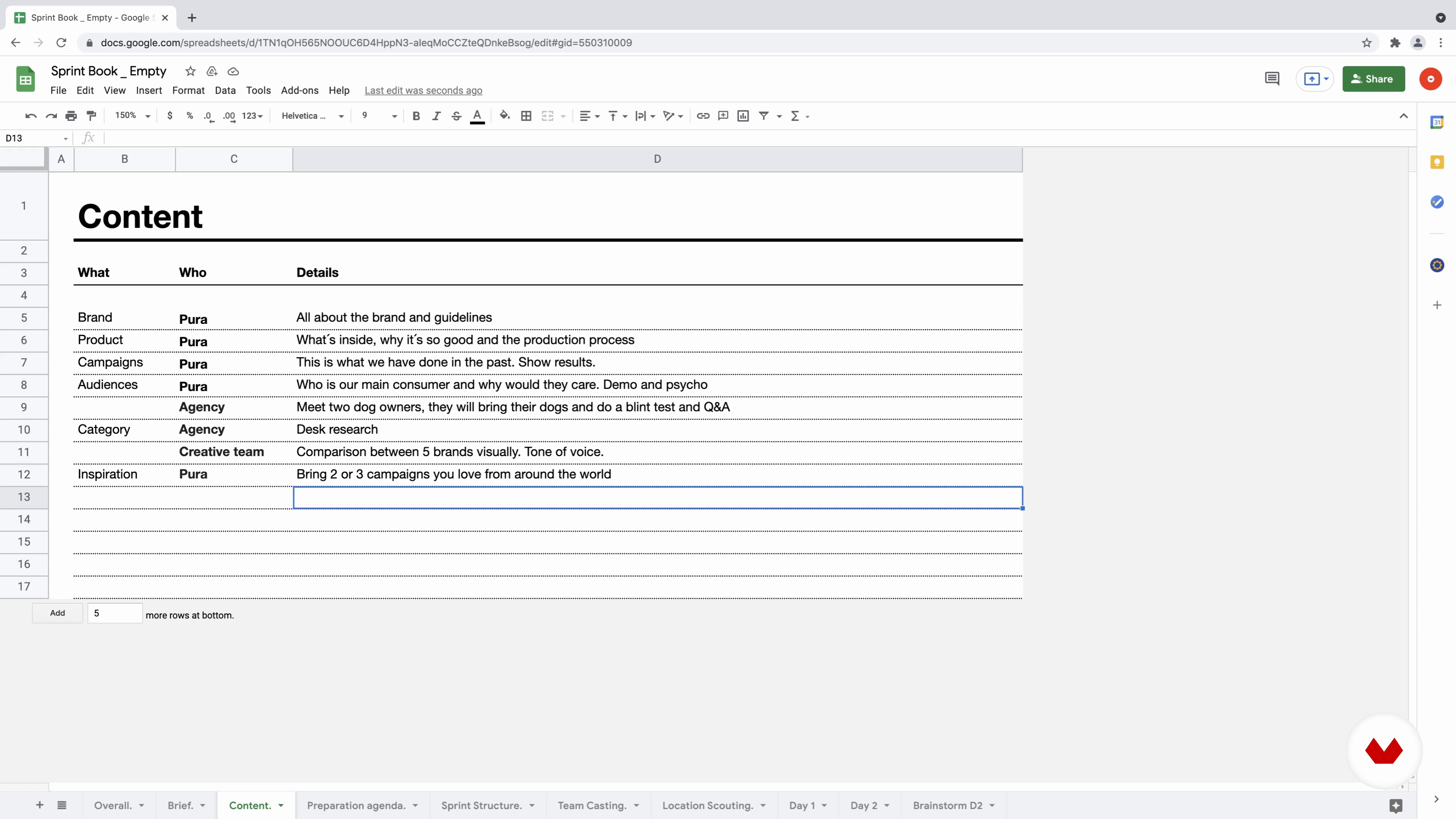
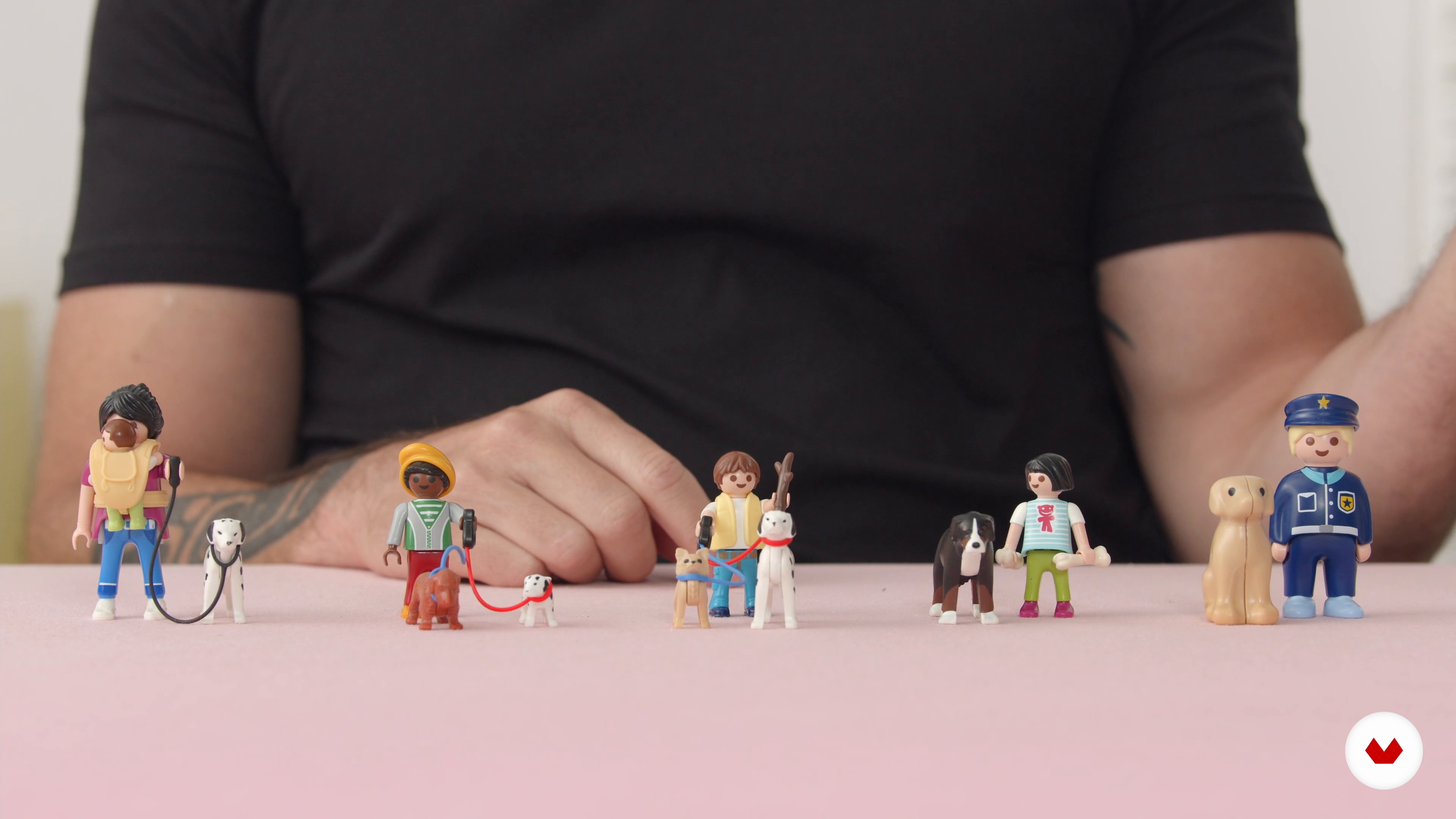
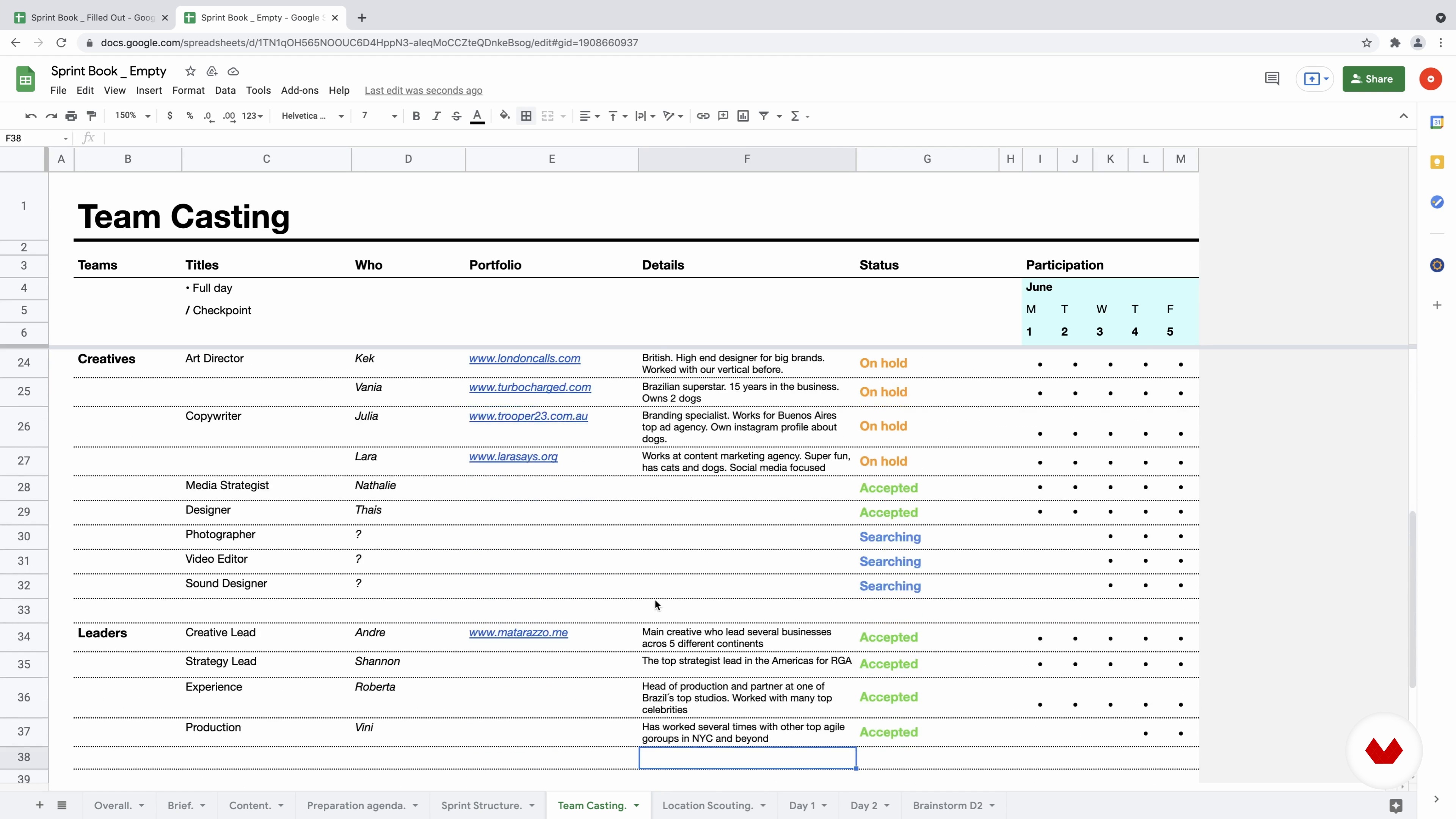
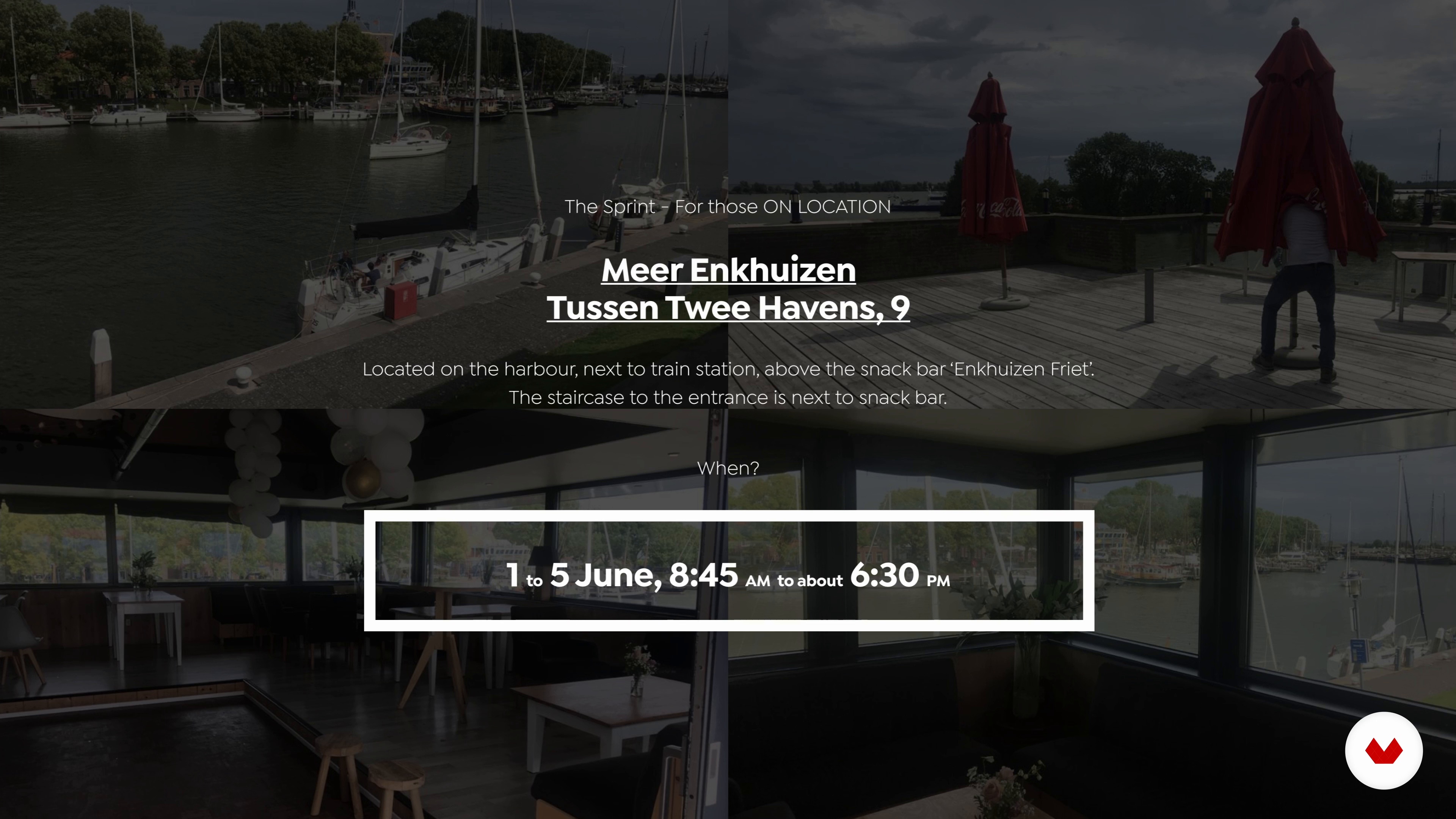
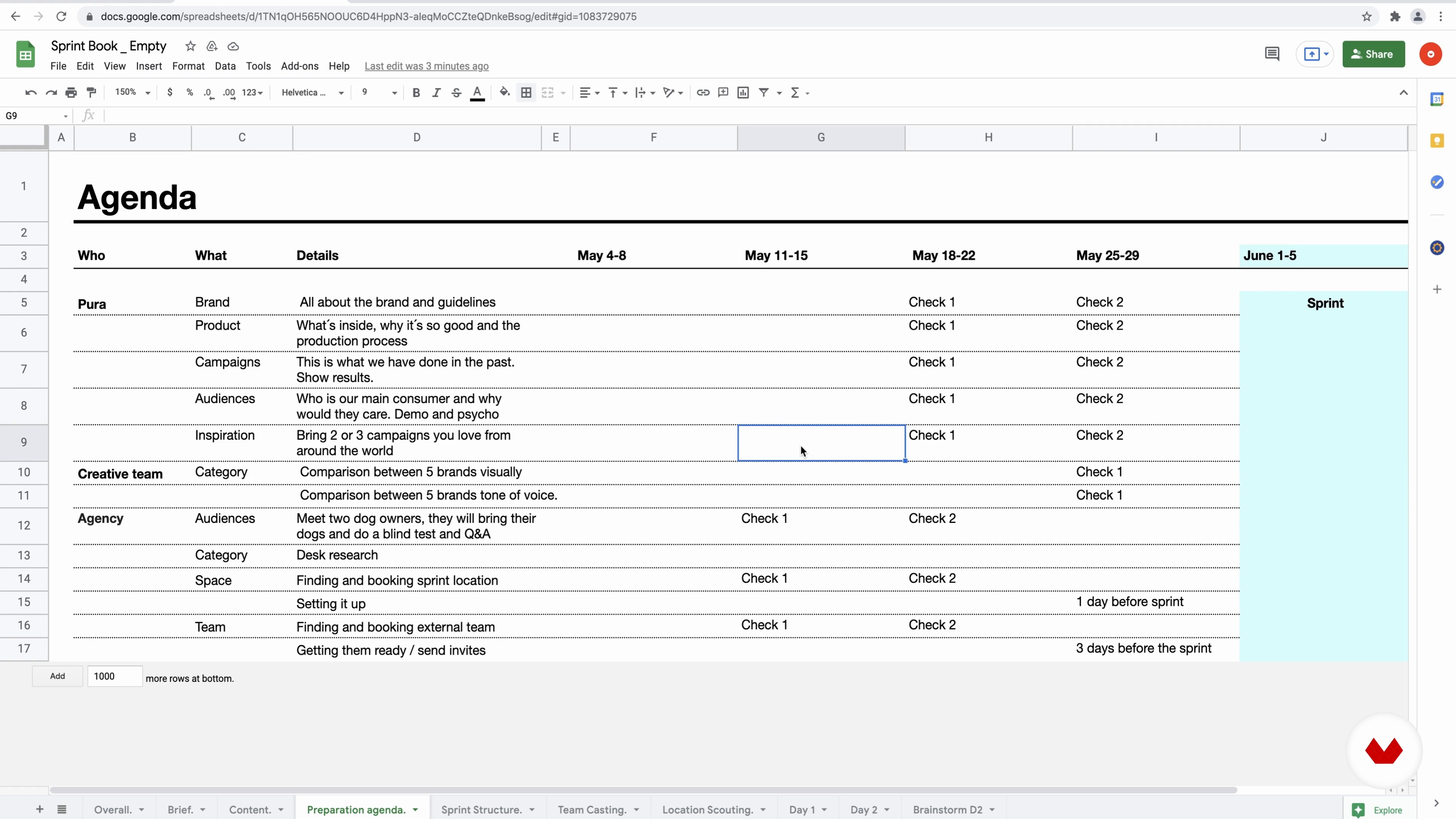
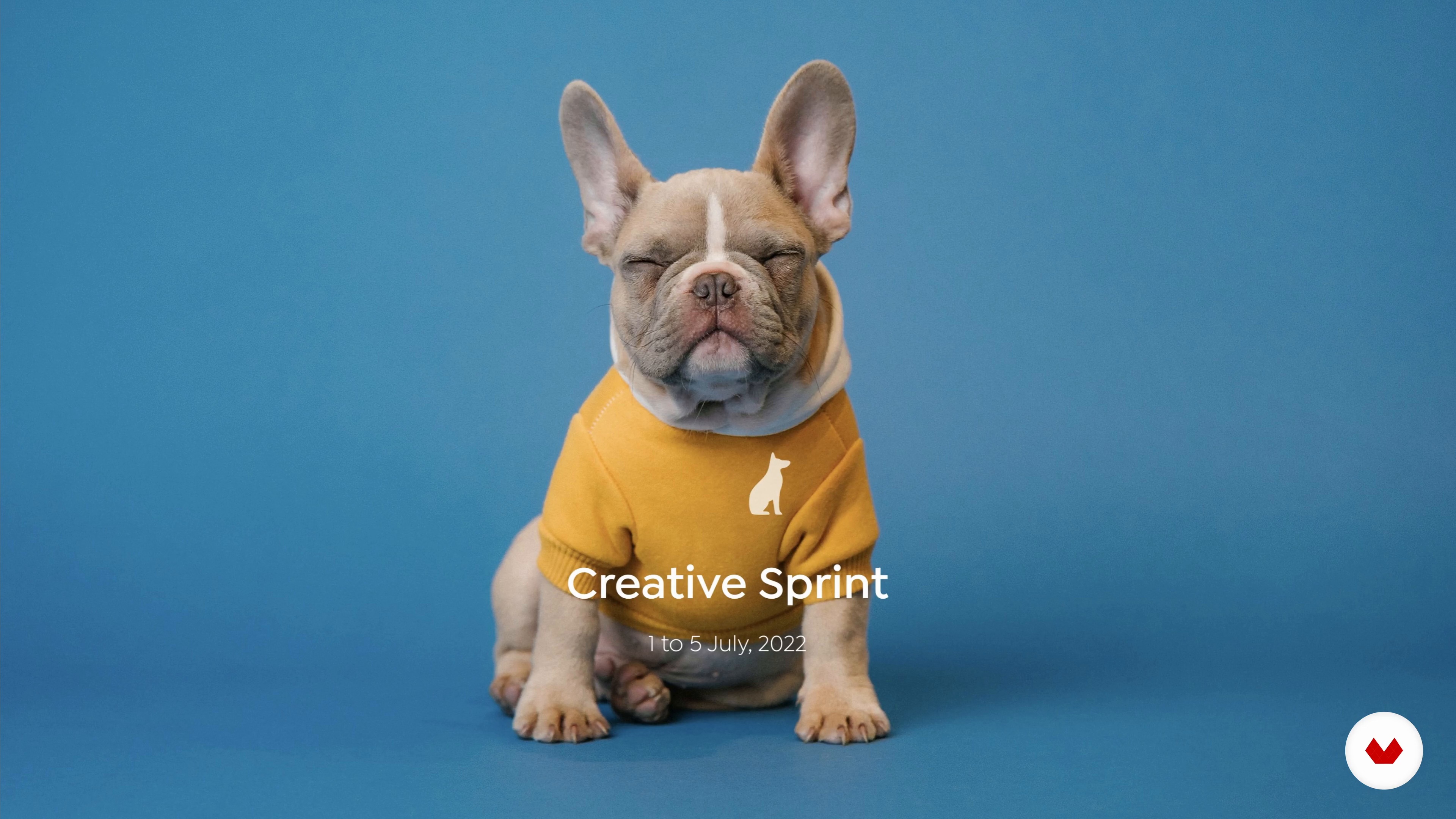
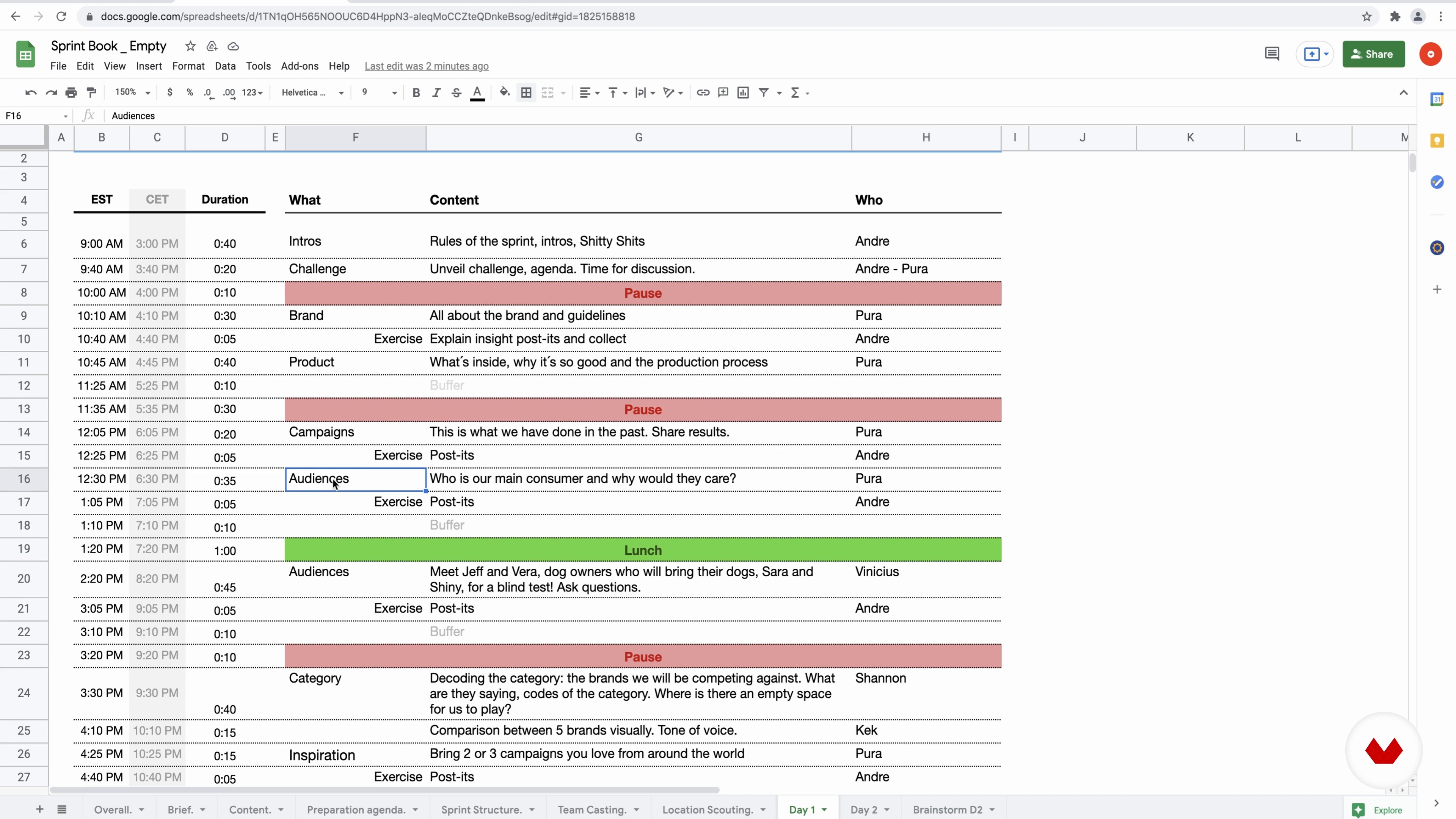
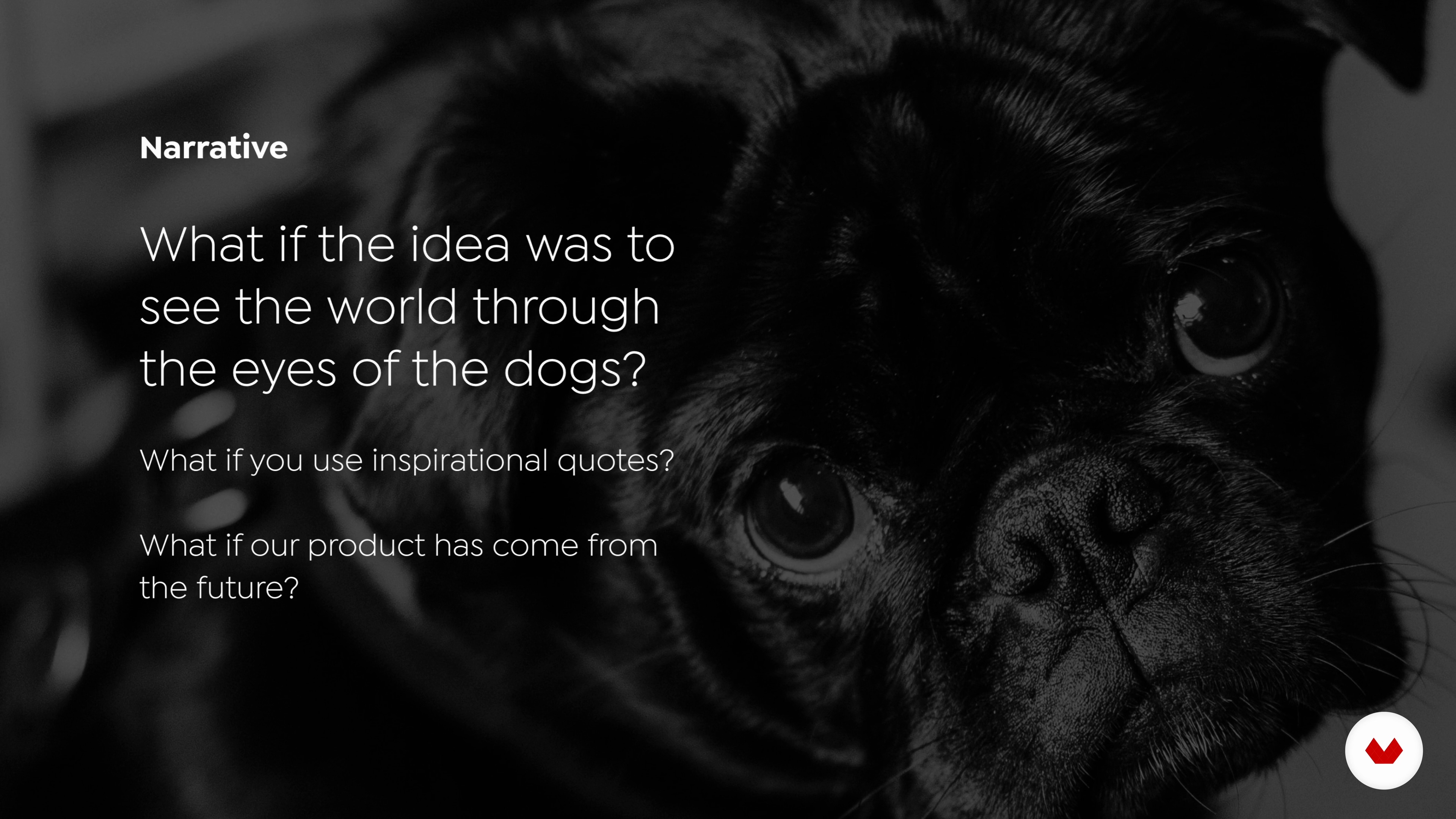
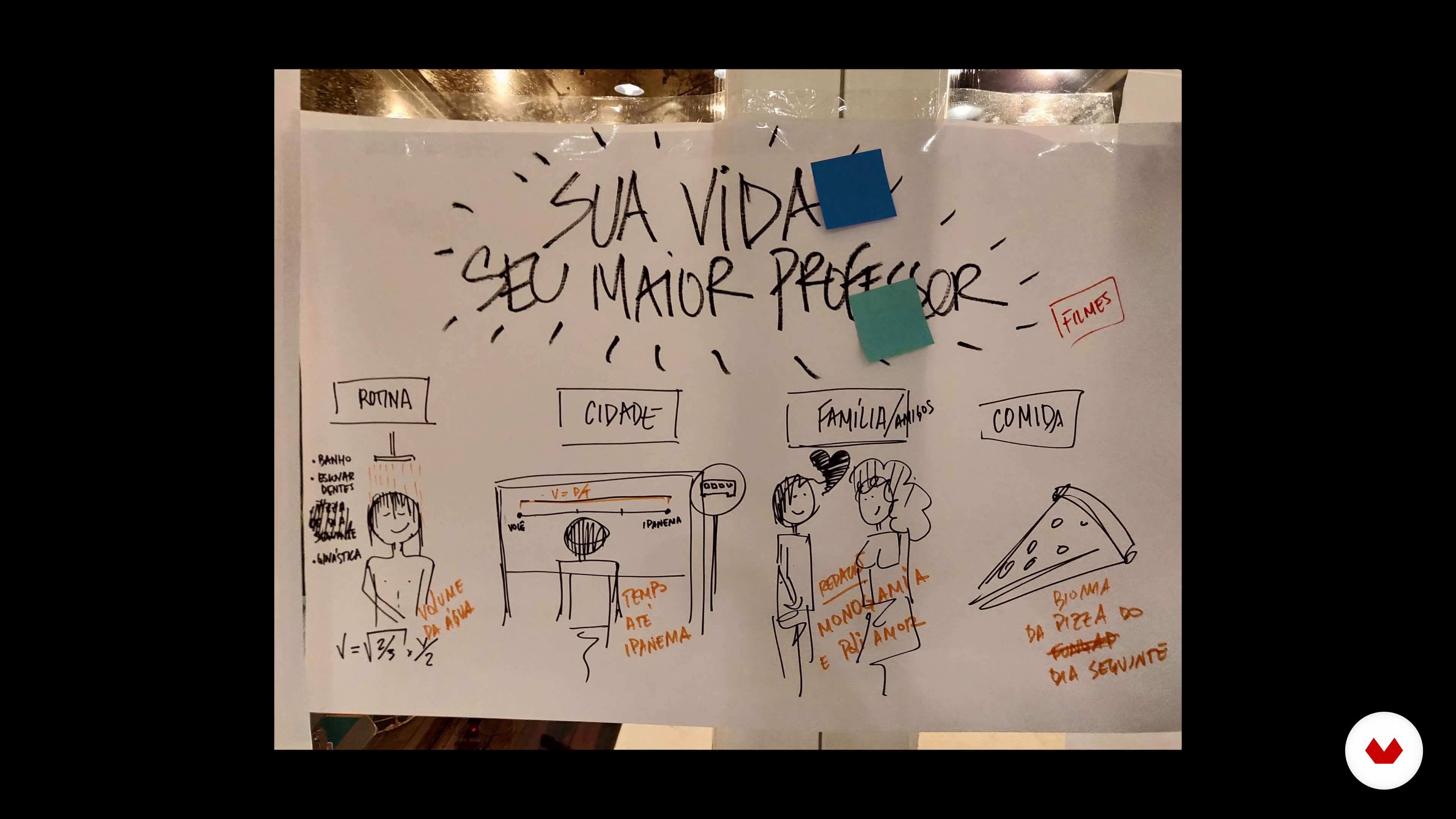

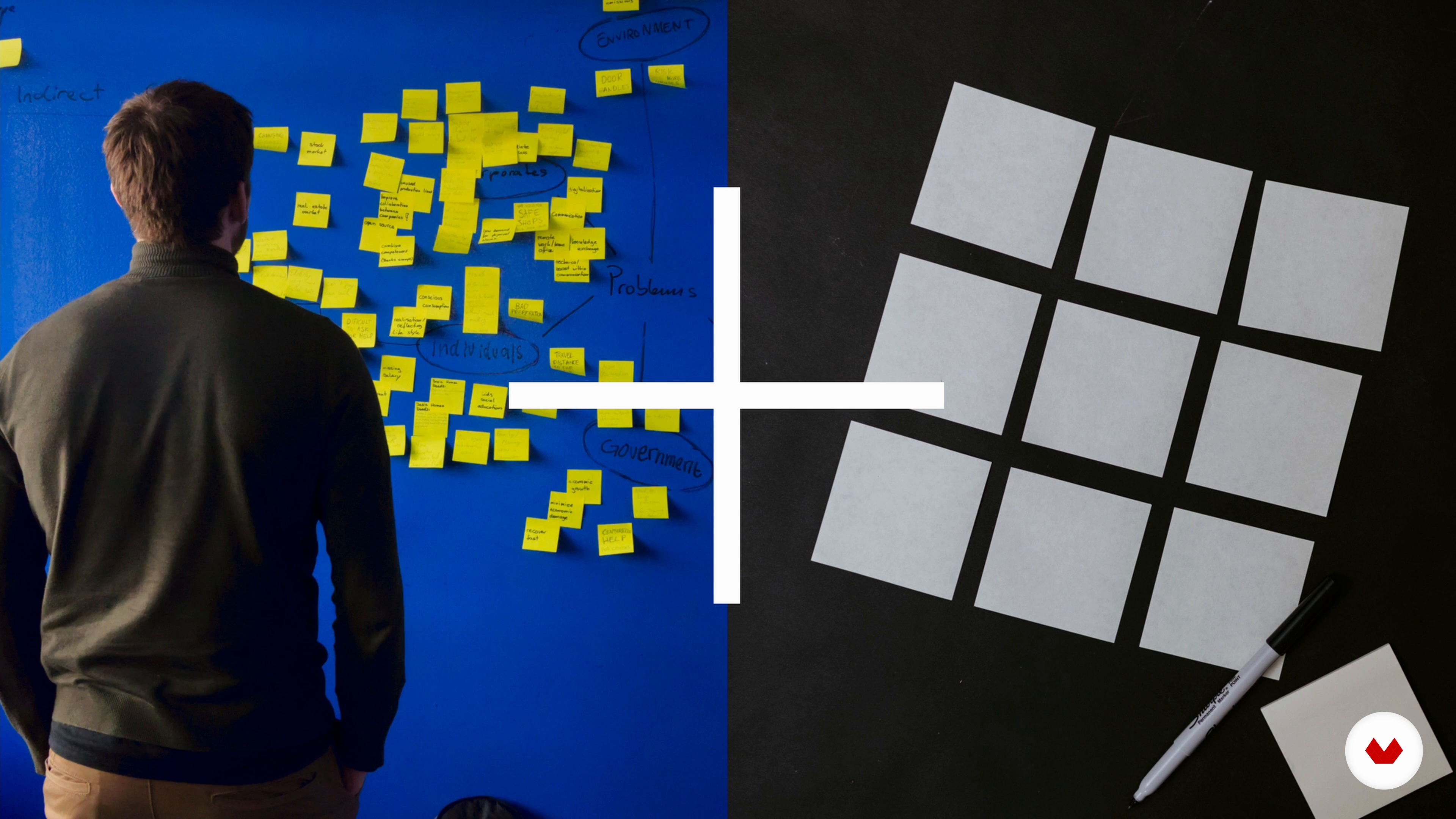
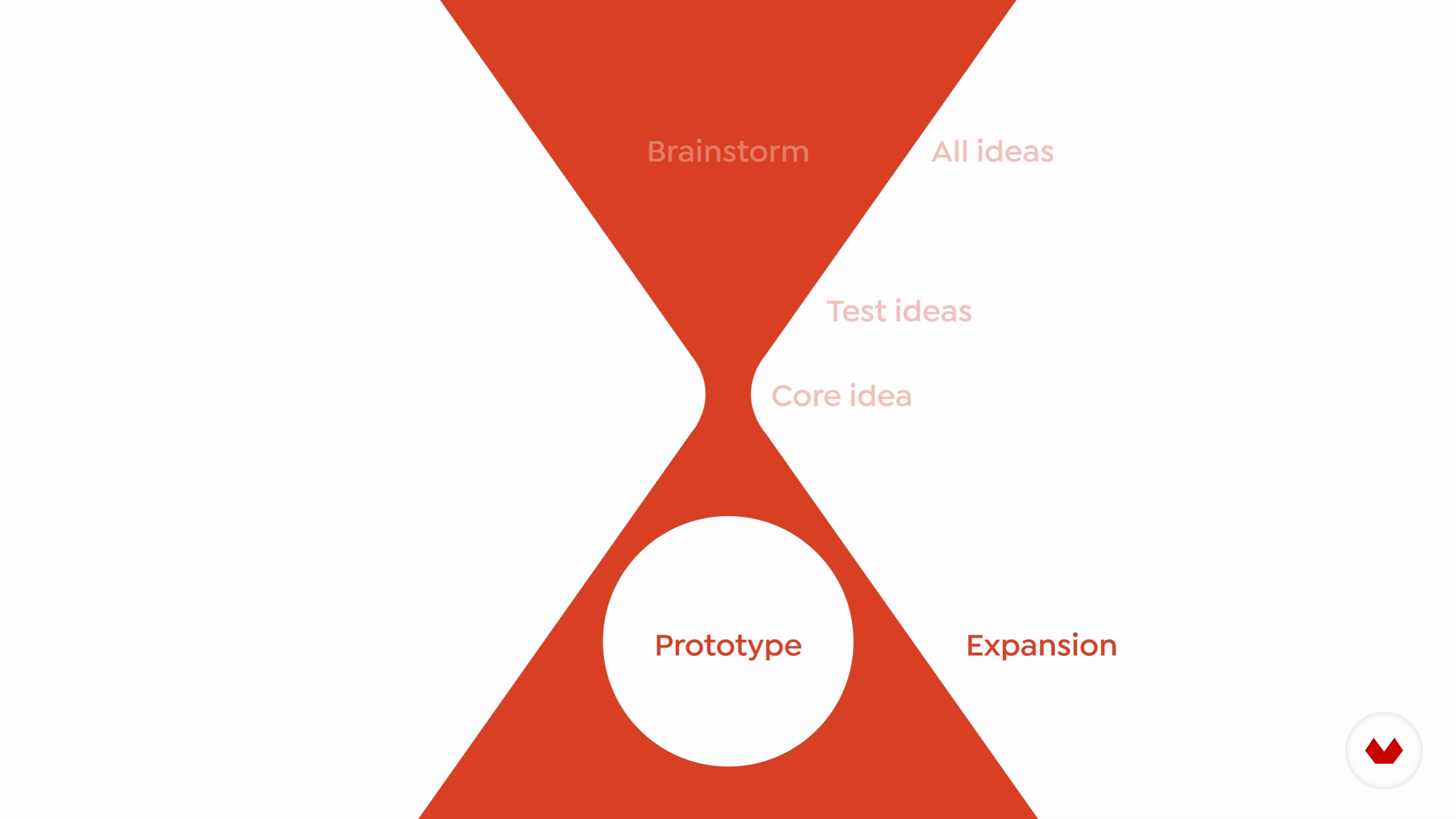

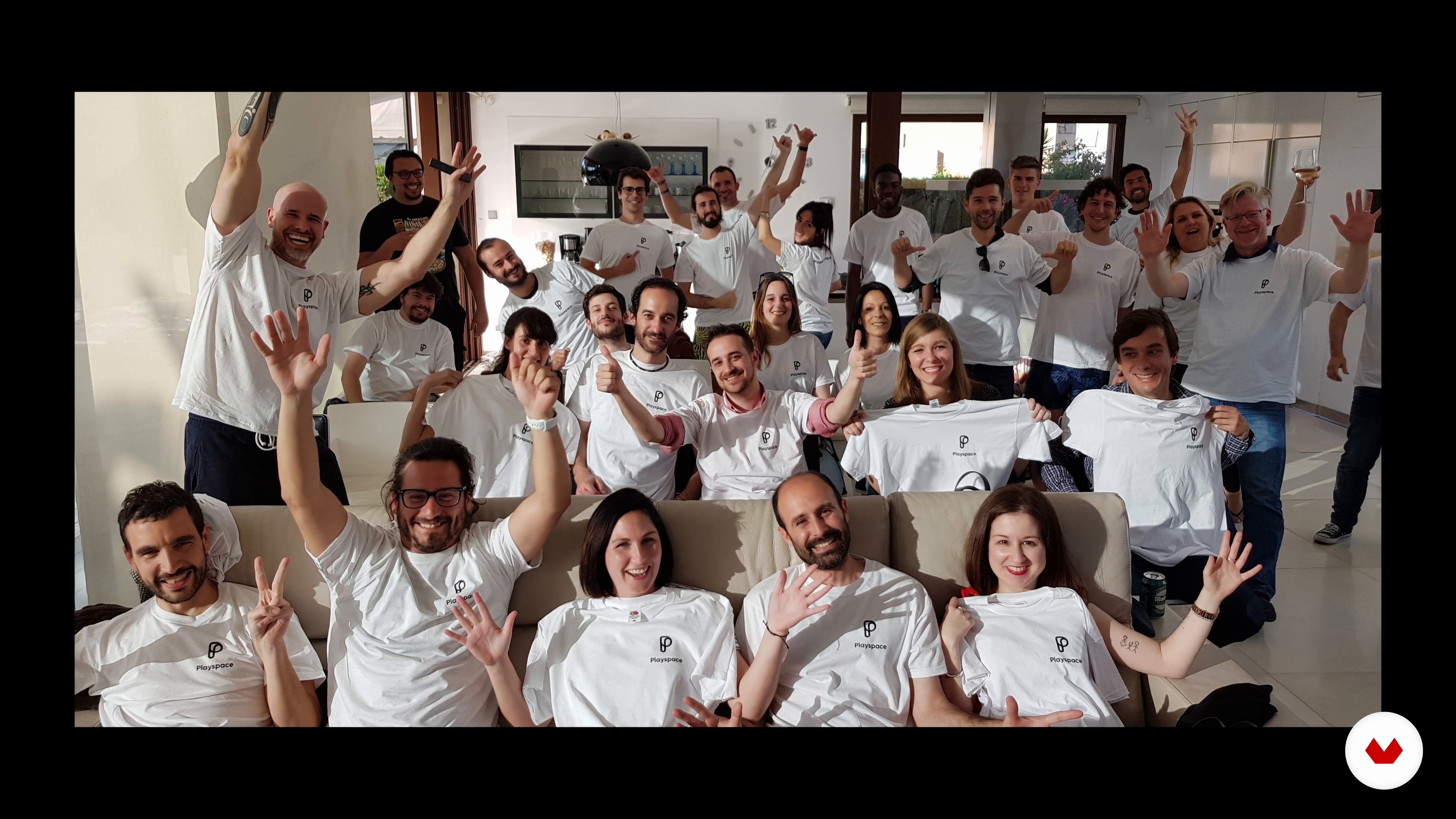
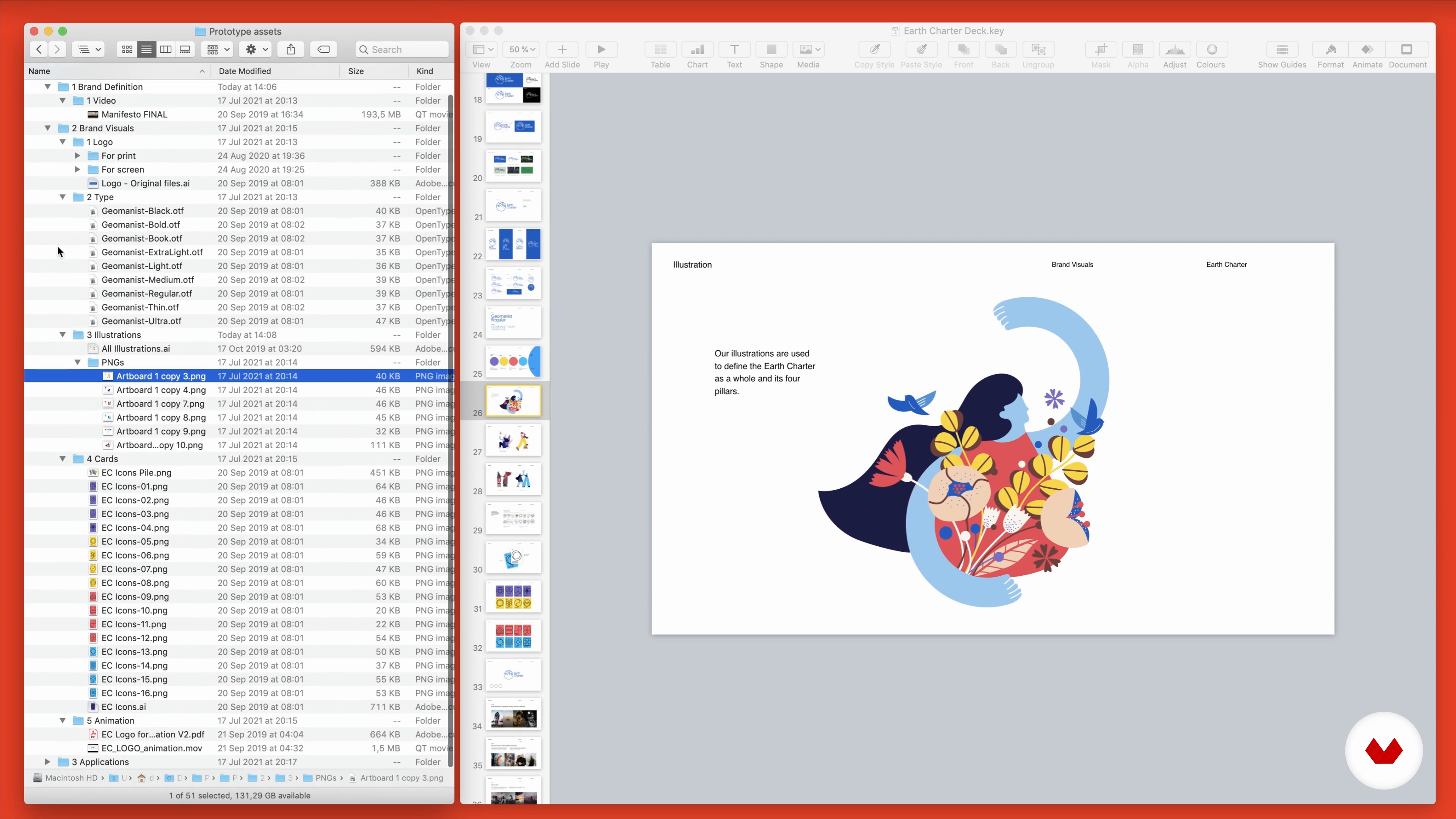
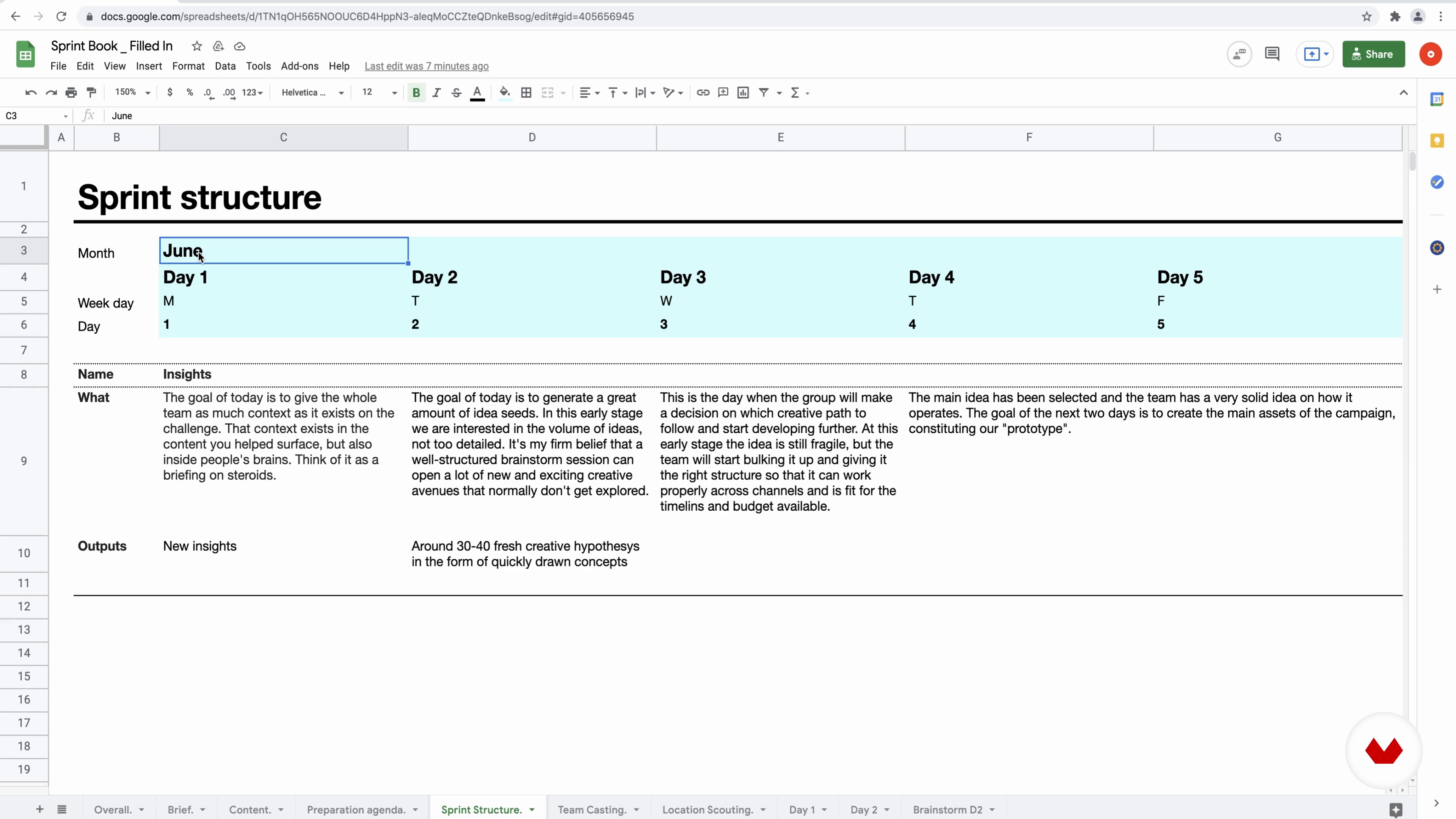
- 100% positive reviews (2)
- 445 students
- 84 lessons (16h 28m)
- 113 additional resources (51 files)
- Online and at your own pace
- Audio: English, Spanish
- Spanish · English · Portuguese · German · French · Italian · Polish · Dutch · Turkish
- Level: Beginner
- Unlimited access forever
What is this course's project?
Students will develop a fully integrated advertising campaign, crafting a creative concept, strategic plan, compelling copy, and a tone of voice guide. They'll finalize a comprehensive execution plan using agile methodologies, culminating in a presentation deck.
Who is this specialization for?
Aspiring creatives, copywriters, and strategists seeking to excel in advertising will benefit from mastering the entire process. Gain expertise in generating ideas, strategic planning, conceptual development, persuasive copywriting, brand voice crafting, and agile campaign execution to lead impactful projects.
Requirements and materials
No extensive prior knowledge is required, just a curious mind and basic understanding of advertising. Access to a computer with internet, note-taking tools, and a willingness to explore creative and strategic ideas will enhance your learning experience.

Reviews
What to expect from this specialization course
-
Learn at your own pace
Enjoy learning from home without a set schedule and with an easy-to-follow method. You set your own pace.
-
Learn from the best professionals
Learn valuable methods and techniques explained by top experts in the creative sector.
-
Meet expert teachers
Each expert teaches what they do best, with clear guidelines, true passion, and professional insight in every lesson.
-
Certificates
PlusIf you're a Plus member, get a custom certificate for every specialization course. Share it on your portfolio, social media, or wherever you like.
-
Get front-row seats
Videos of the highest quality, so you don't miss a single detail. With unlimited access, you can watch them as many times as you need to perfect your technique.
-
Share knowledge and ideas
Ask questions, request feedback, or offer solutions. Share your learning experience with other students in the community who are as passionate about creativity as you are.
-
Connect with a global creative community
The community is home to millions of people from around the world who are curious and passionate about exploring and expressing their creativity.
-
Watch professionally produced courses
Domestika curates its teacher roster and produces every course in-house to ensure a high-quality online learning experience.
FAQs
What are Domestika's online courses?
Domestika courses are online classes that allow you to learn new skills and create incredible projects. All our courses include the opportunity to share your work with other students and/or teachers, creating an active learning community. We offer different formats:
Original Courses: Complete classes that combine videos, texts, and educational materials to complete a specific project from start to finish.
Basics Courses: Specialized training where you master specific software tools step by step.
Specialization Courses: Learning paths with various expert teachers on the same topic, perfect for becoming a specialist by learning from different approaches.
Guided Courses: Practical experiences ideal for directly acquiring specific skills.
Intensive Courses (Deep Dives): New creative processes based on artificial intelligence tools in an accessible format for in-depth and dynamic understanding.
When do the specialization courses start and when do they finish?
All specialization courses are 100% online, so once they're published, specialization courses start and finish whenever you want. You set the pace of the class. You can go back to review what interests you most and skip what you already know, ask questions, answer questions, share your projects, and more.
What do Domestika's specialization courses include?
The specialization courses are divided into different modules. Each one includes lessons, informational text, tasks, and practice exercises to help you carry out your project step by step, with additional complementary resources and downloads. You'll also have access to an exclusive forum where you can interact with other students, as well as share your work and your final project, creating a community around the specialization courses.
Have you been given a specialization courses?
You can redeem the specialization courses you received by accessing the redeeming page and entering your gift code.






Este curso es diferente de los que siempre he tomado, que normalmente tienen que ver con la parte técnica, pero la verdad me está gustando bastante.
Loving the course. Very interesting and well put together.